Musicians are dependent on their hearing. Yet, they often produce loud music or perform in environments filled with high-decibel sounds – so hearing loss is an issue for them, according to Sabine Feisst, the Evelyn Smith Professor of musicology in the School of Music and senior sustainability scholar at the Julie Ann Wrigley Global Institute of Sustainability. Feisst has spent years exploring sound, and is now leading hearing loss rehabilitation and awareness and prevention through acoustic ecology and virtual reality.
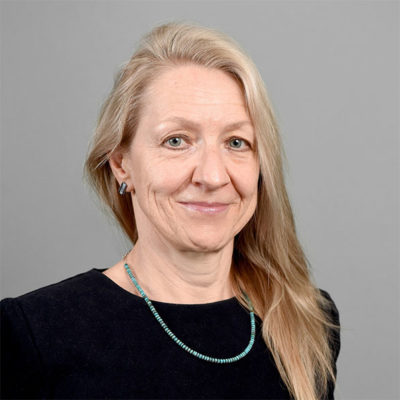 “Hearing loss is a very serious issue – it is a widespread and growing problem around the globe and affects people of all ages,” she said. “When we pay attention to our sonic environments, we notice that many of them are loud: busy restaurants, streets, sport arenas, etc. Even parks are affected by the sound of ground and air traffic. These loud environments as well as listening to loud music via headphones or earbuds have contributed to the rise of hearing loss – music students are not immune to it.”
“Hearing loss is a very serious issue – it is a widespread and growing problem around the globe and affects people of all ages,” she said. “When we pay attention to our sonic environments, we notice that many of them are loud: busy restaurants, streets, sport arenas, etc. Even parks are affected by the sound of ground and air traffic. These loud environments as well as listening to loud music via headphones or earbuds have contributed to the rise of hearing loss – music students are not immune to it.”
The project blends medical research, sound studies, creativity and technological innovation and will focus on the emotional and psychological impact of hearing loss in adult patients. Feisst will be working with audiology professor Aparna Rao, in the College of Health Solutions, and Garth Paine, associate professor in the School of Music and in the School of Arts, Media and Engineering. The researchers will use listening practices from the fields of music, sound studies and acoustic ecology such as multi-sensory environmental listening, creative exercises and virtual reality technology to rehabilitate individuals with hearing loss.
“The VR simulations of hearing loss can teach us how hearing loss manifests itself on various levels – an insightful tool for people who have no idea what it means to navigate the world and who may have family members and friends struggling with this condition,” Feisst said.
Feisst said they hope people who suffer hearing loss will be able to develop listening techniques that lead to rehabilitation, but they also hope the project goes beyond that.
“We are hoping that our students and on- and off-campus communities become astute listeners who connect with their sonic environments and pay attention to the rich sonic fabrics that surround them, so that they may become stewards of their environments and their sound quality and learn how to protect themselves from hearing loss.”
The hearing loss project is one of three research projects funded through a new grant program that brings health and design and the arts together to solve various health challenges. College of Health Solutions Dean Deborah Helitzer and Herberger Institute Dean Steven J. Tepper each pledged $10,000 to establish this competitive research grant program and announced the three innovative projects through this new collaboration in May 2019.
 Dean Bacalzo, assistant professor of industrial design in The Design School, joins principal investigator Floris Wardenaar, associate professor of nutrition in Health Solutions, for another project, which will look at the development of a hydration self-assessment system for student athletes. They aim to create a reliable, cost-effective urine color system for athletes to self-assess their hydration levels. Current methods for assessing hydration are cumbersome, inconvenient and non-standardized. Combining user-friendly design principles with field research will advance the use of this method to assess factors that affect athletic performance.
Dean Bacalzo, assistant professor of industrial design in The Design School, joins principal investigator Floris Wardenaar, associate professor of nutrition in Health Solutions, for another project, which will look at the development of a hydration self-assessment system for student athletes. They aim to create a reliable, cost-effective urine color system for athletes to self-assess their hydration levels. Current methods for assessing hydration are cumbersome, inconvenient and non-standardized. Combining user-friendly design principles with field research will advance the use of this method to assess factors that affect athletic performance.
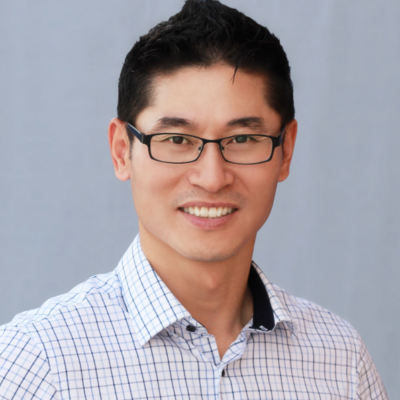 The third project to receive funding explores how to enhance health and well-being on the job. The team is led by Dosun Shin, associate professor of industrial design, and includes Arts, Media and Engineering faculty Assegid Kidane, Pavan Turaga and Todd Ingalls and Health Solutions’ Matthew Buman. Research studies associating sedentary behavior with numerous chronic physical ailments inspired a collaboration to create a new type of desk for employees whose work requires them to sit for prolonged periods. Embedded sensors will assess posture and sit-to-stand efficiency and will issue prompts to increase standing behavior. Users will get feedback about their movements through unobtrusive displays as well as light and sound cues.
The third project to receive funding explores how to enhance health and well-being on the job. The team is led by Dosun Shin, associate professor of industrial design, and includes Arts, Media and Engineering faculty Assegid Kidane, Pavan Turaga and Todd Ingalls and Health Solutions’ Matthew Buman. Research studies associating sedentary behavior with numerous chronic physical ailments inspired a collaboration to create a new type of desk for employees whose work requires them to sit for prolonged periods. Embedded sensors will assess posture and sit-to-stand efficiency and will issue prompts to increase standing behavior. Users will get feedback about their movements through unobtrusive displays as well as light and sound cues.



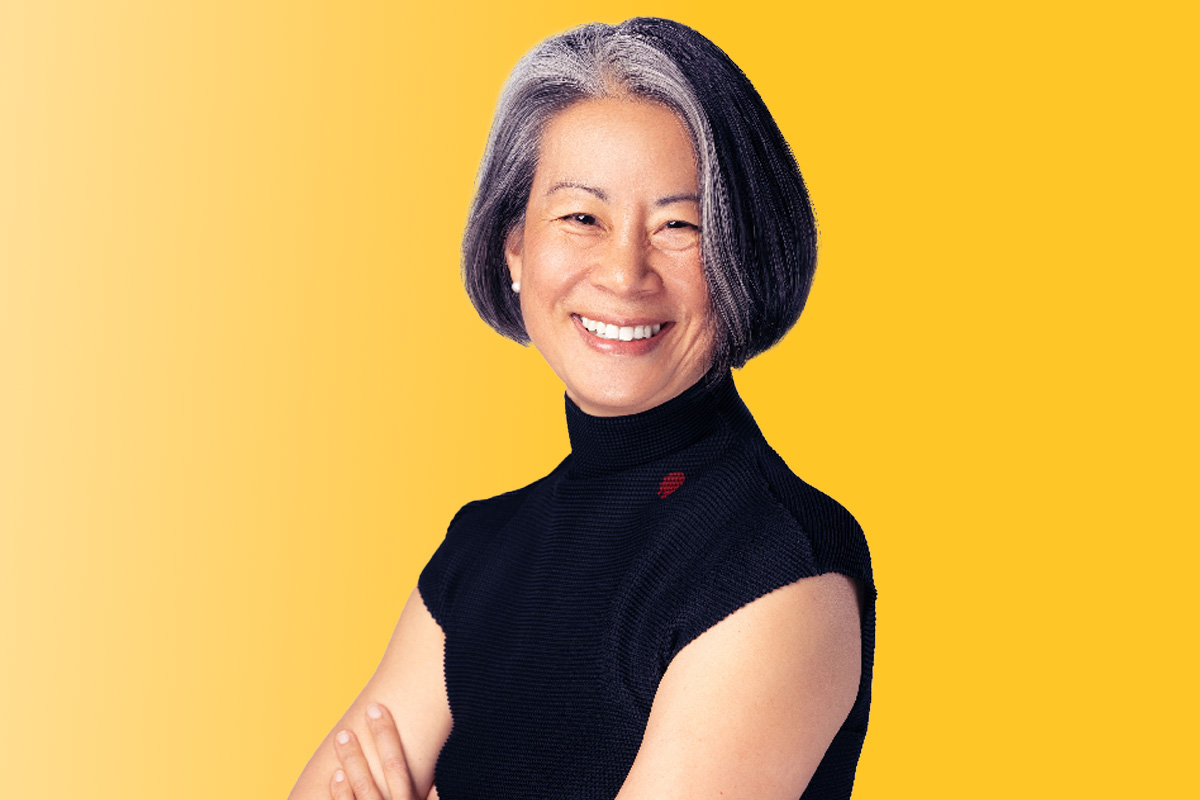
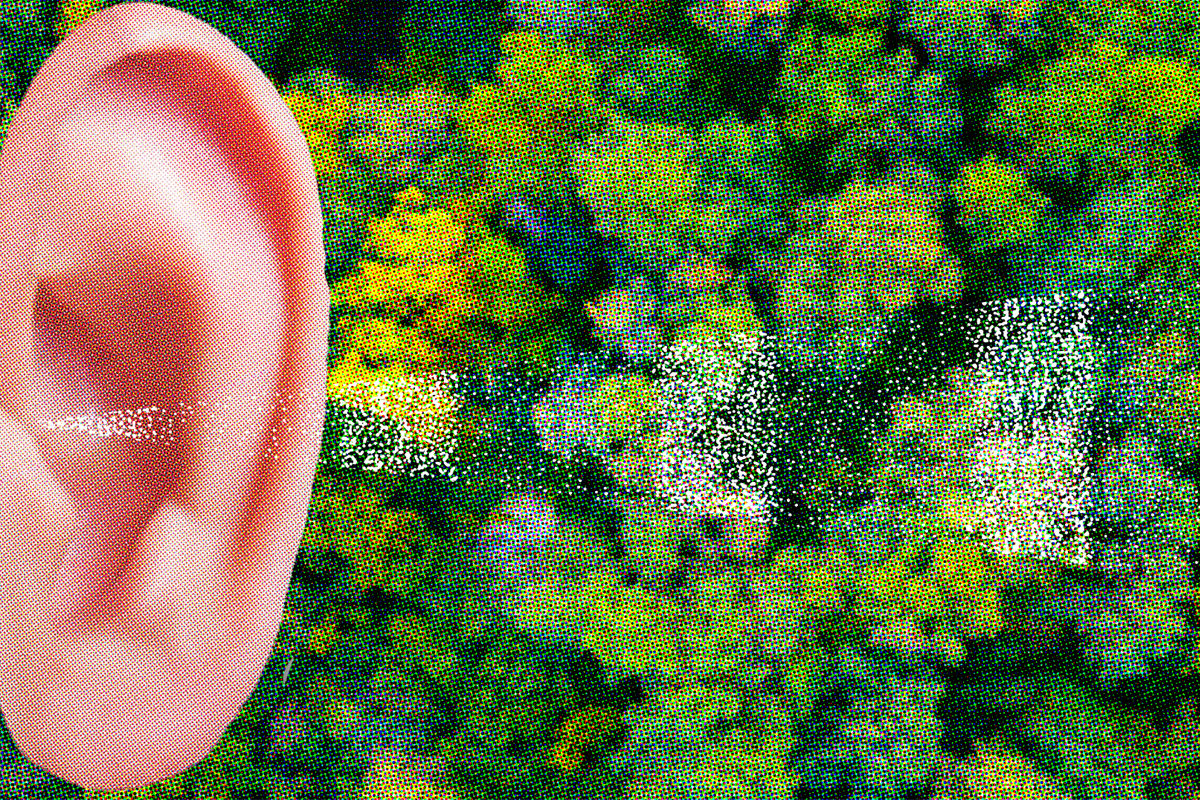

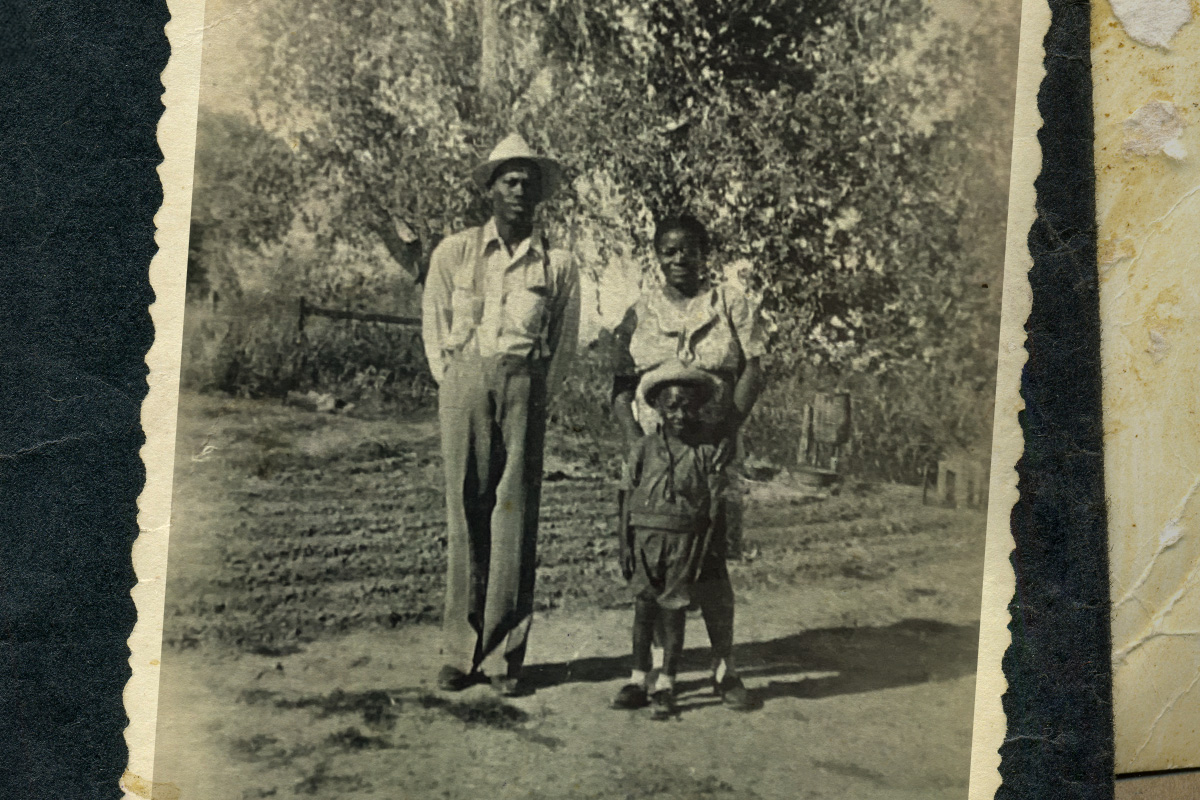
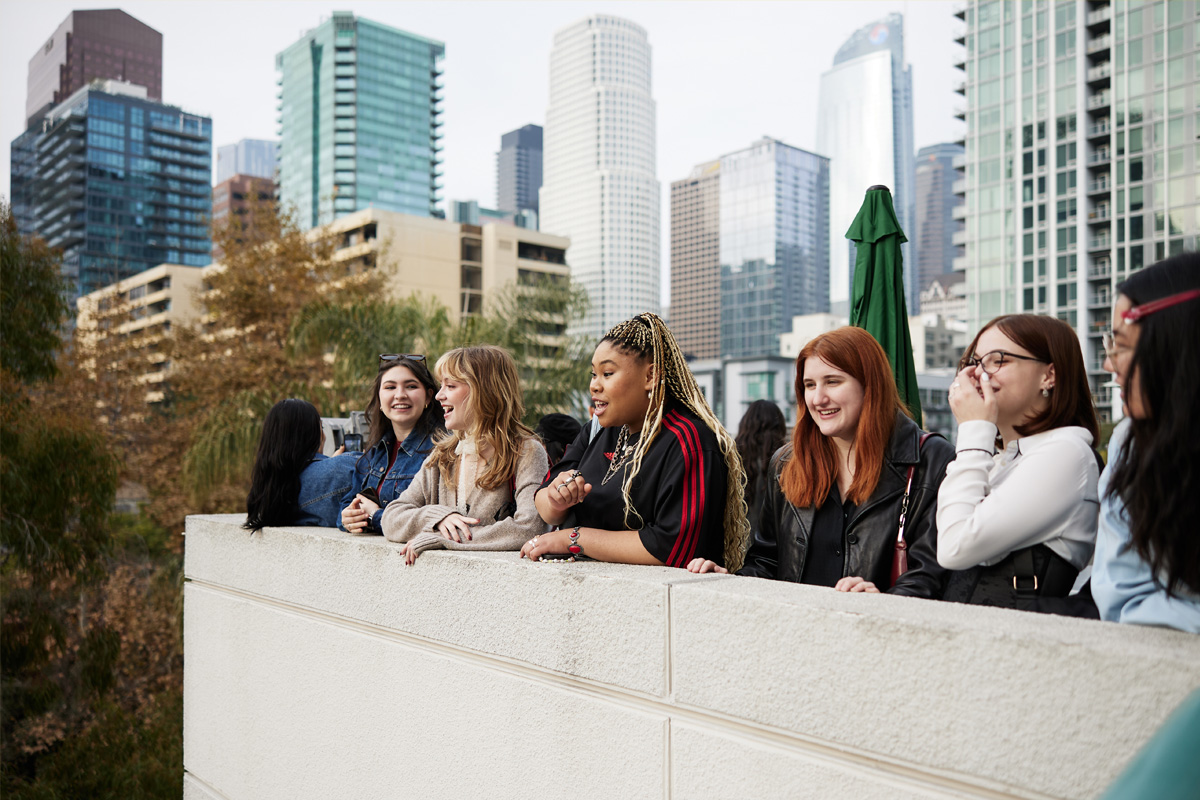




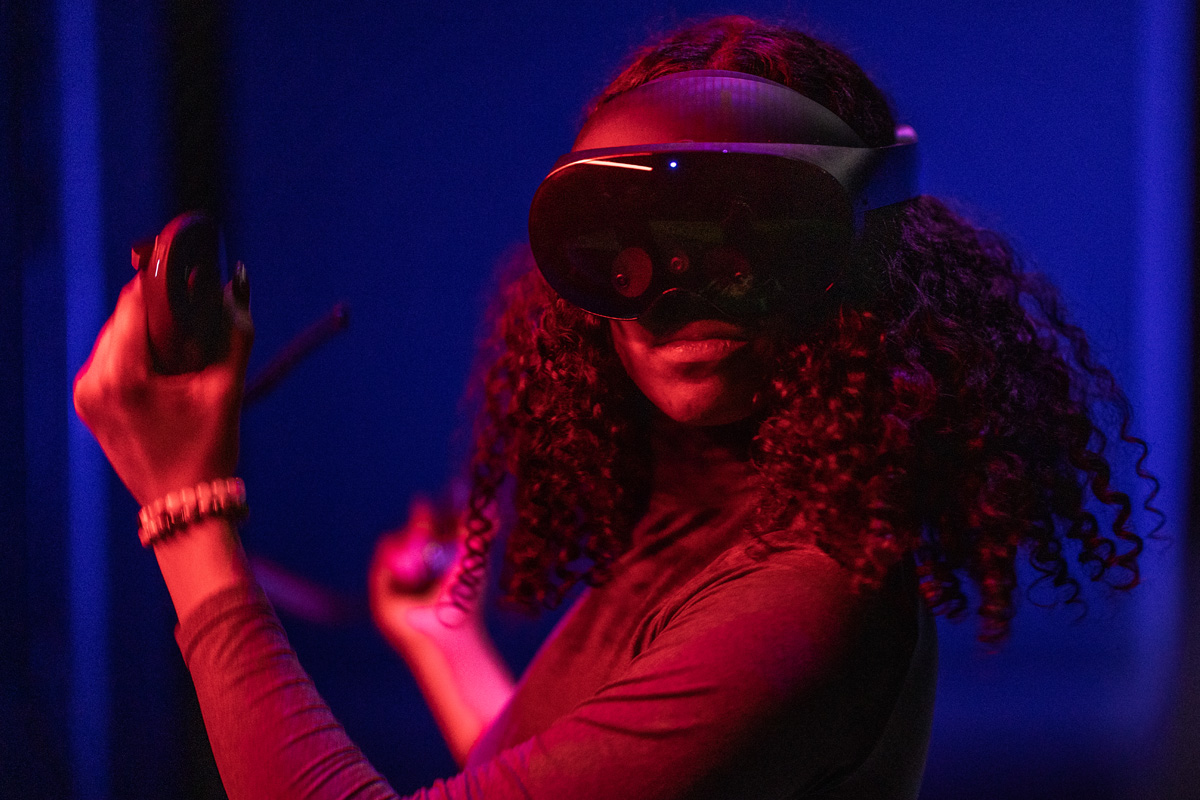
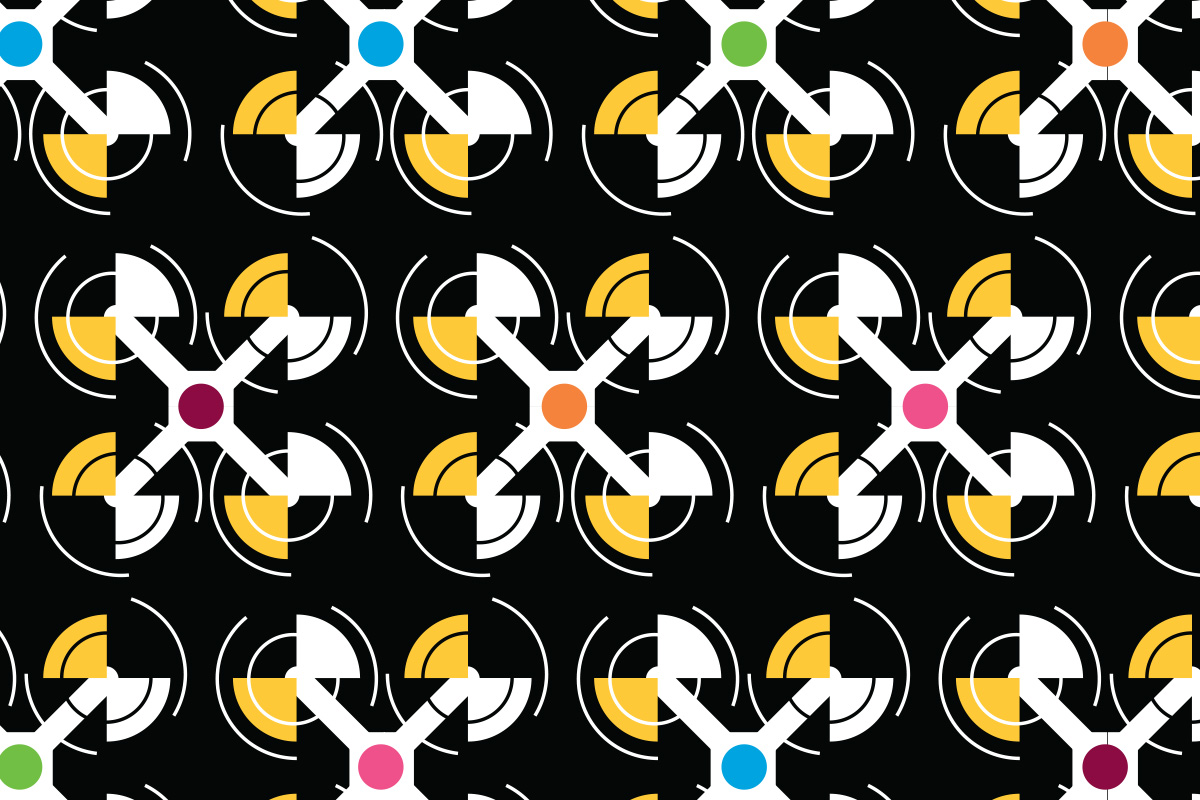



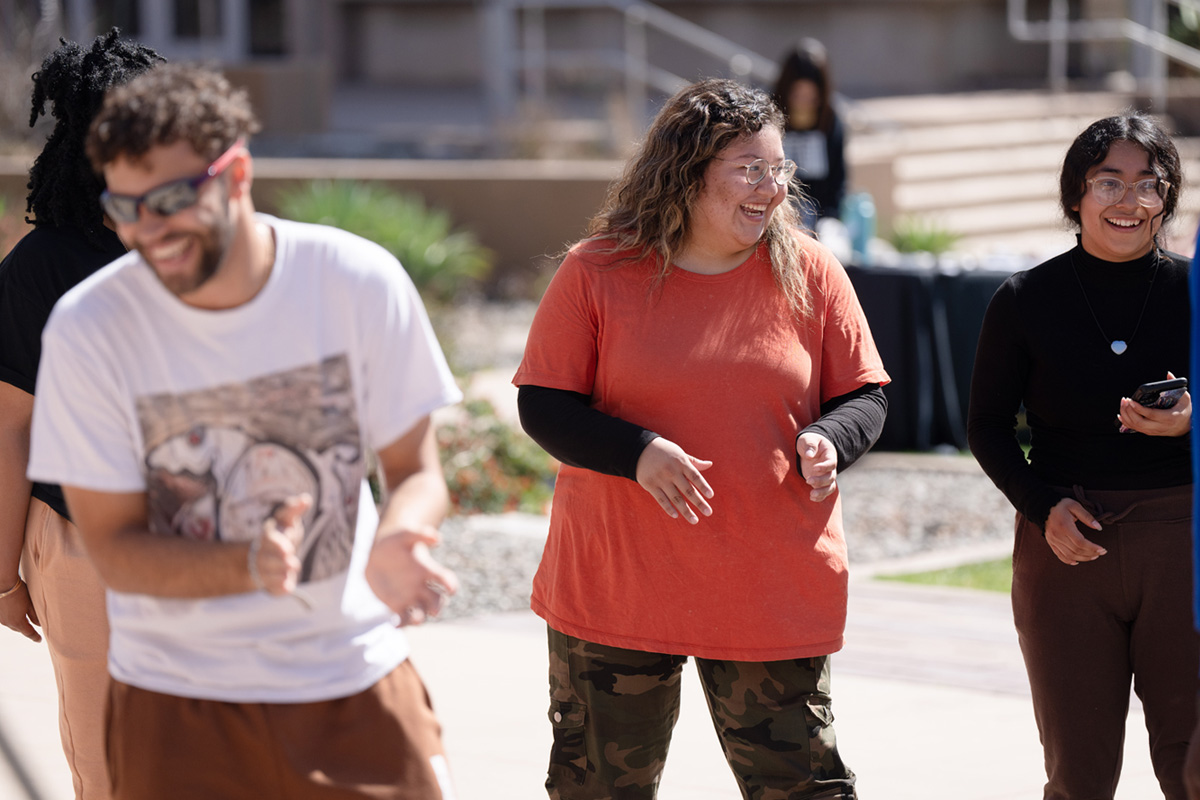
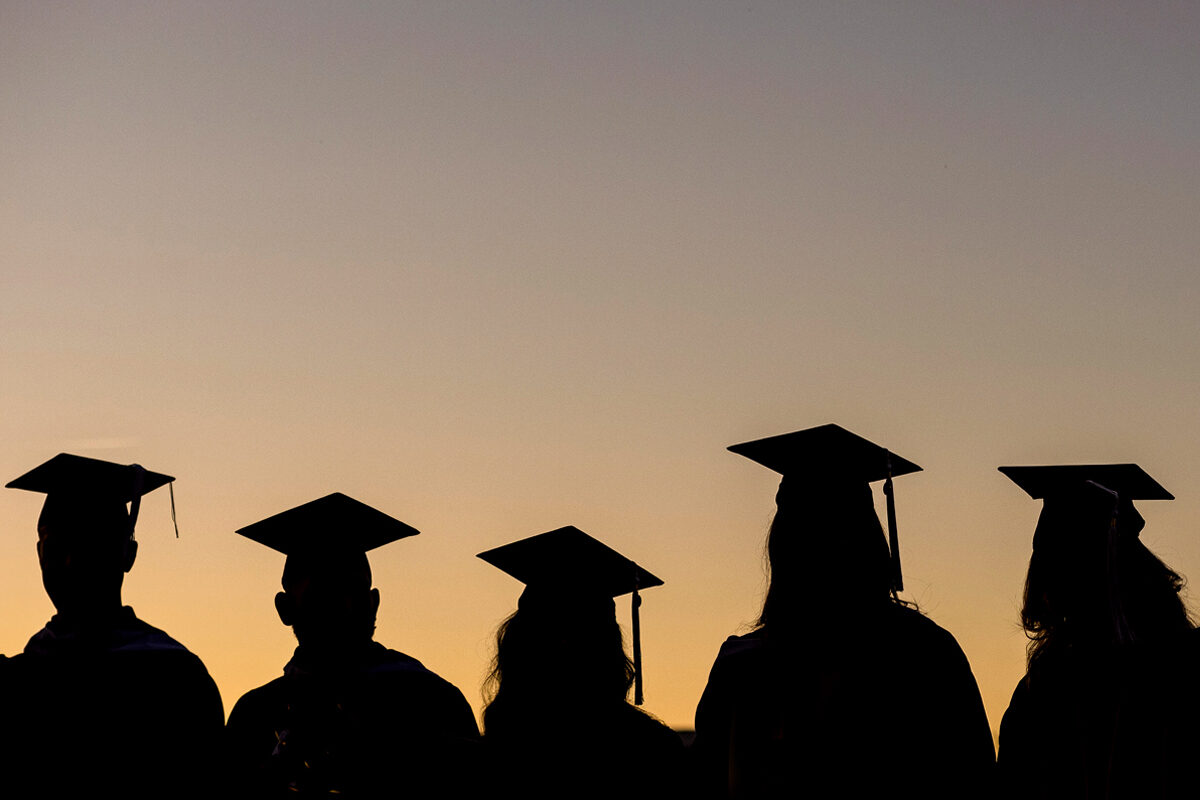
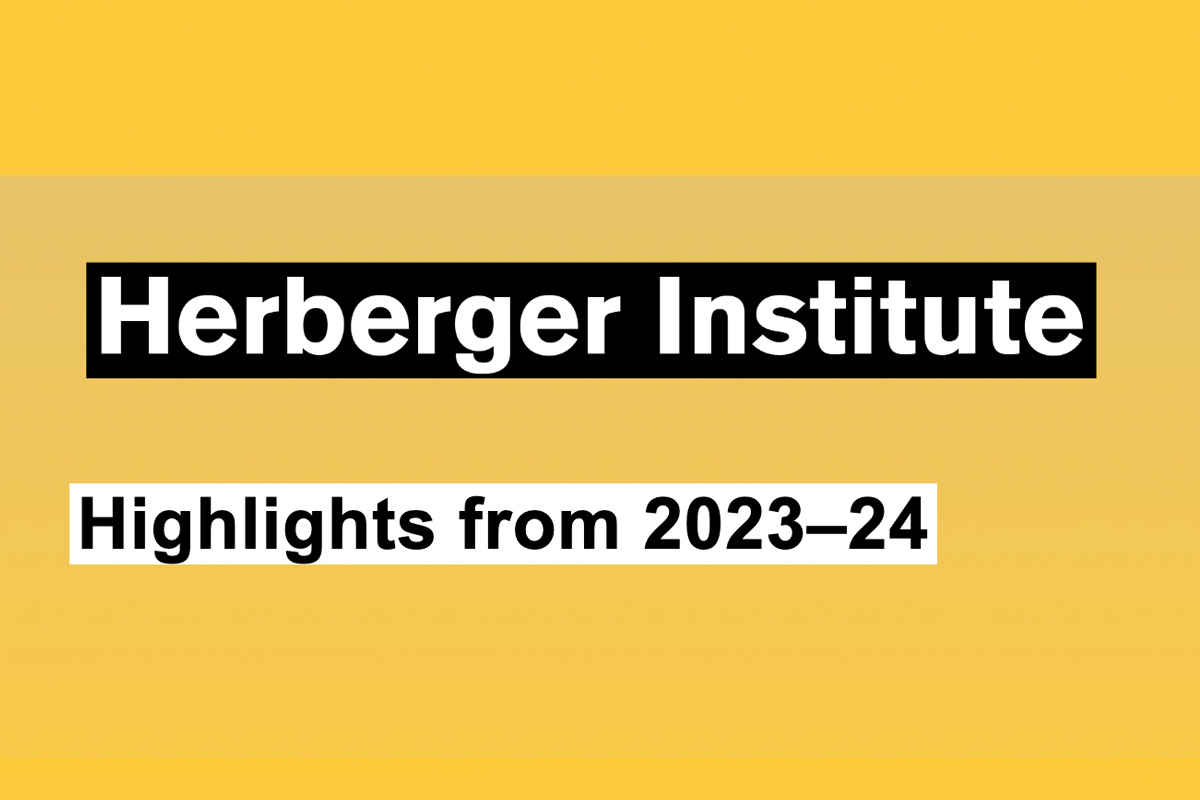
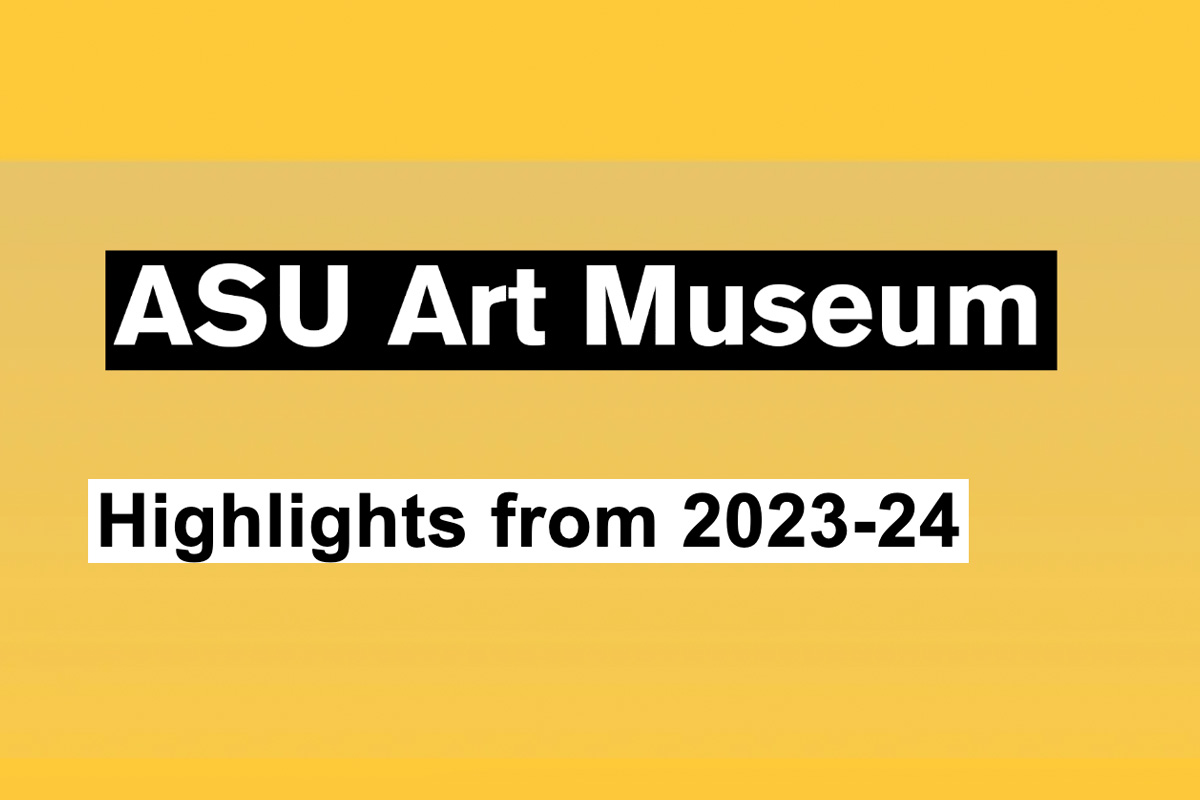
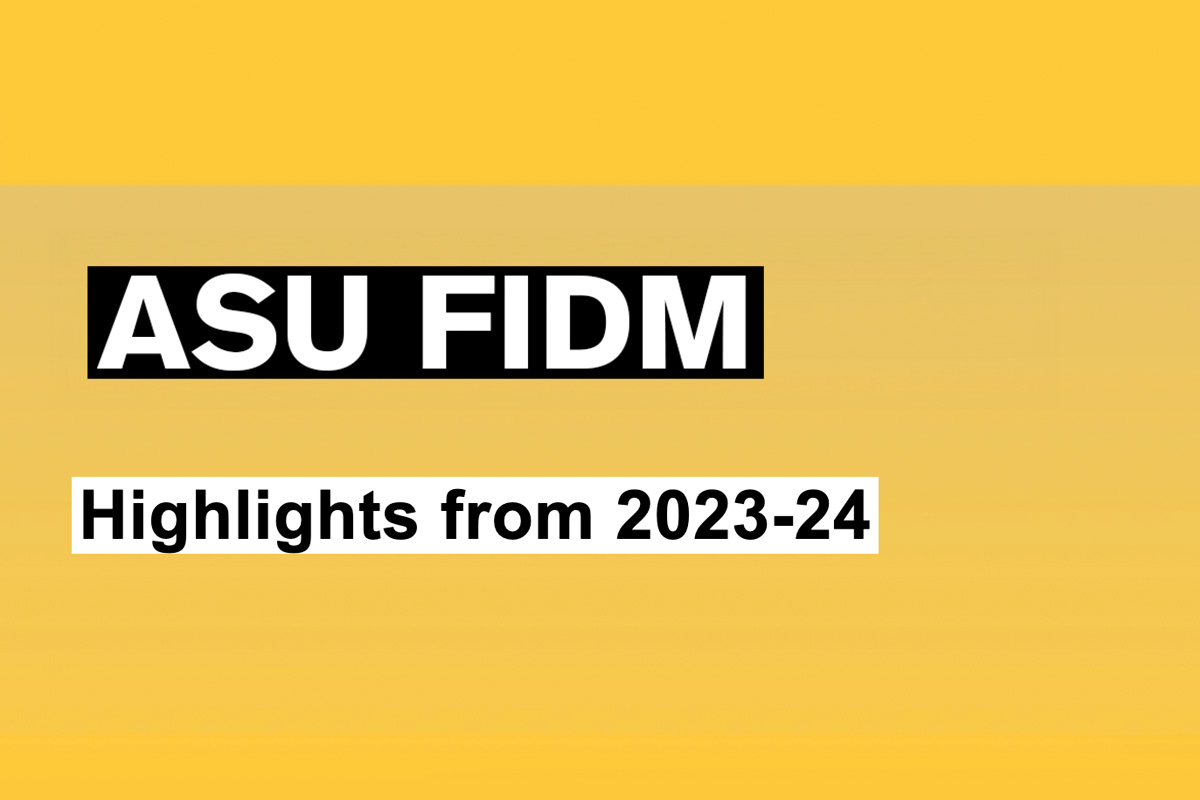
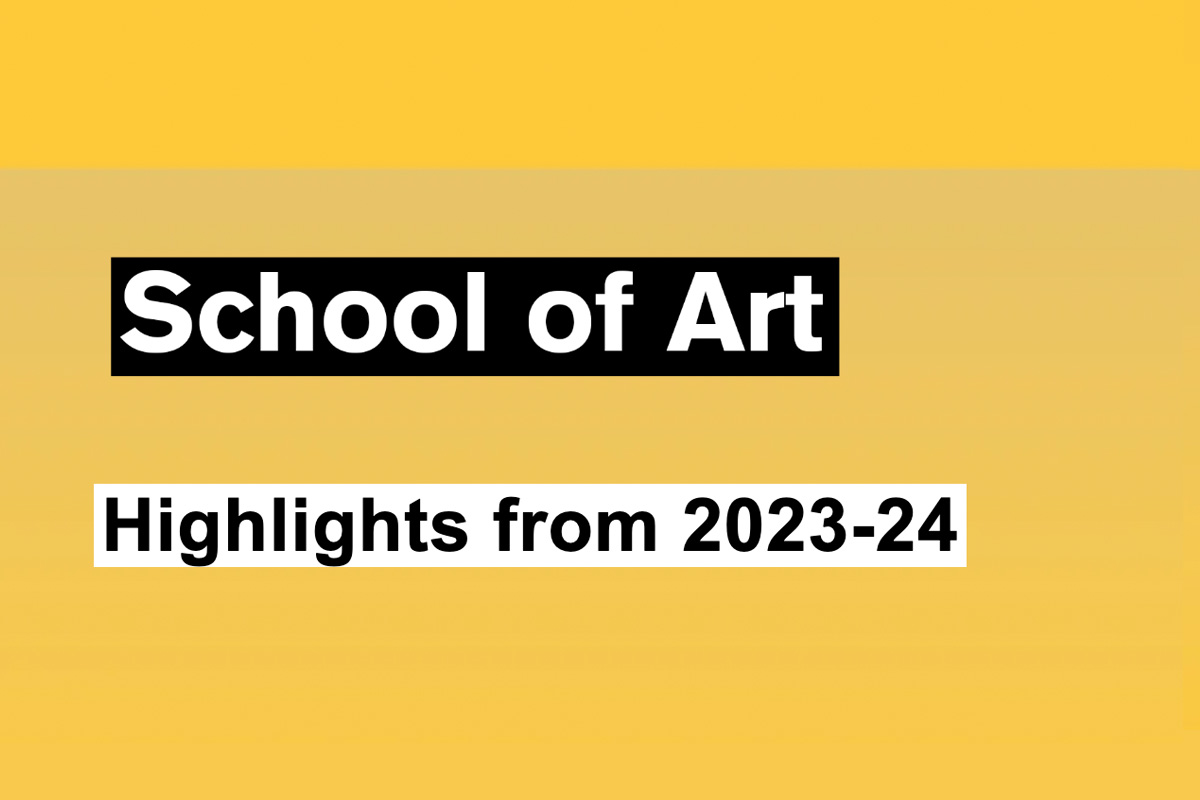
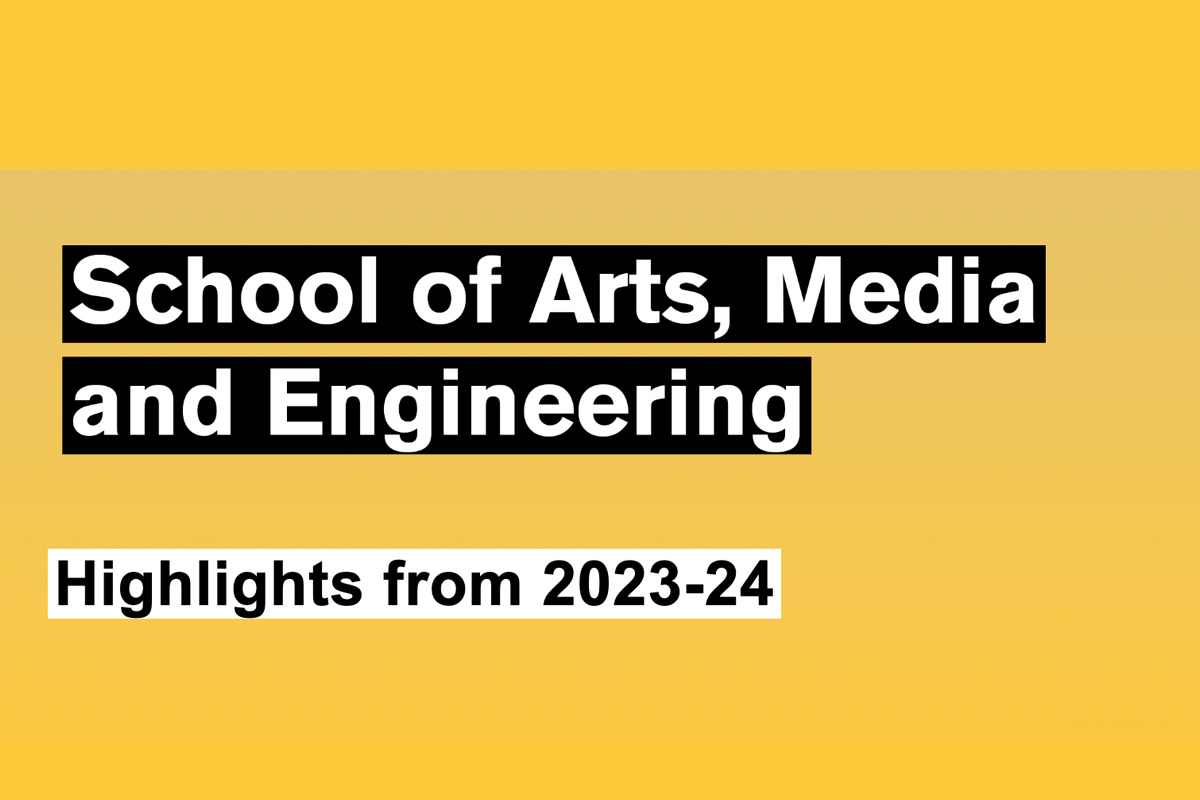
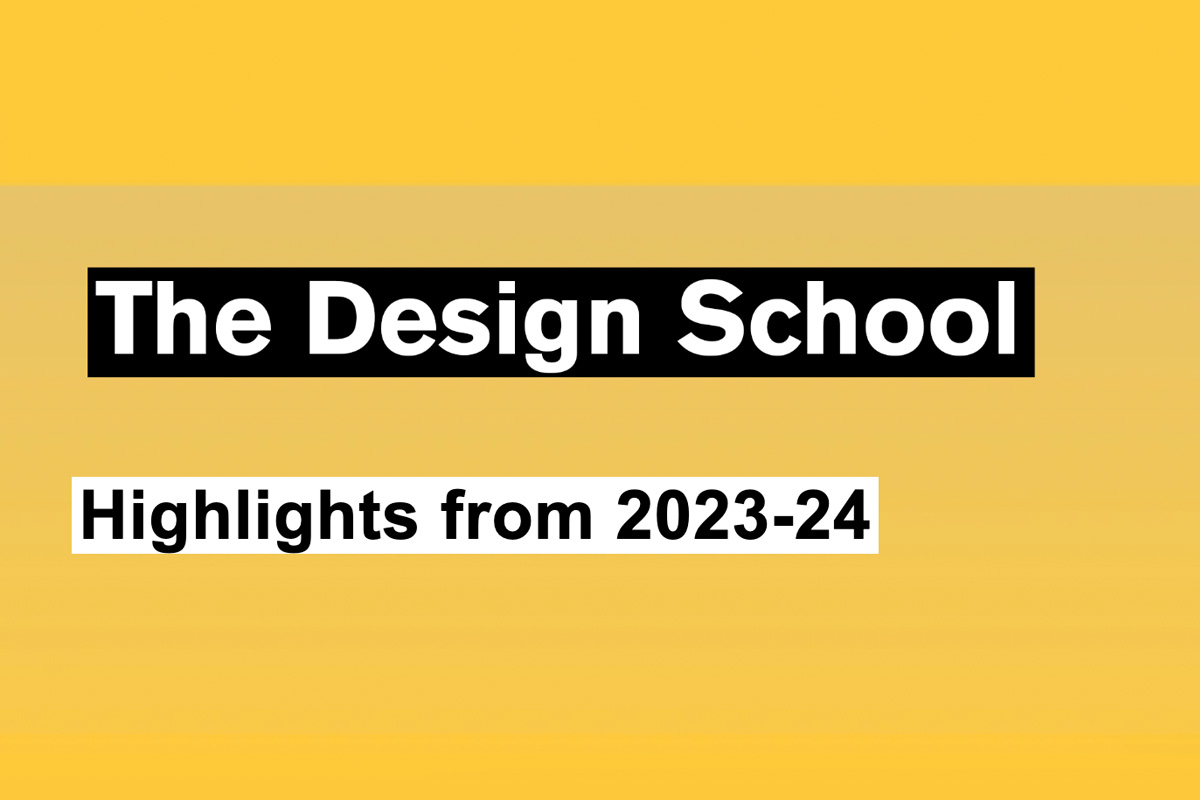
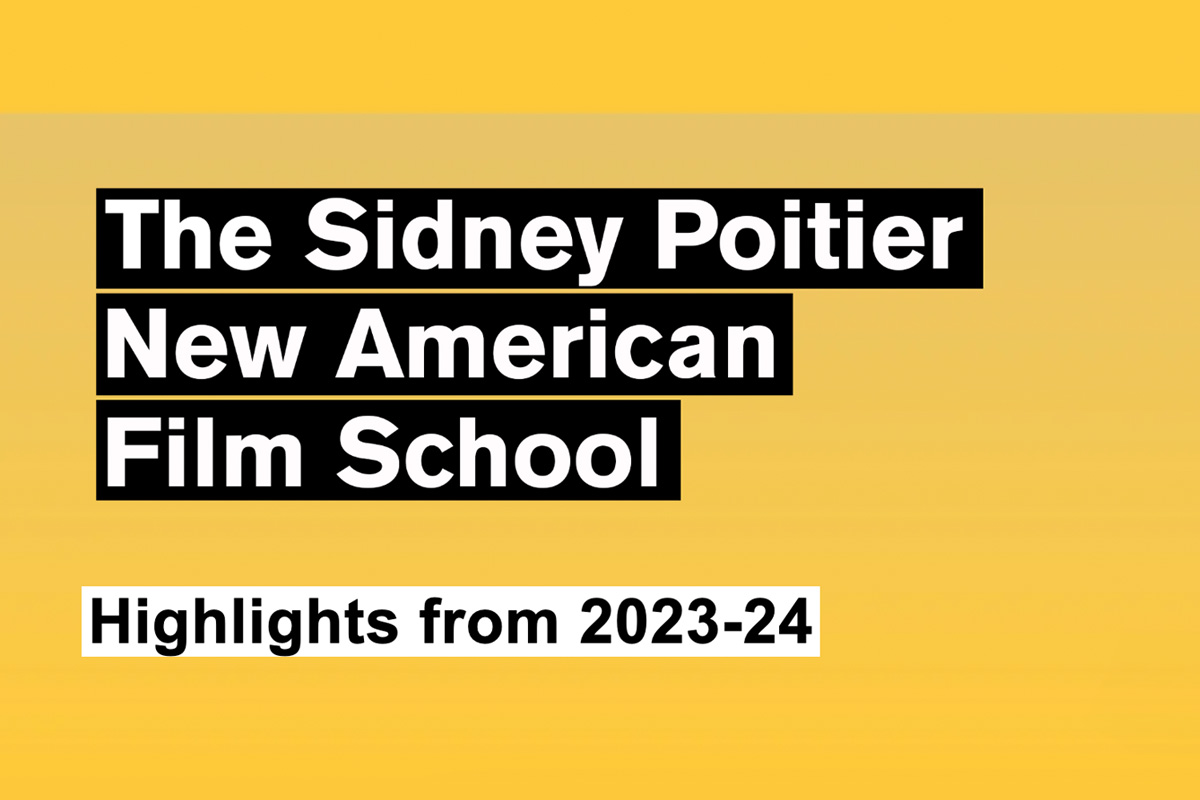
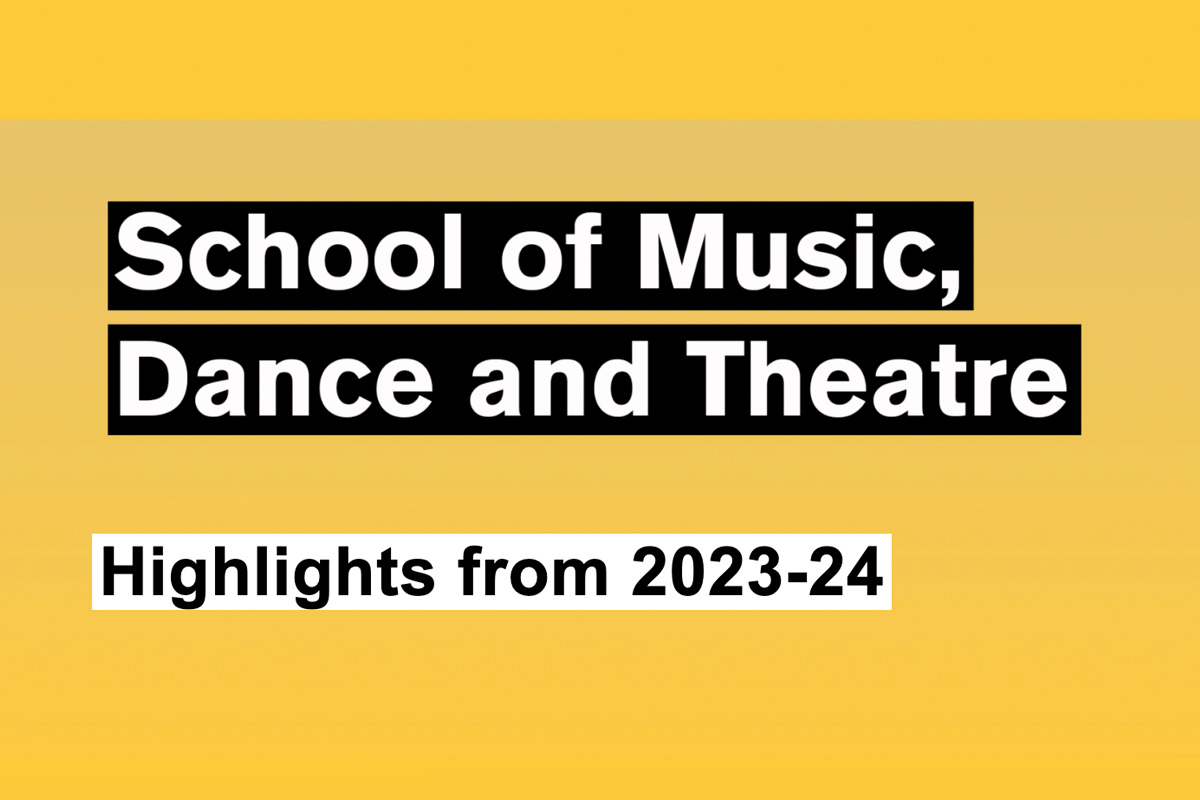
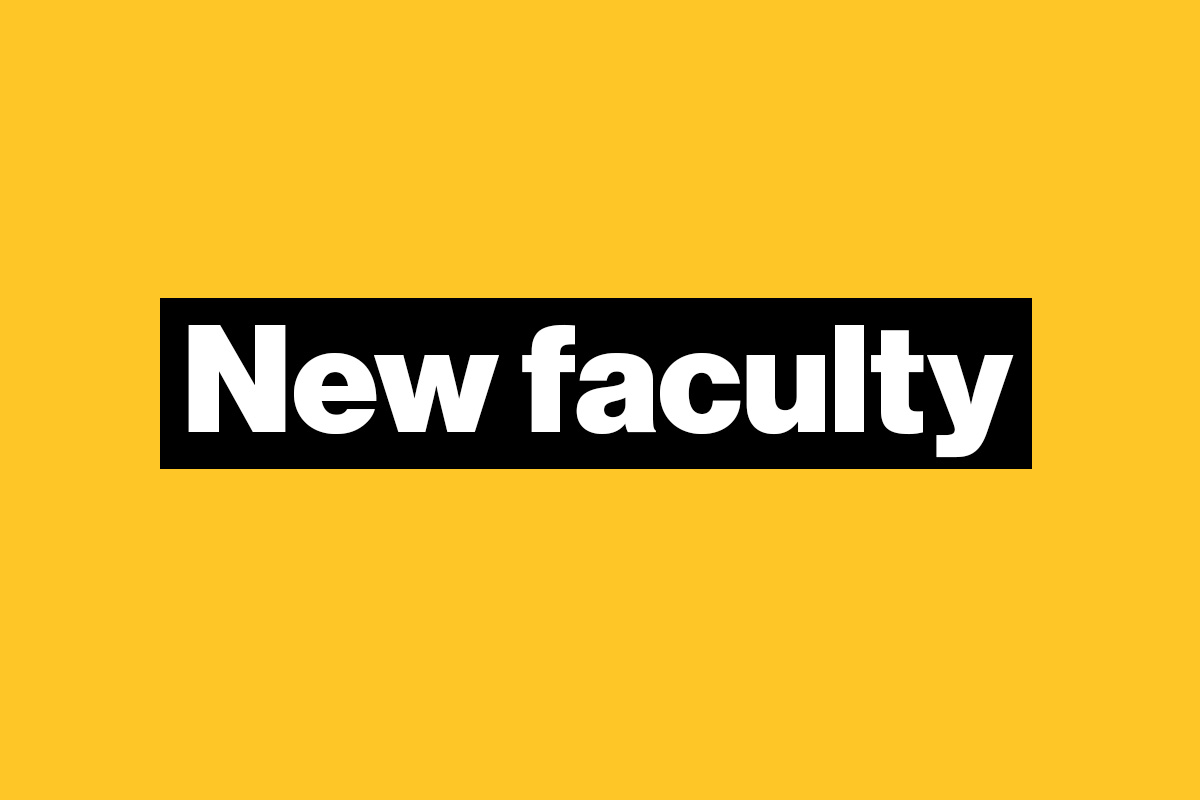
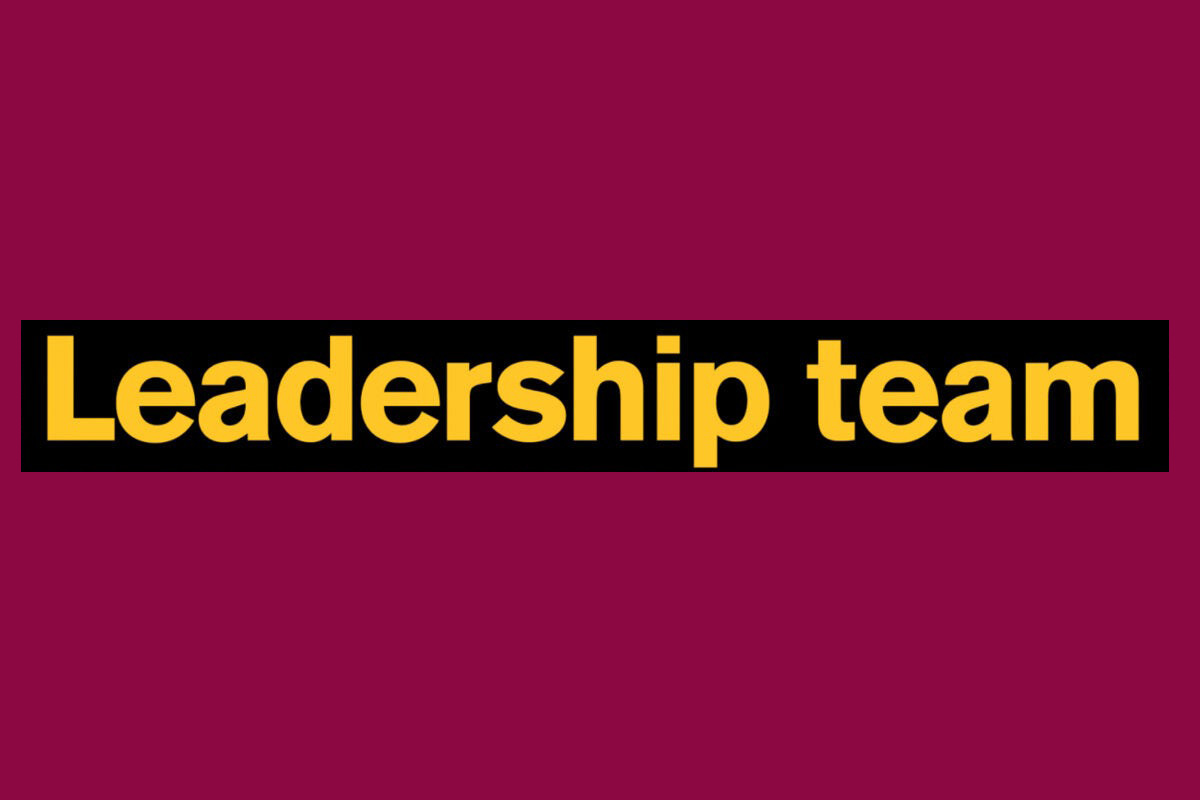


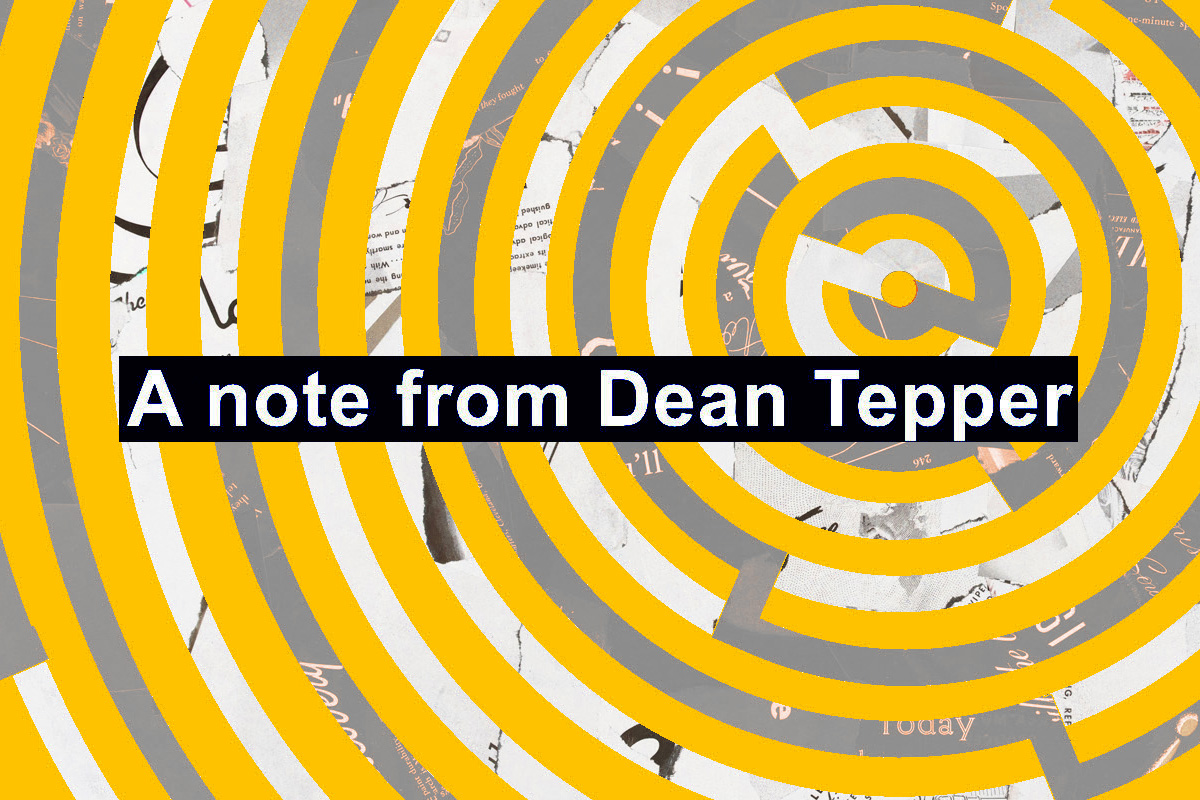
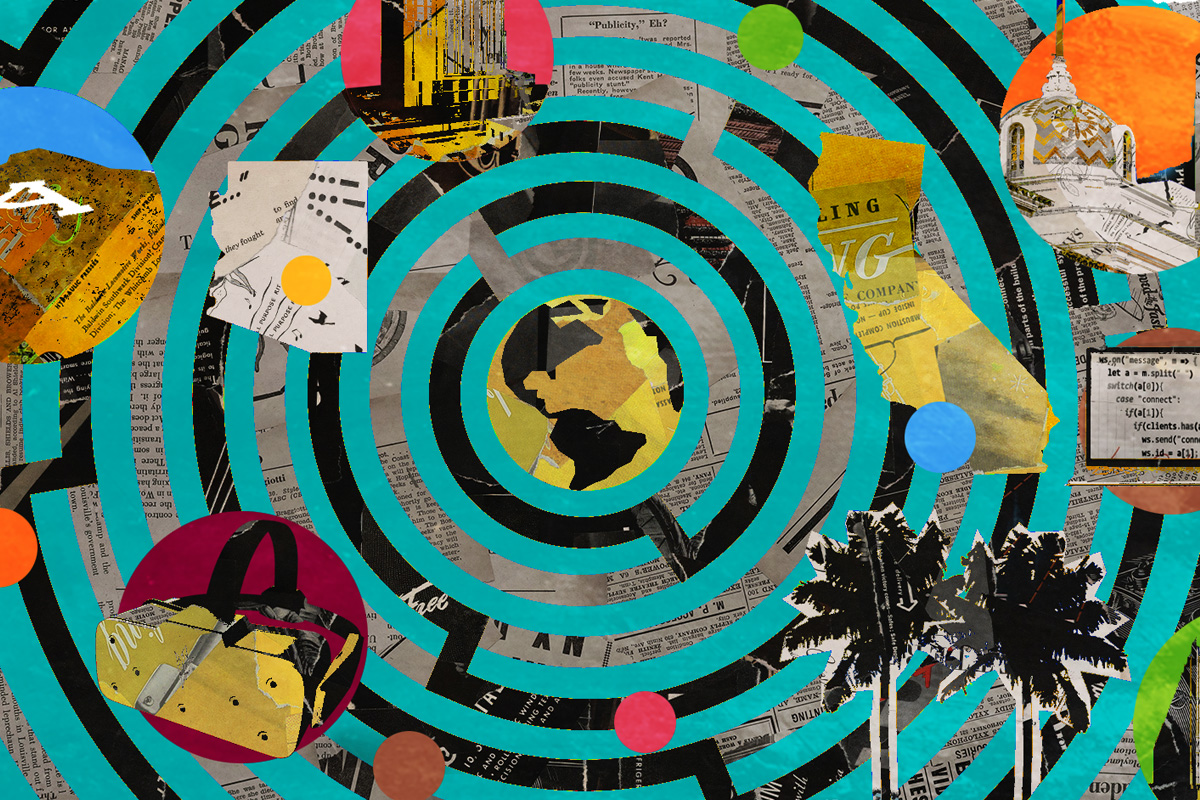
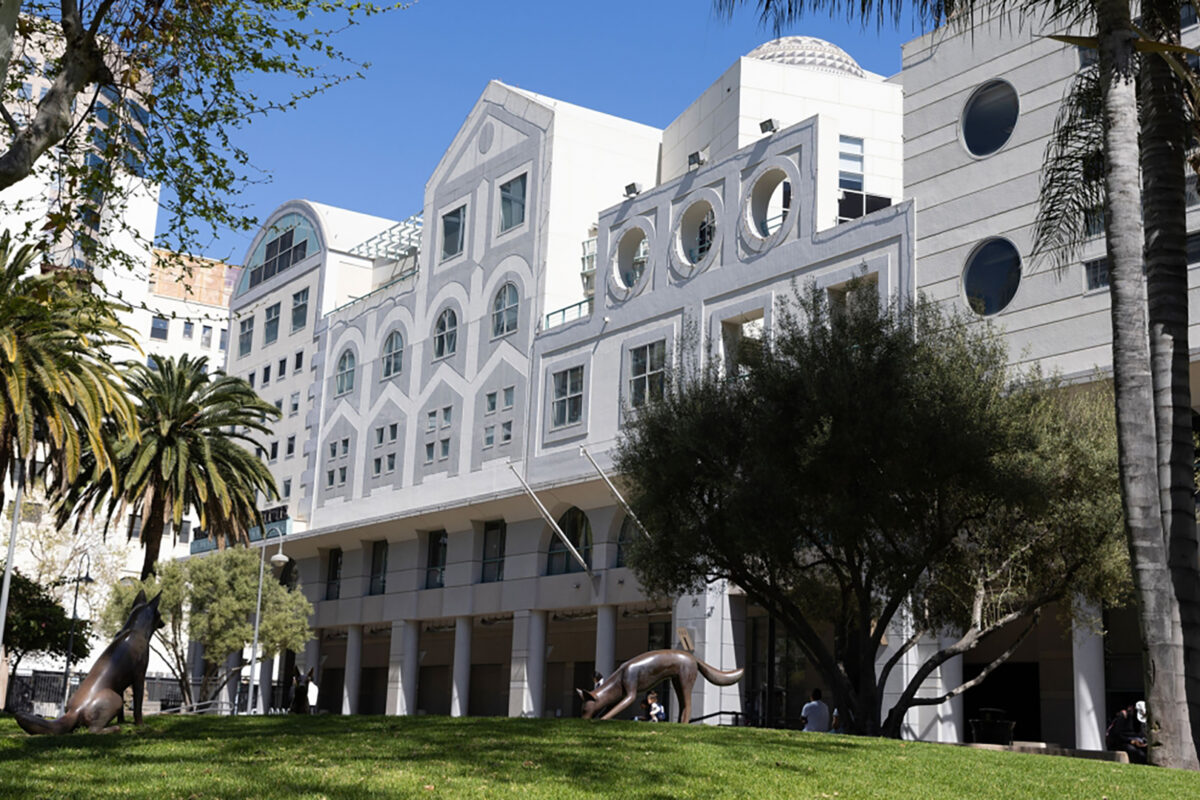
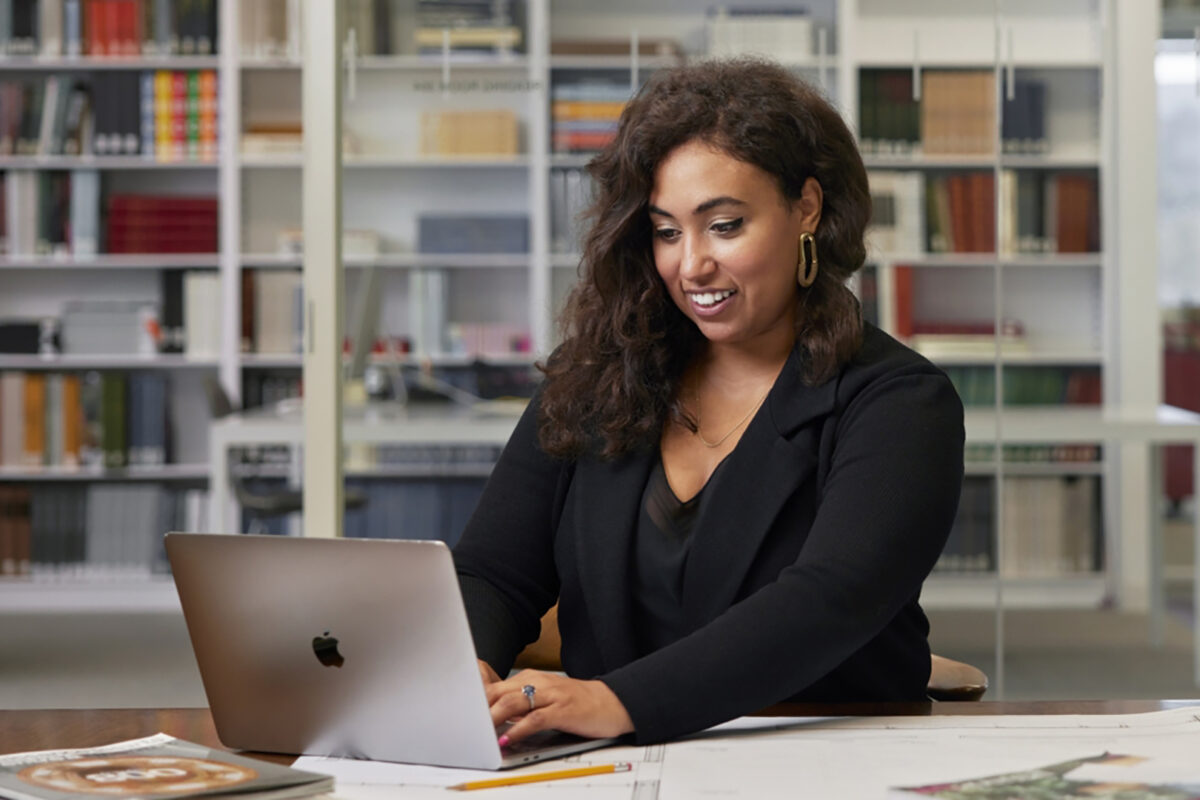
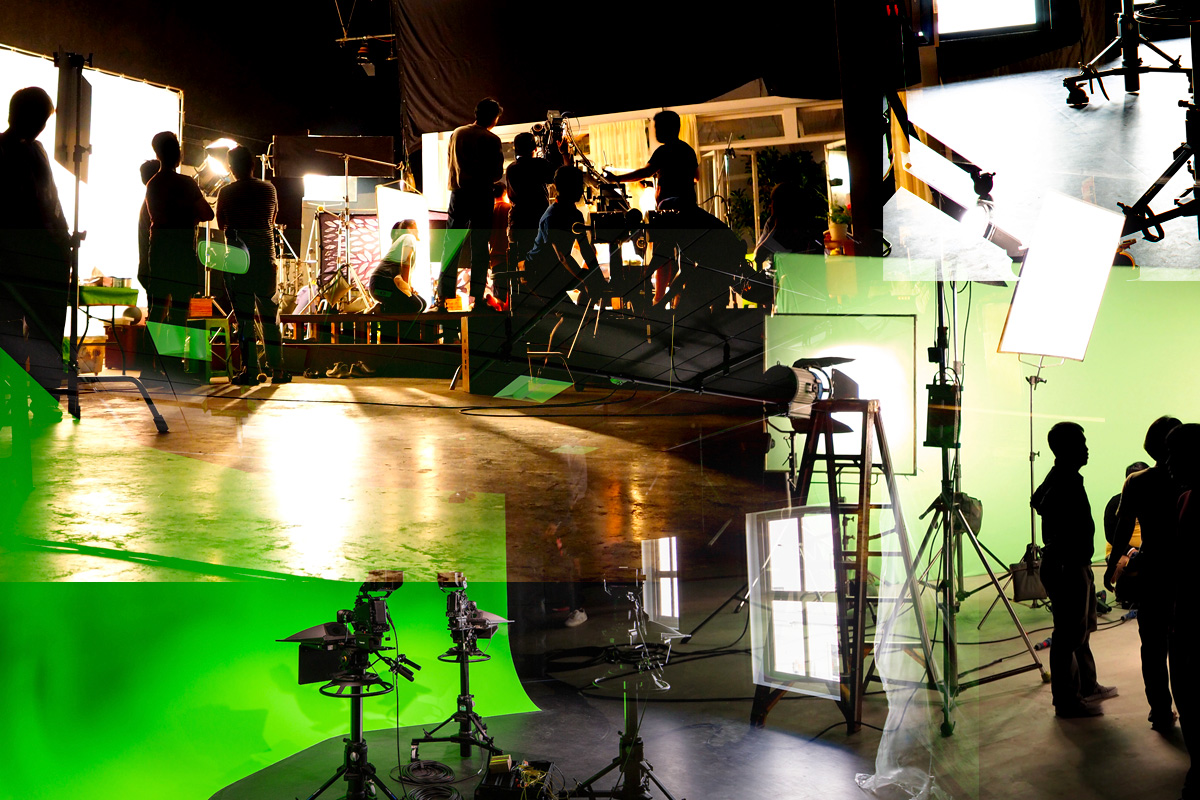


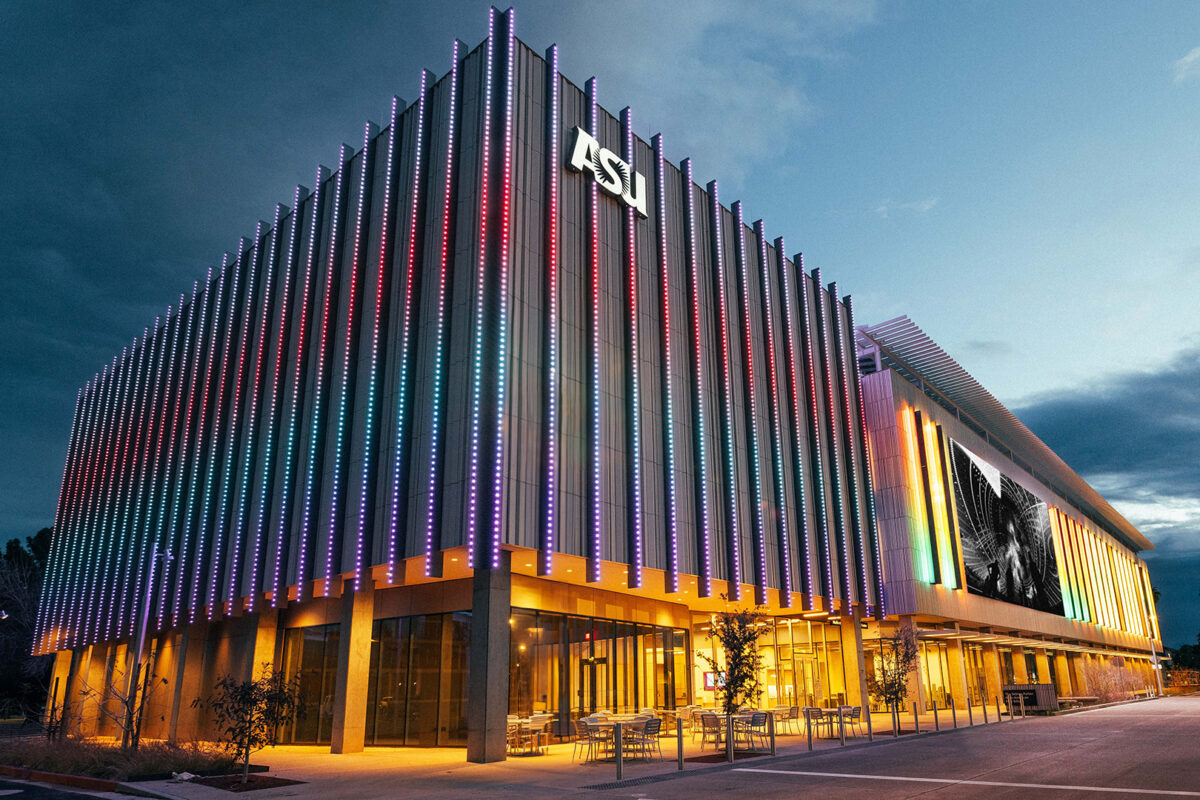
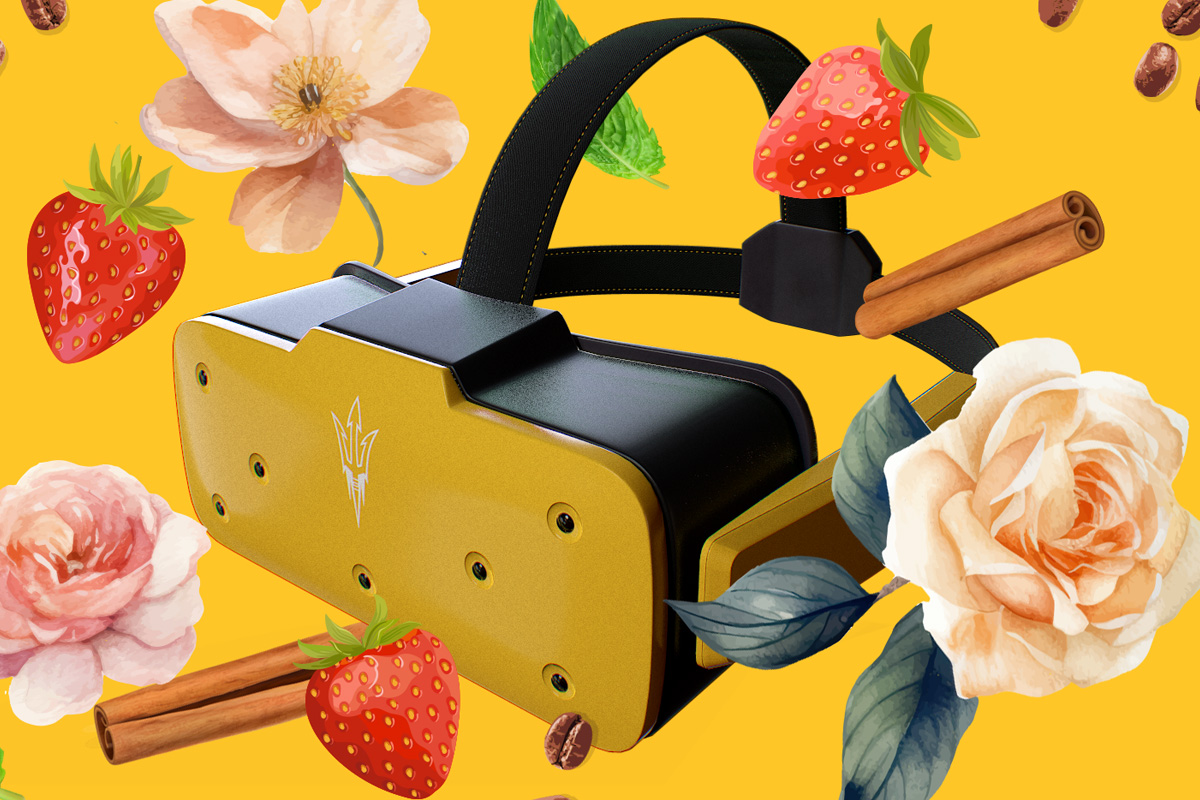

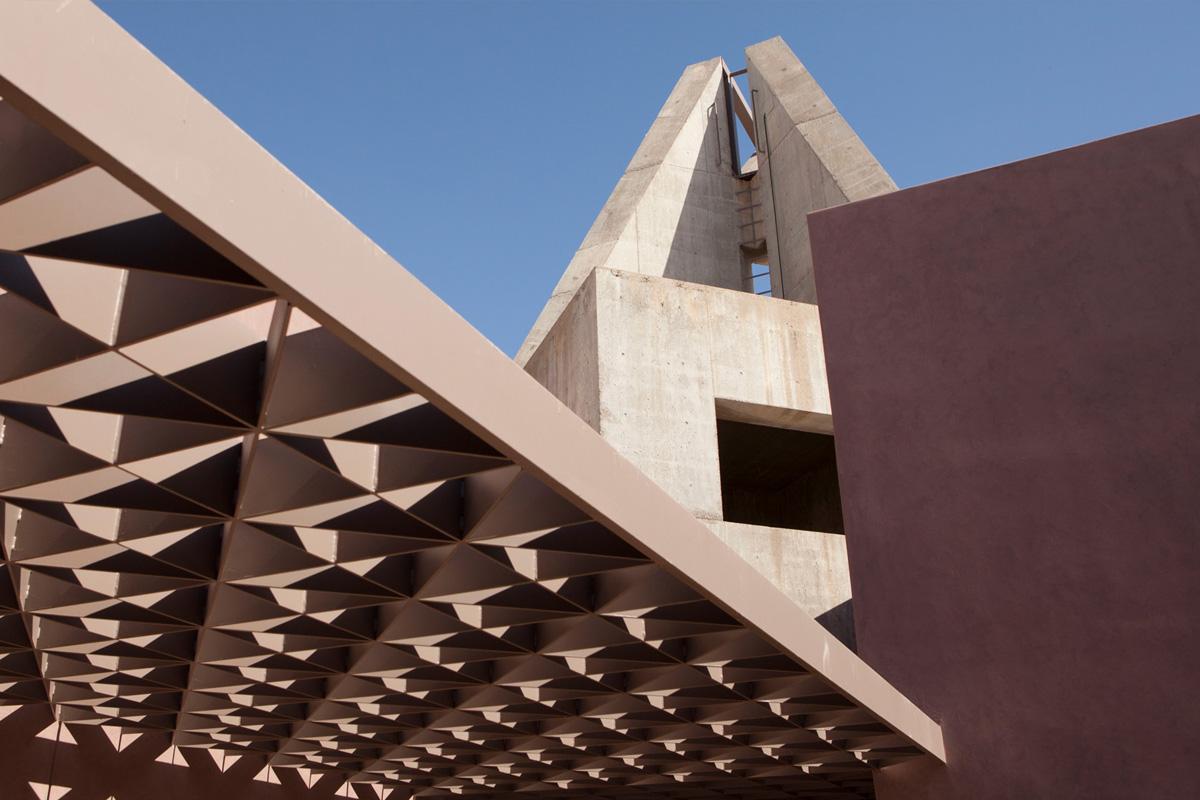
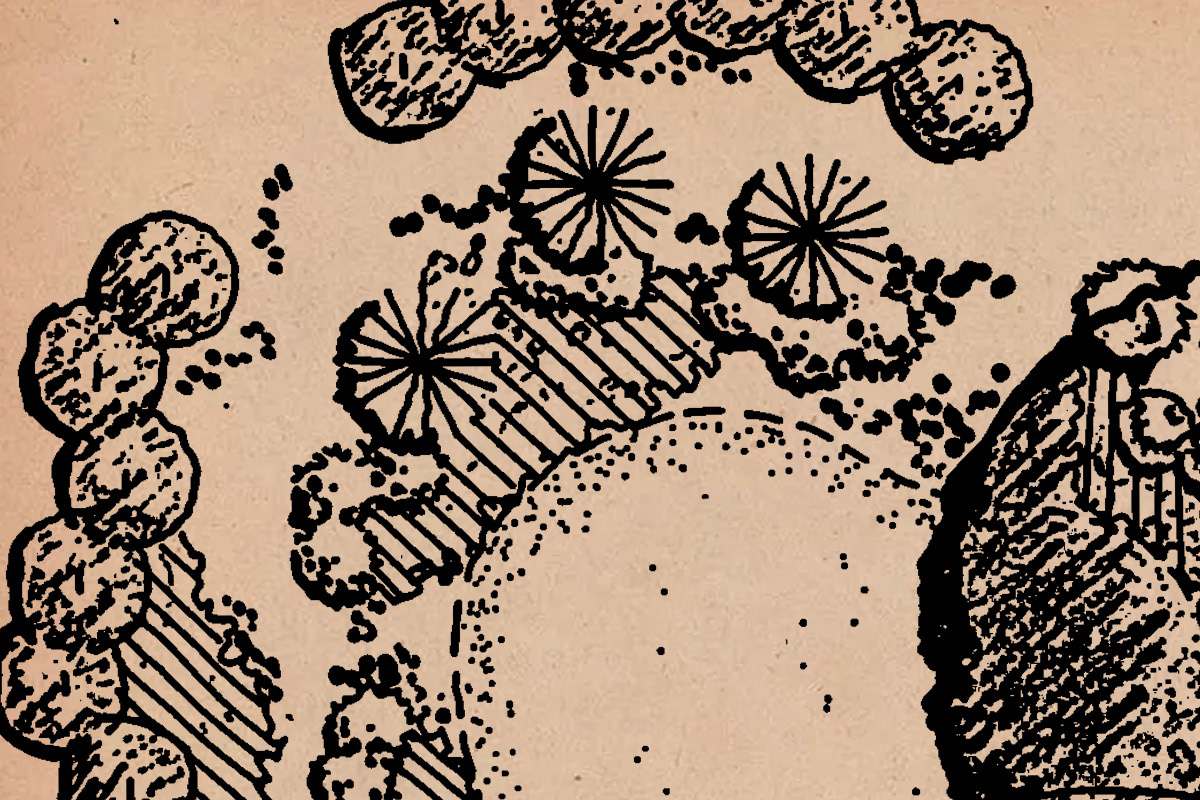
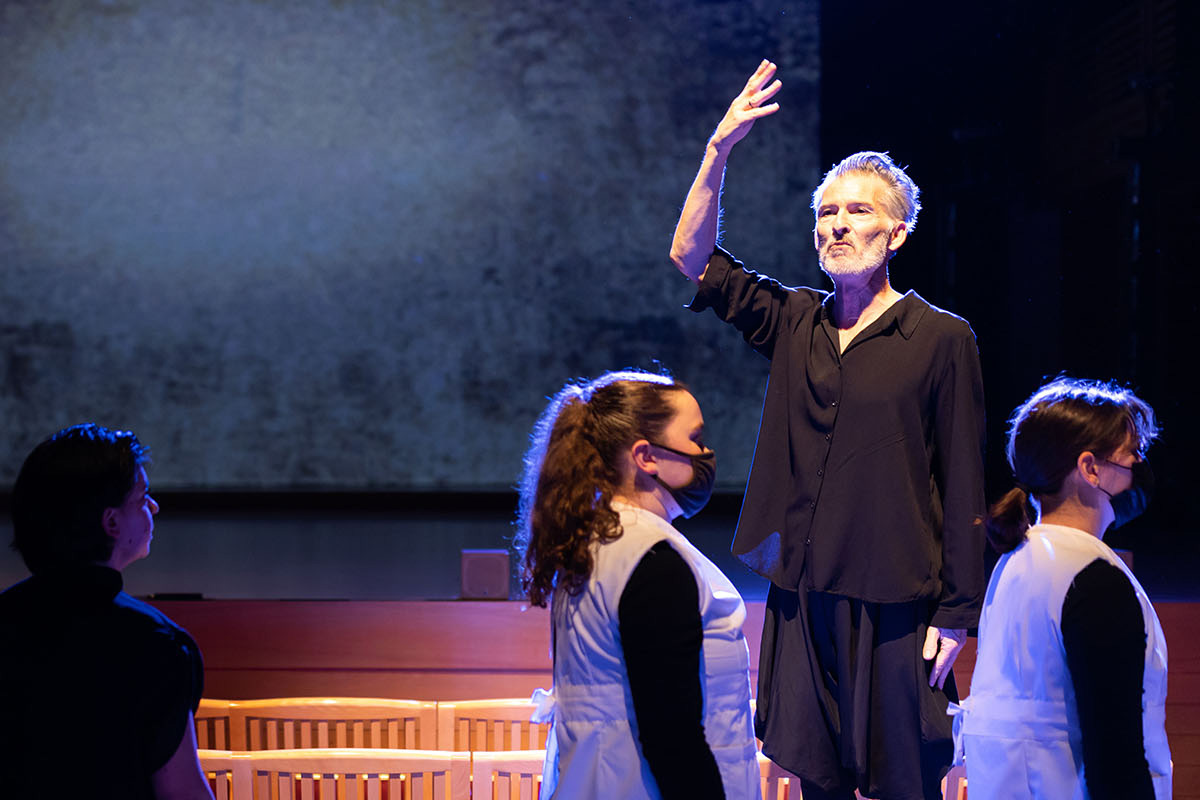


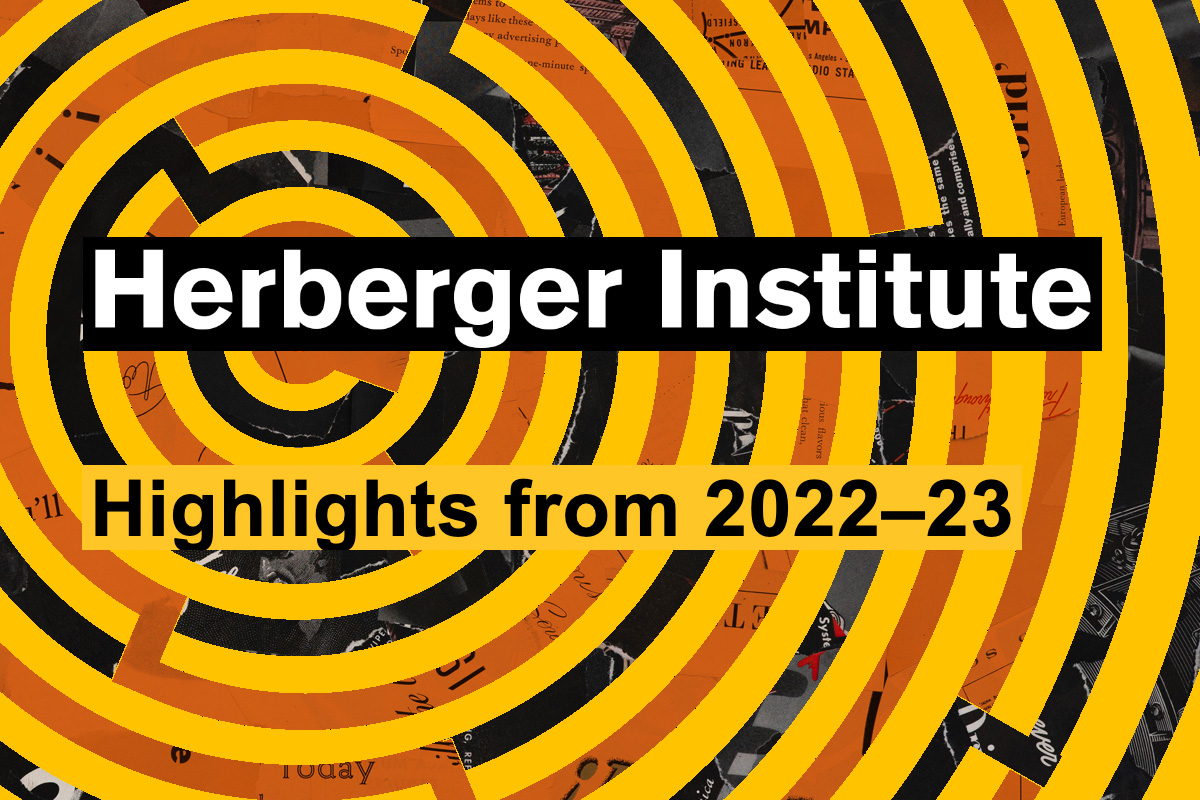
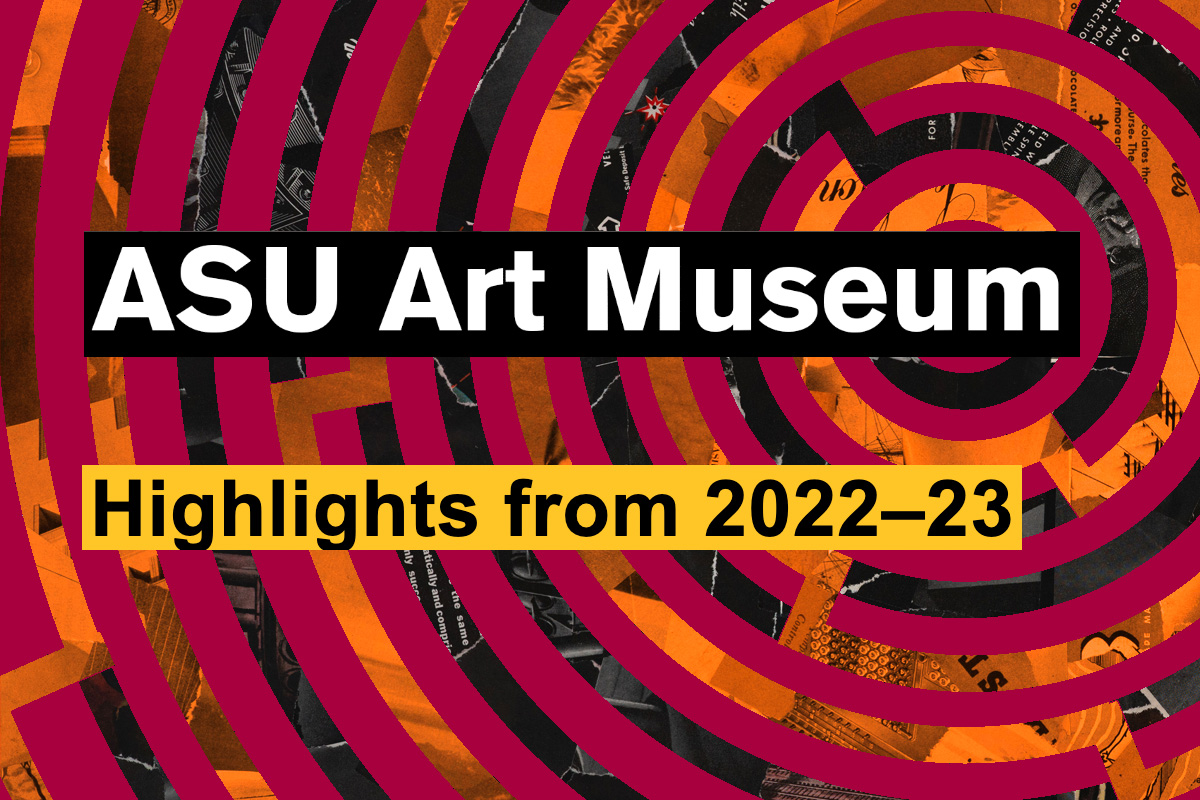

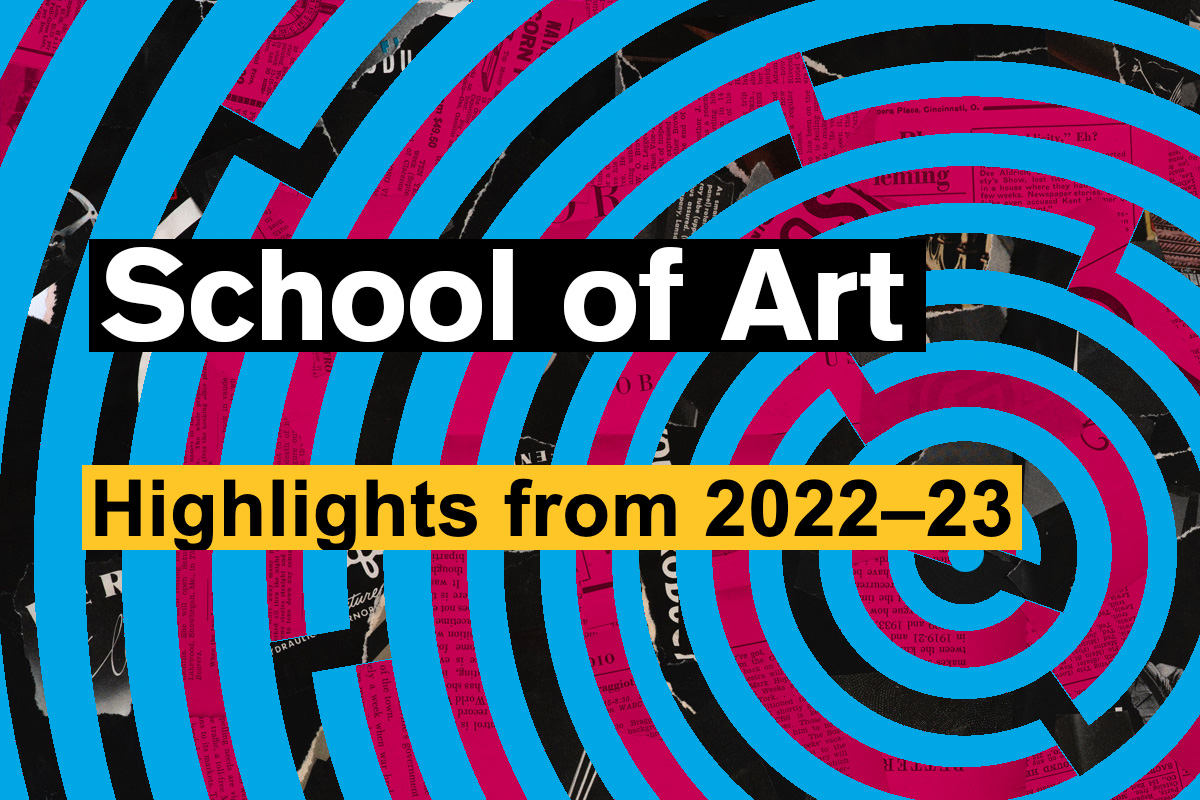
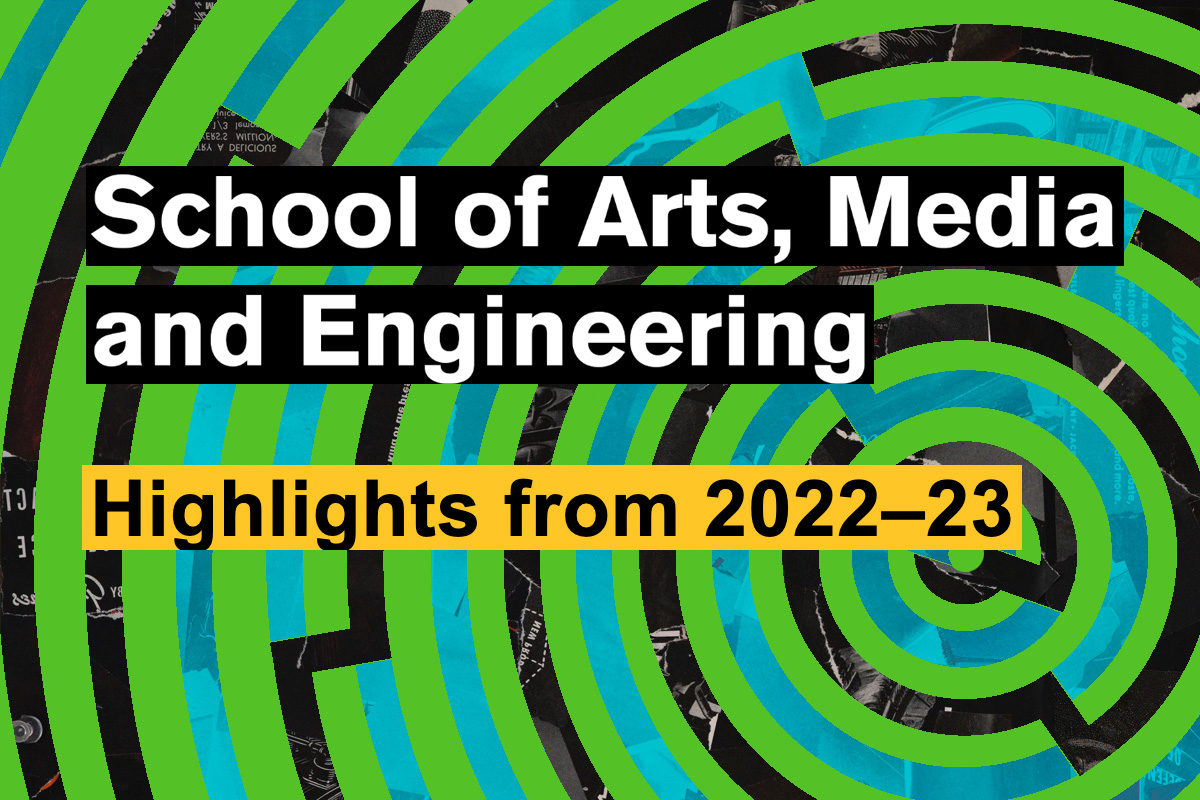
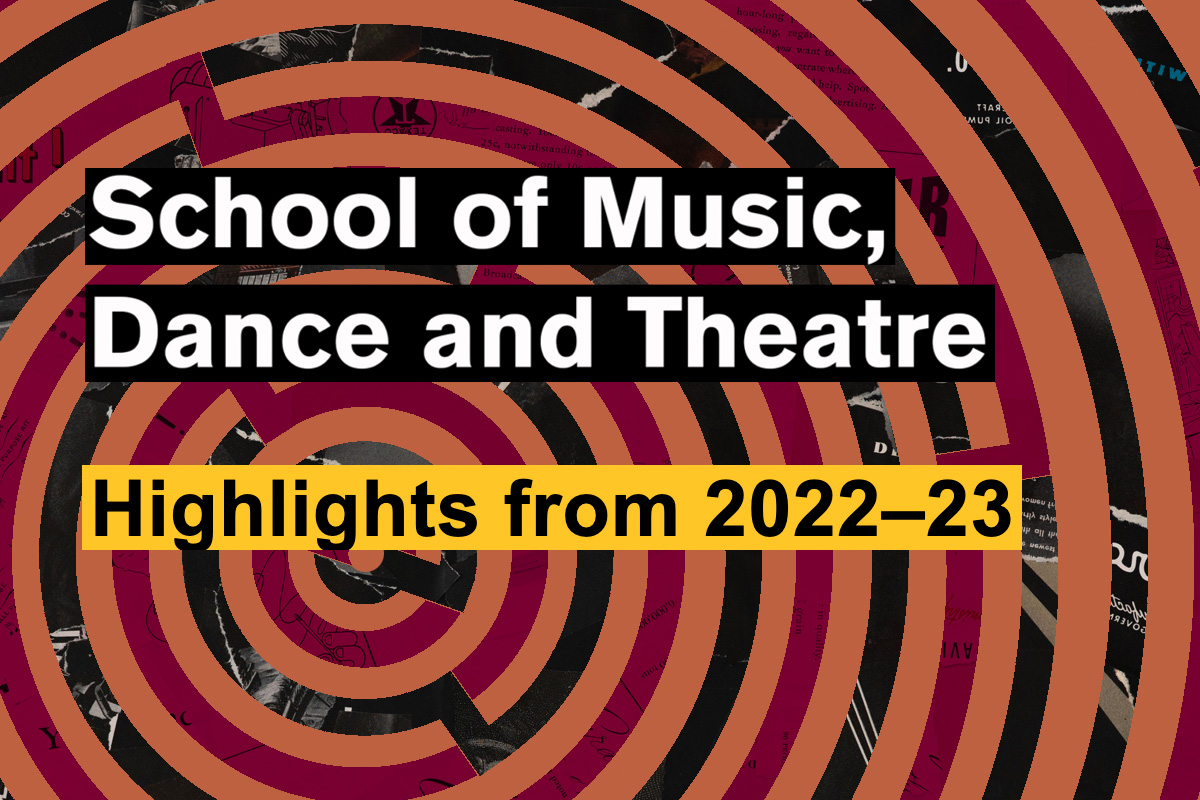
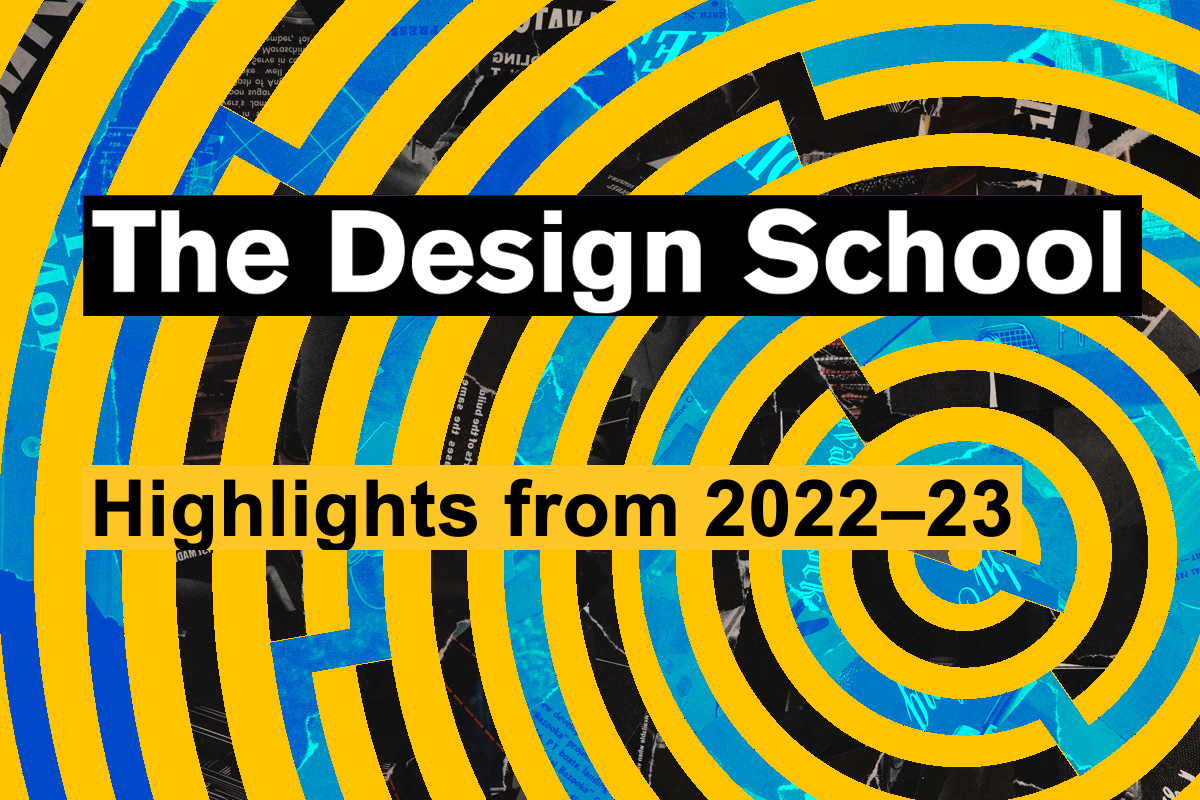
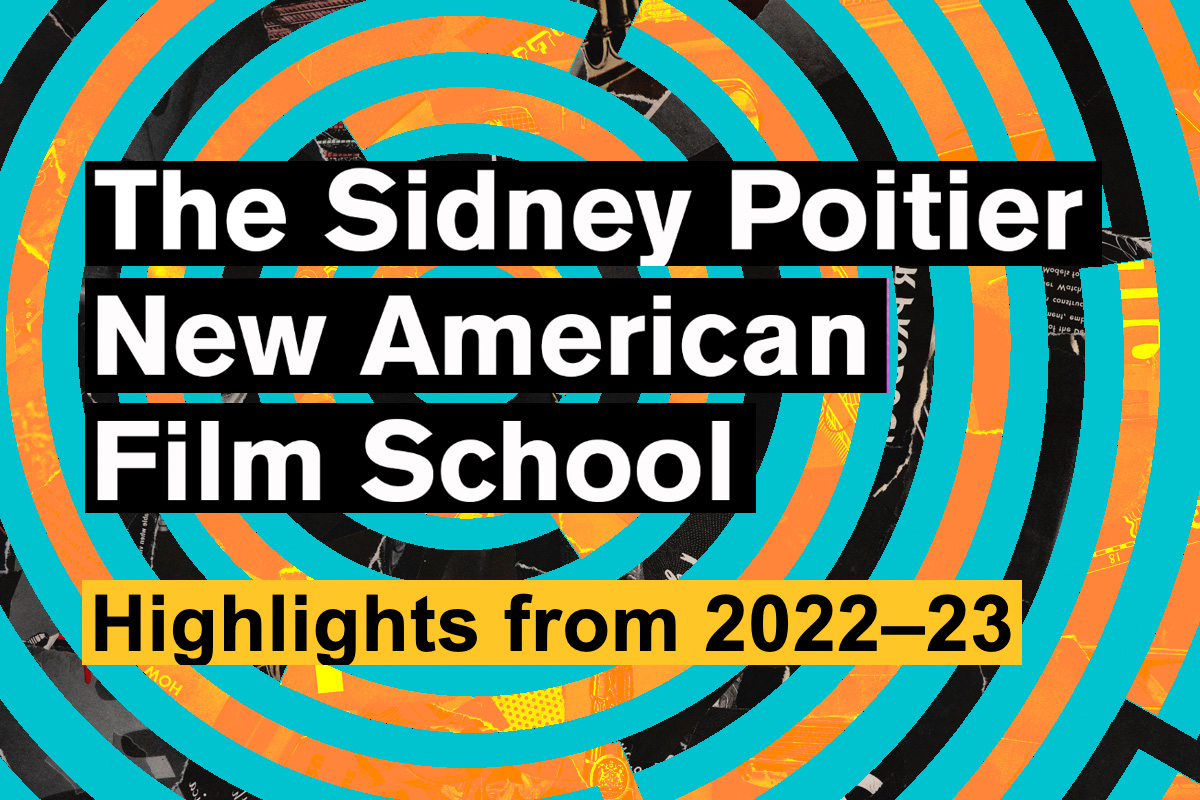
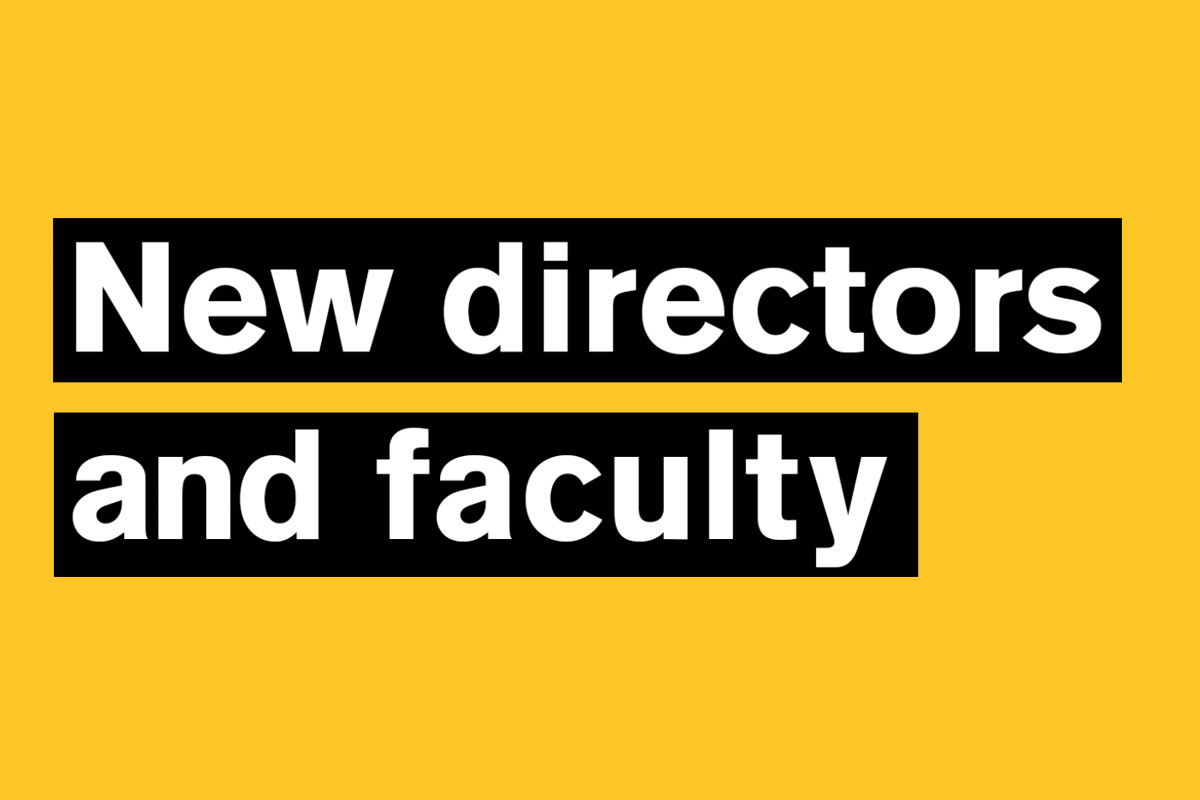

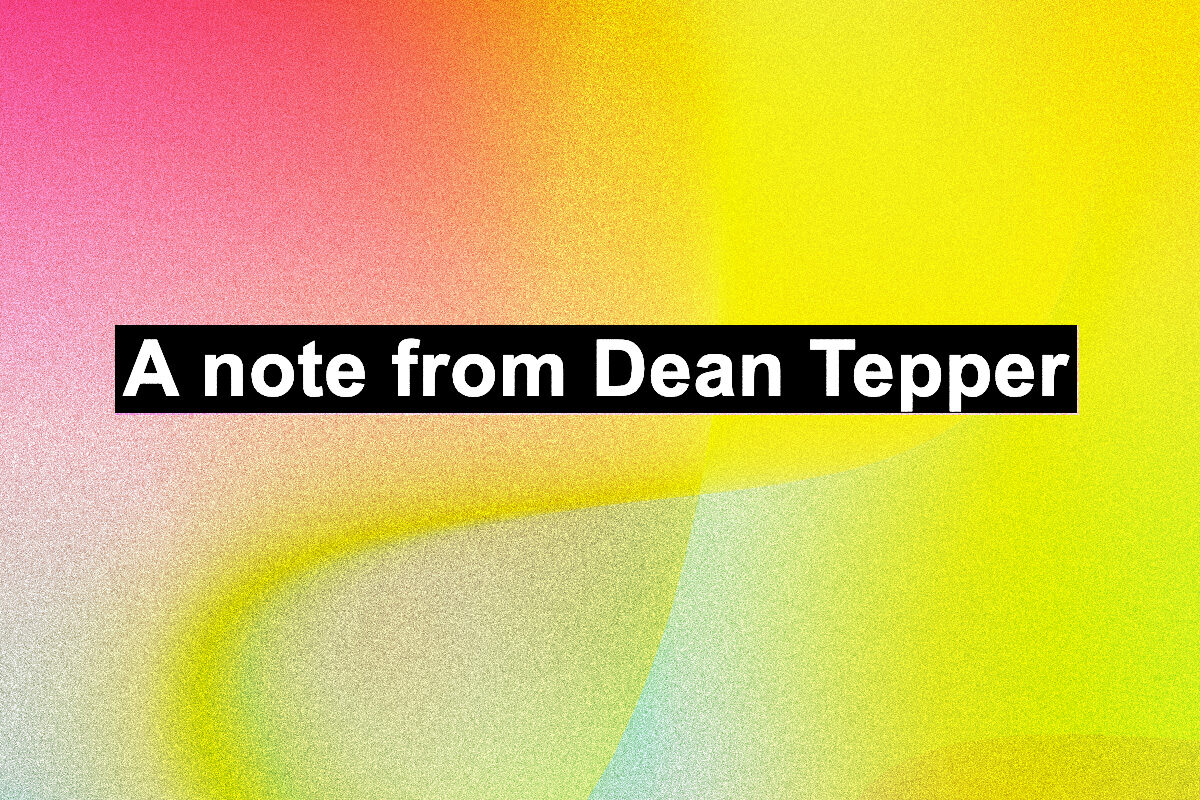
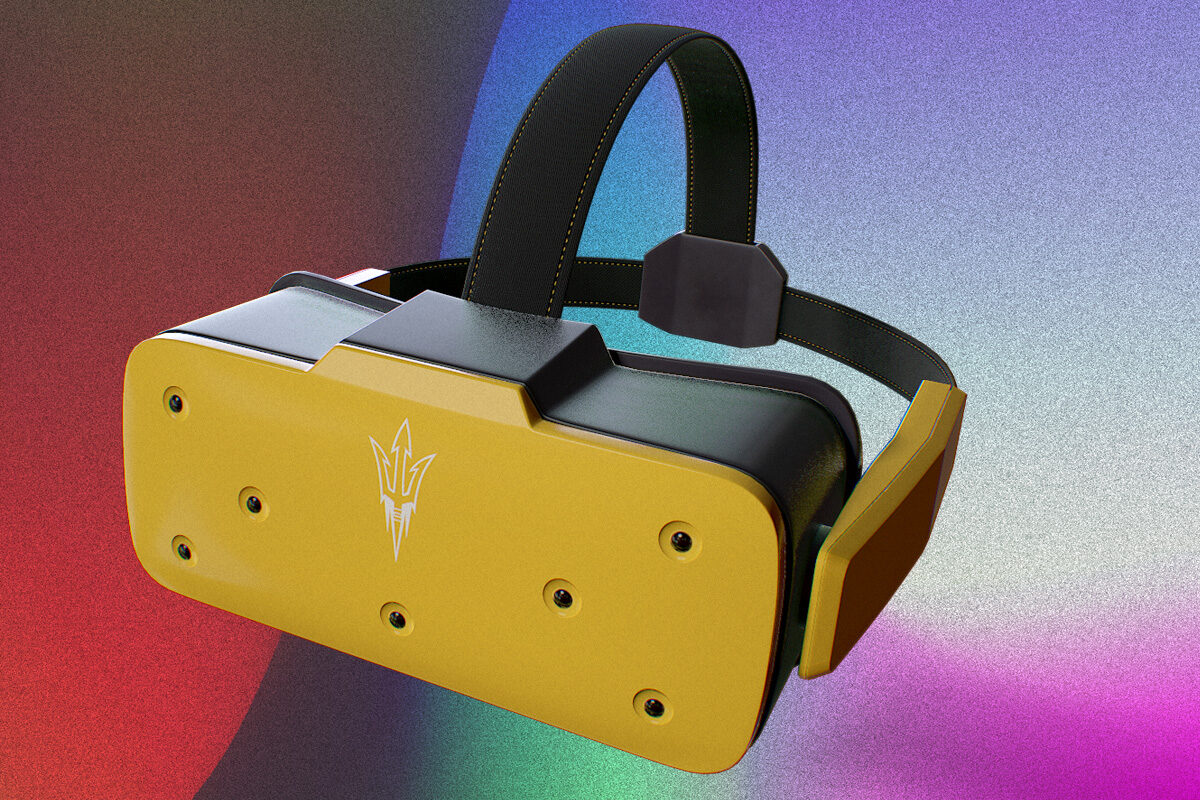
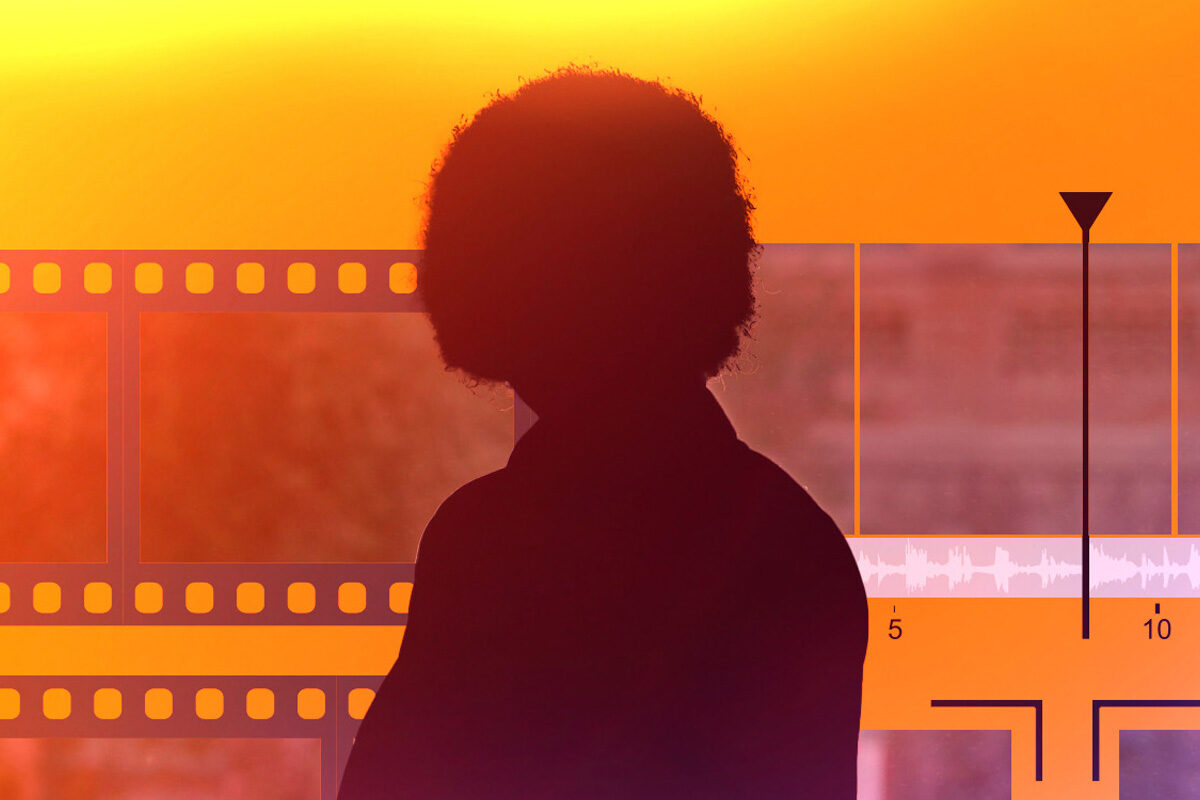
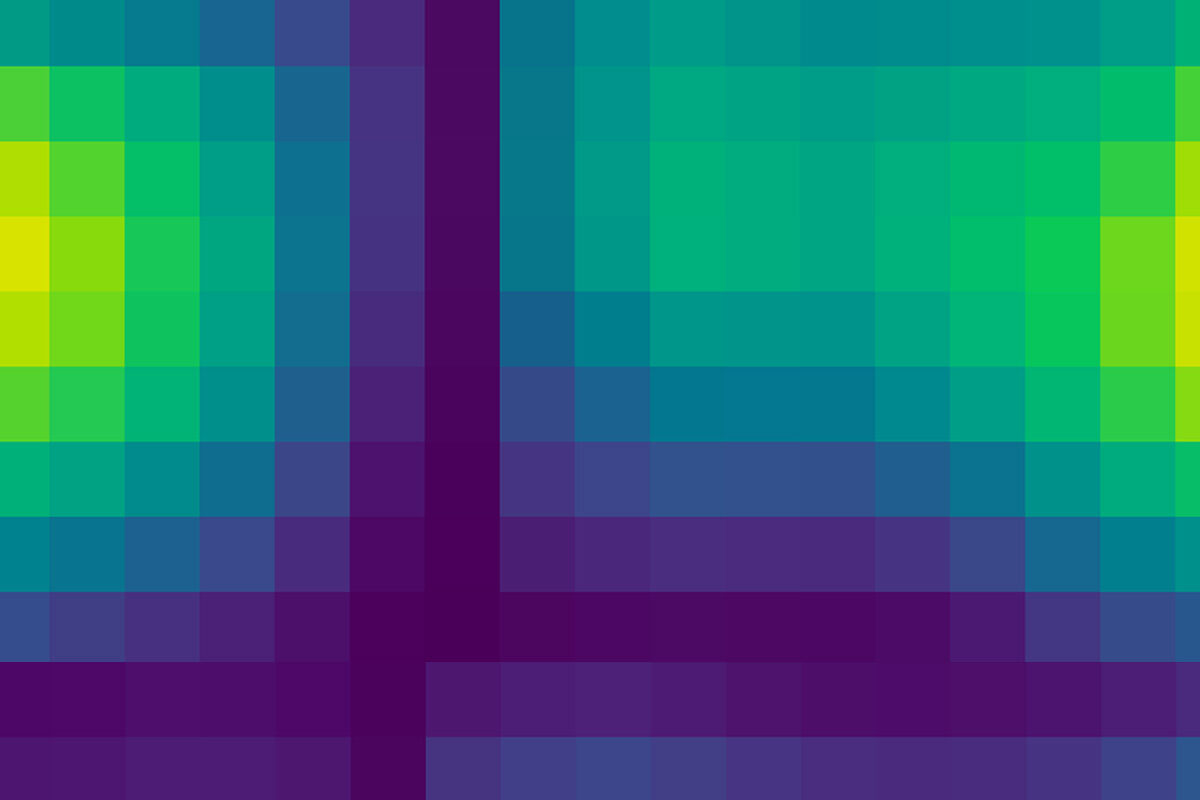

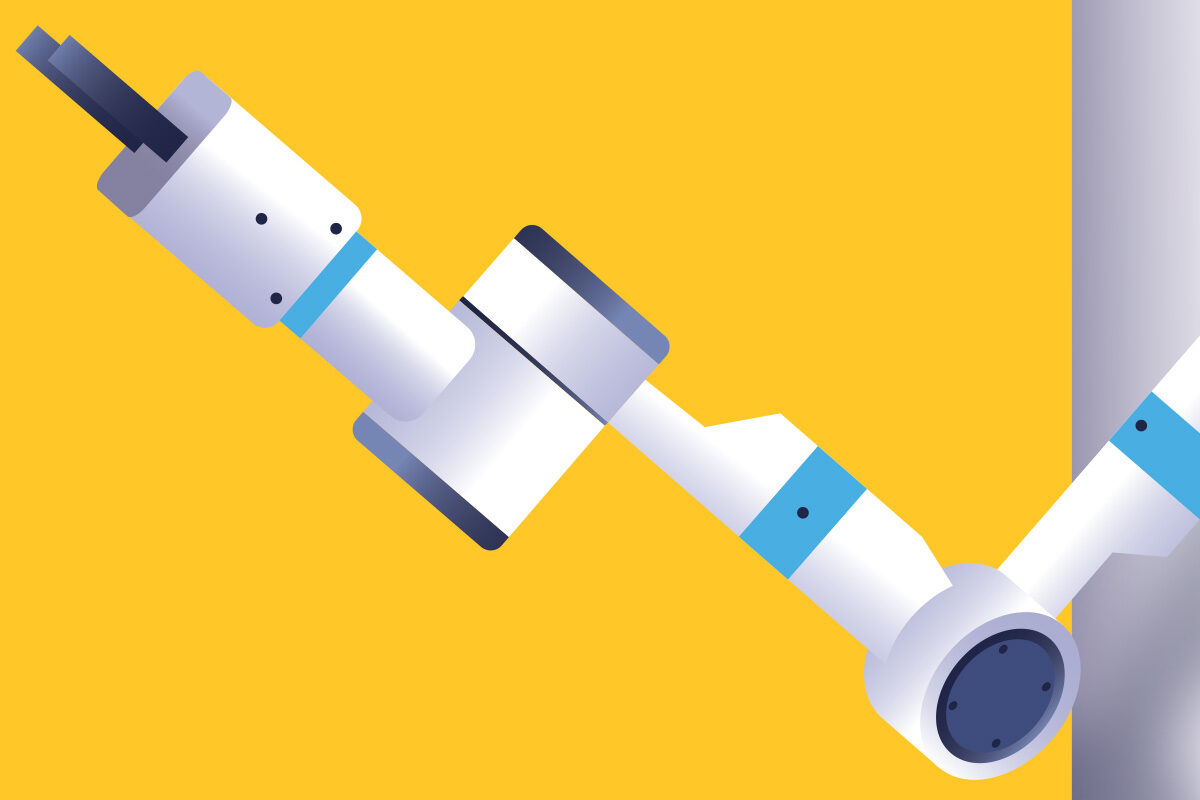
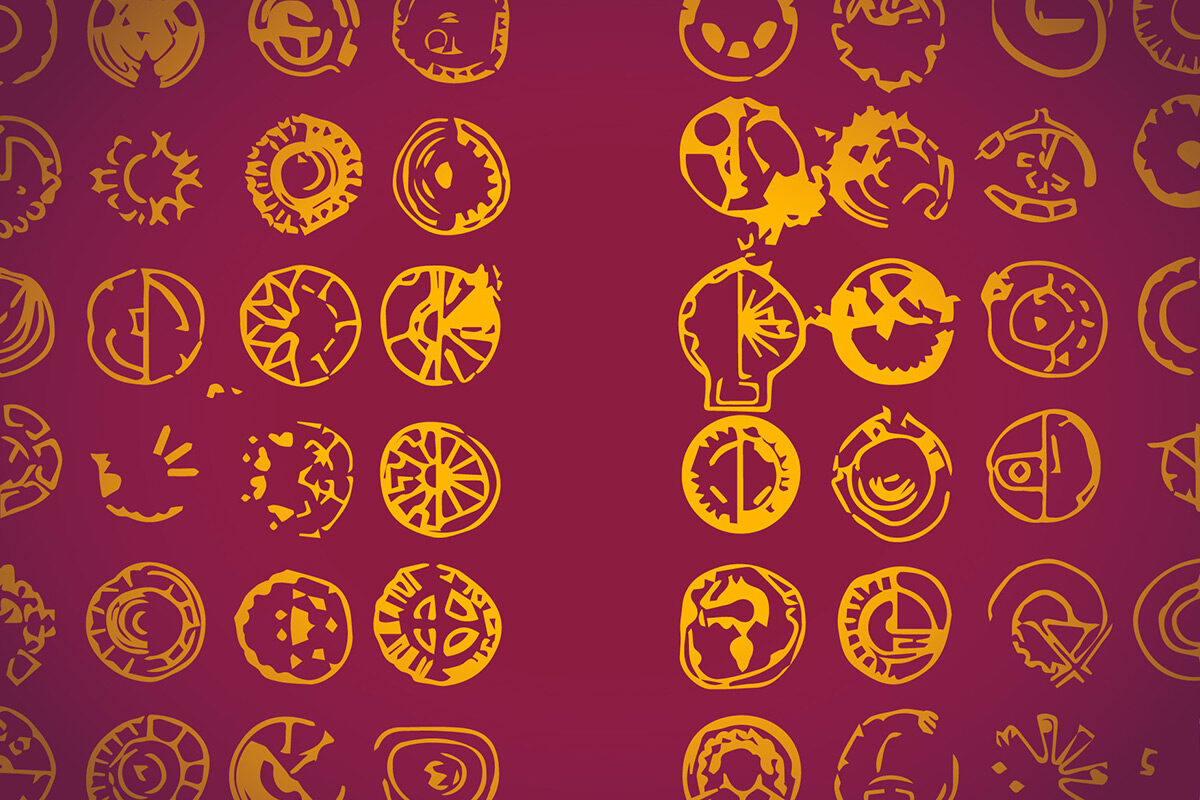

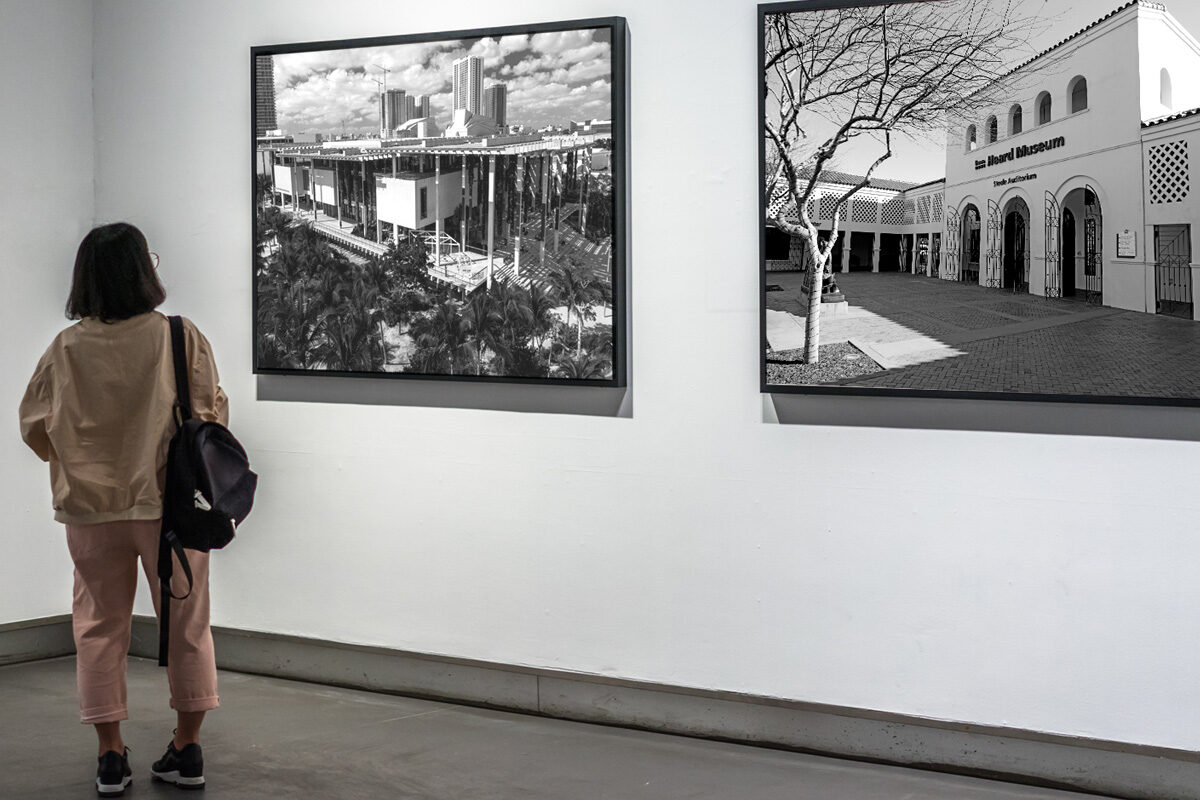
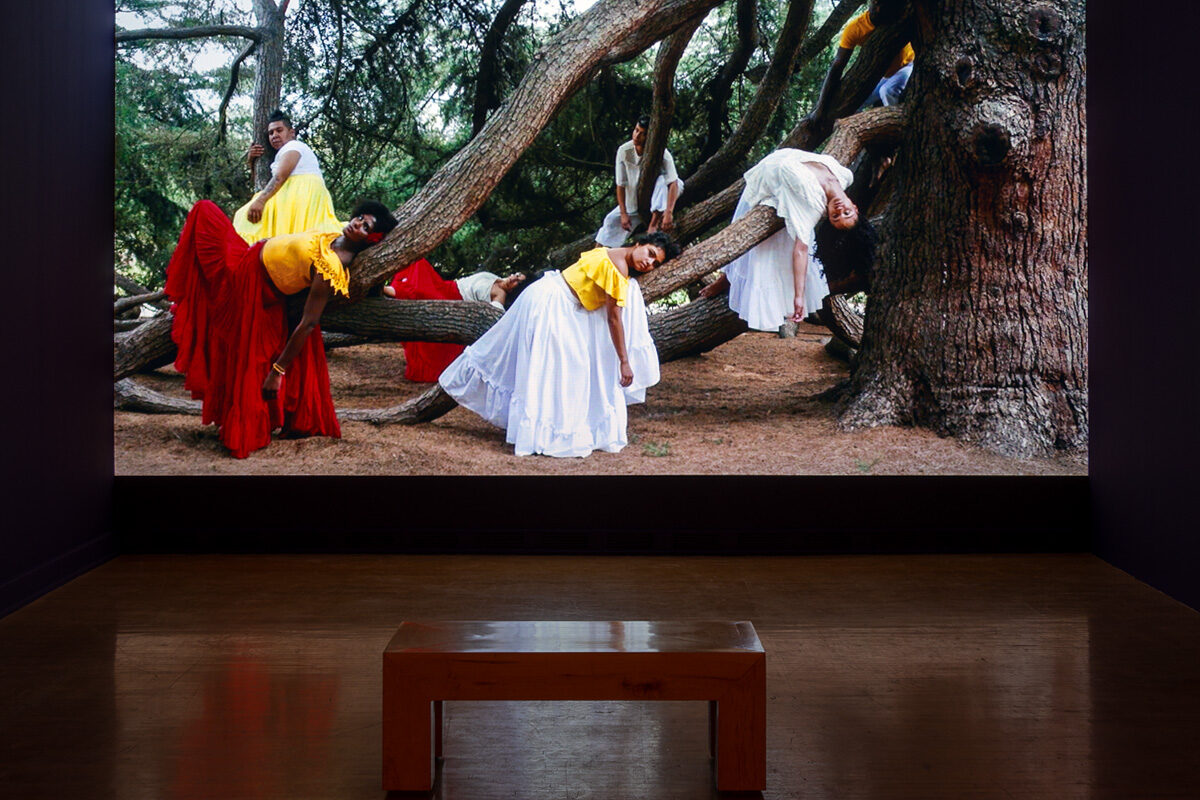


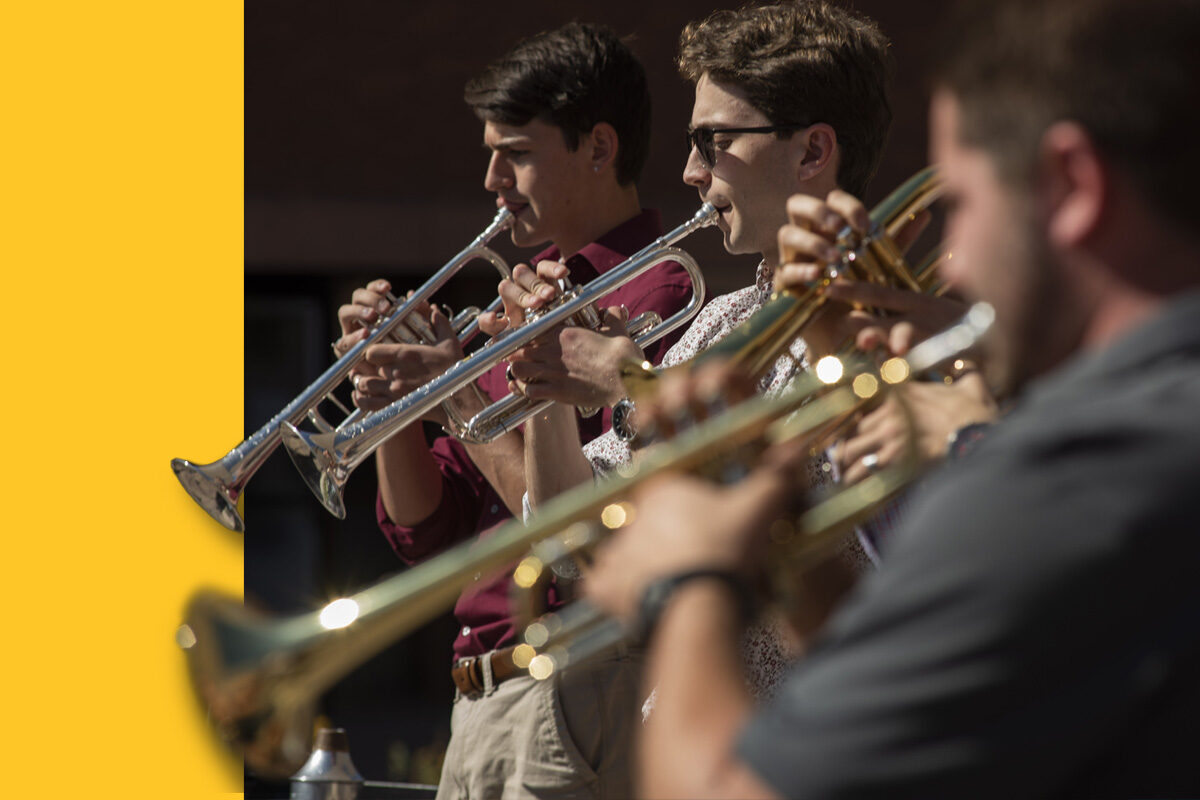


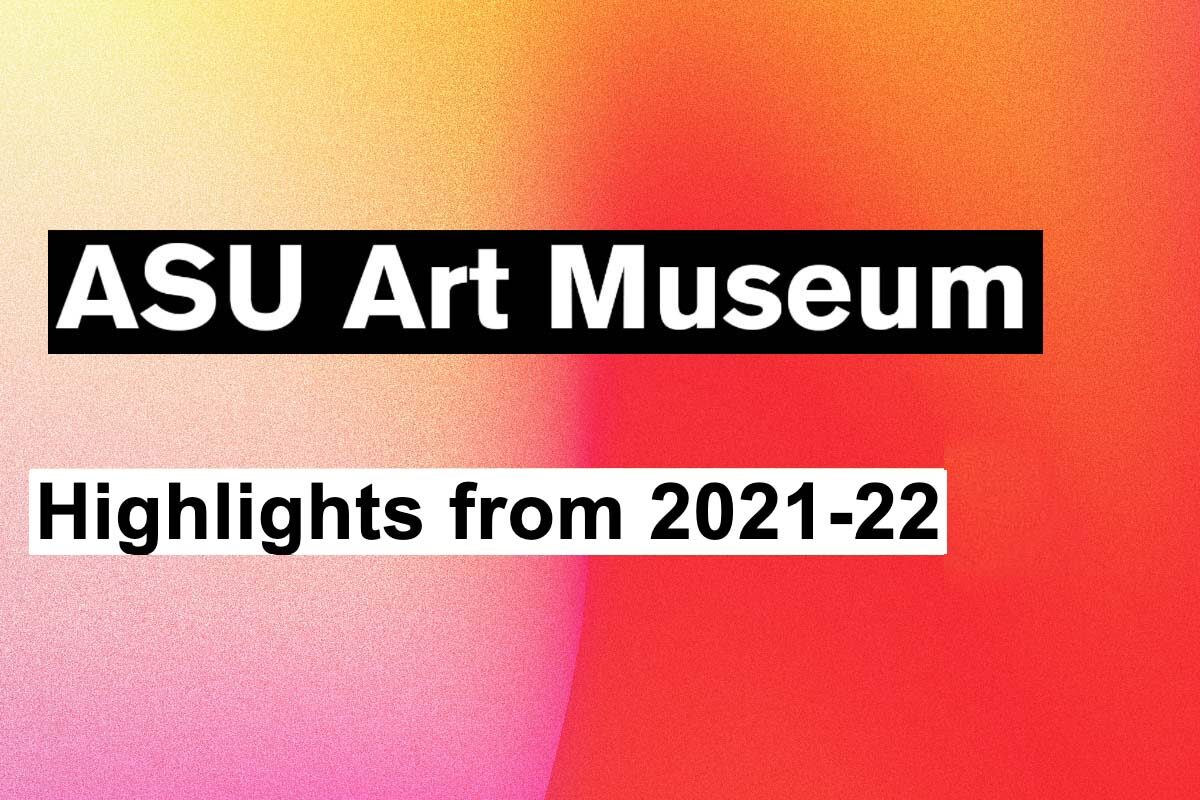
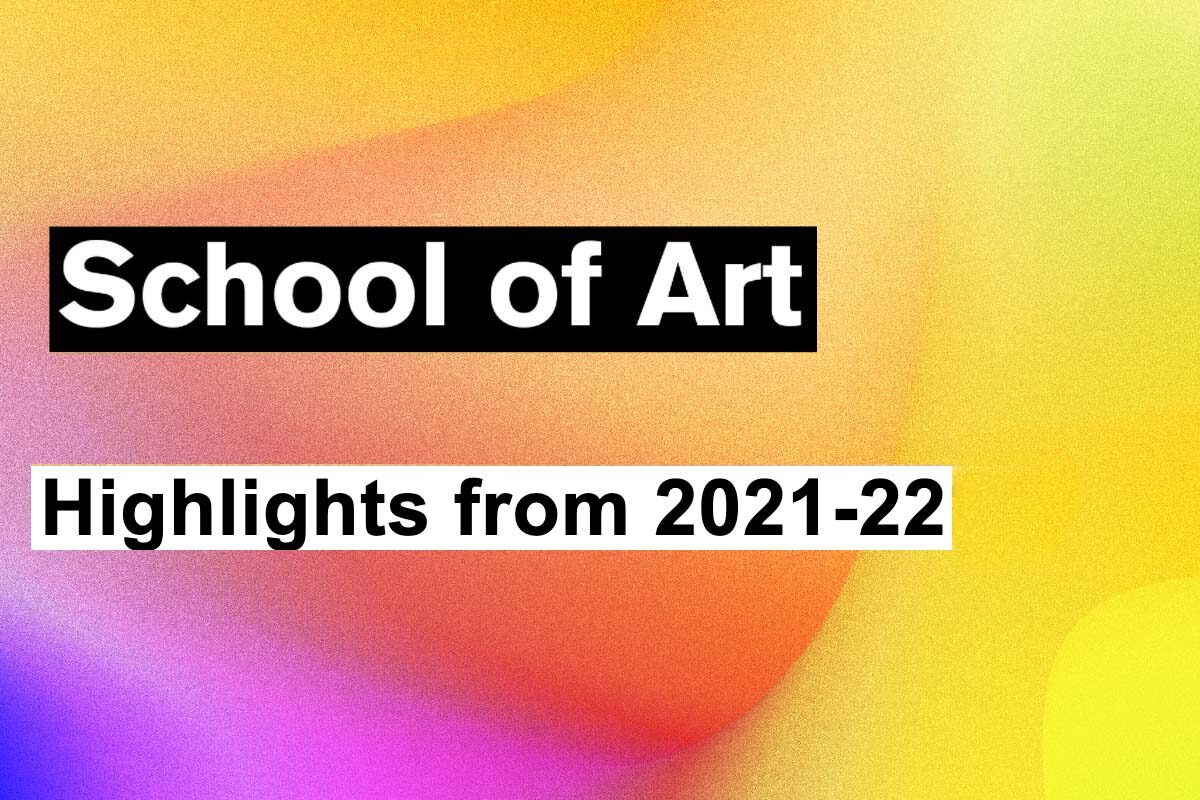

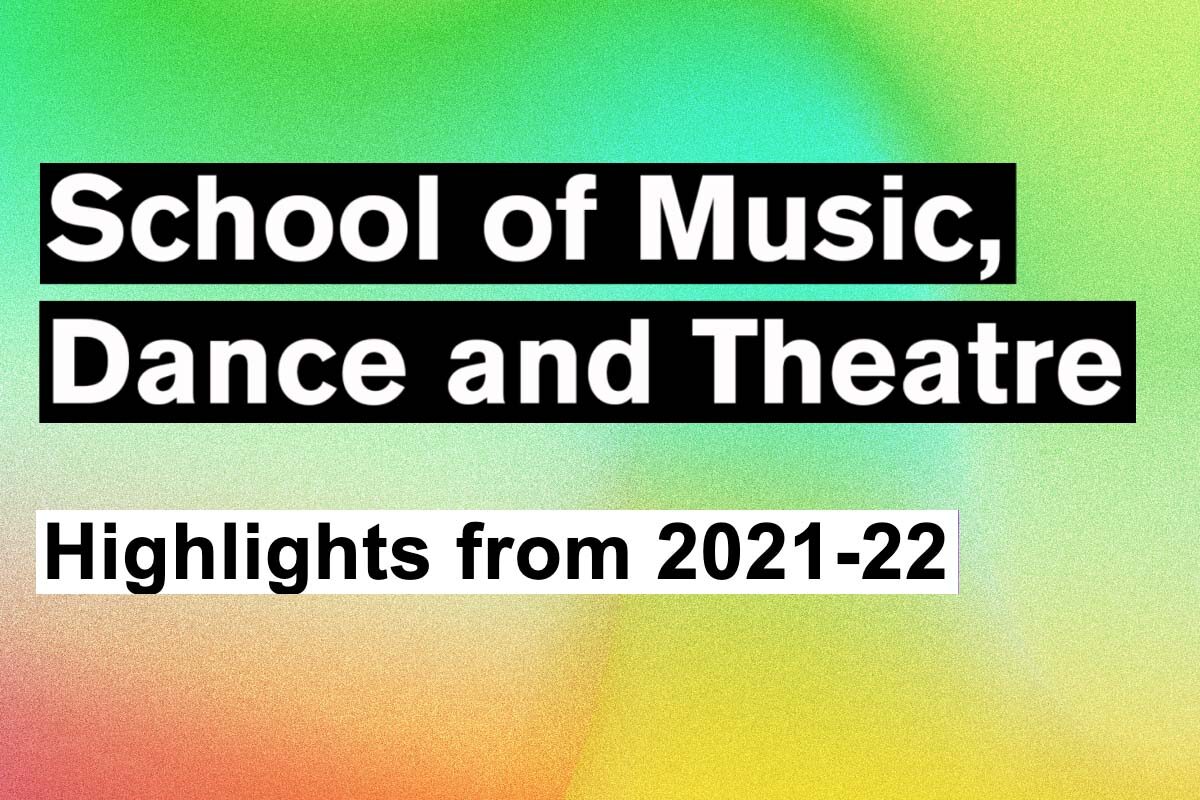

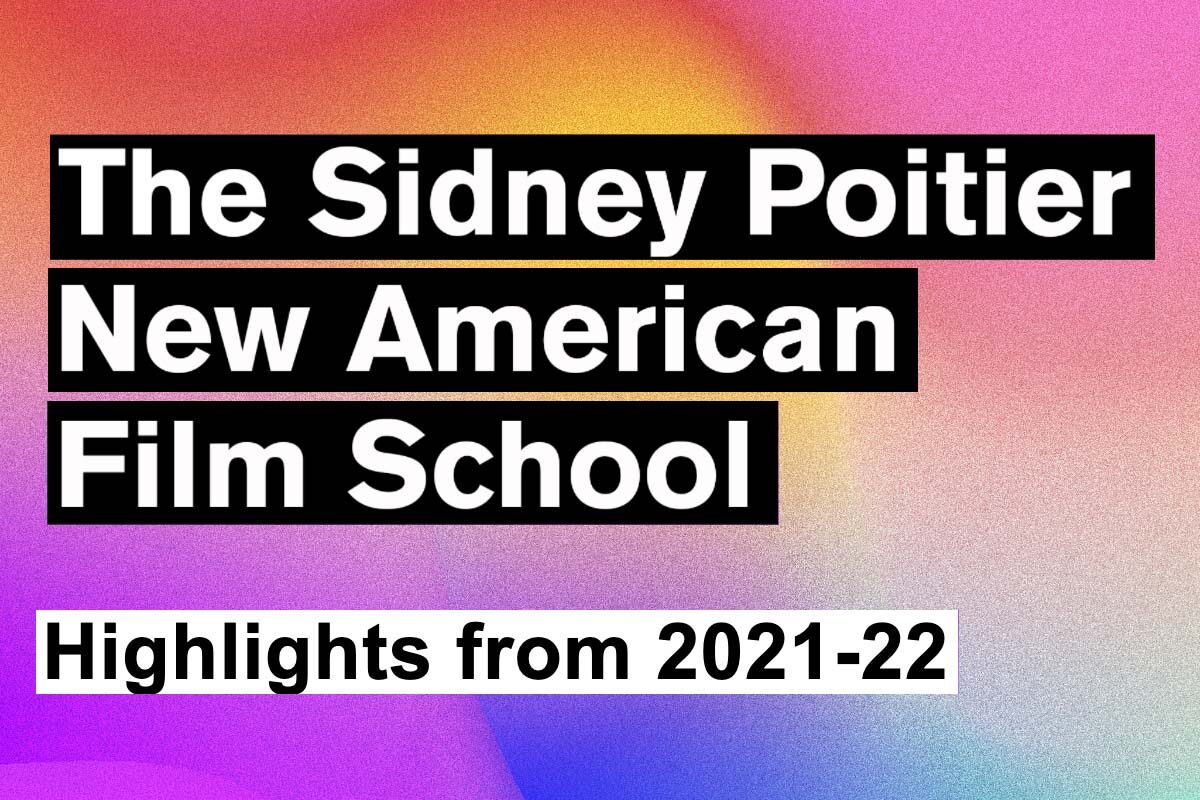

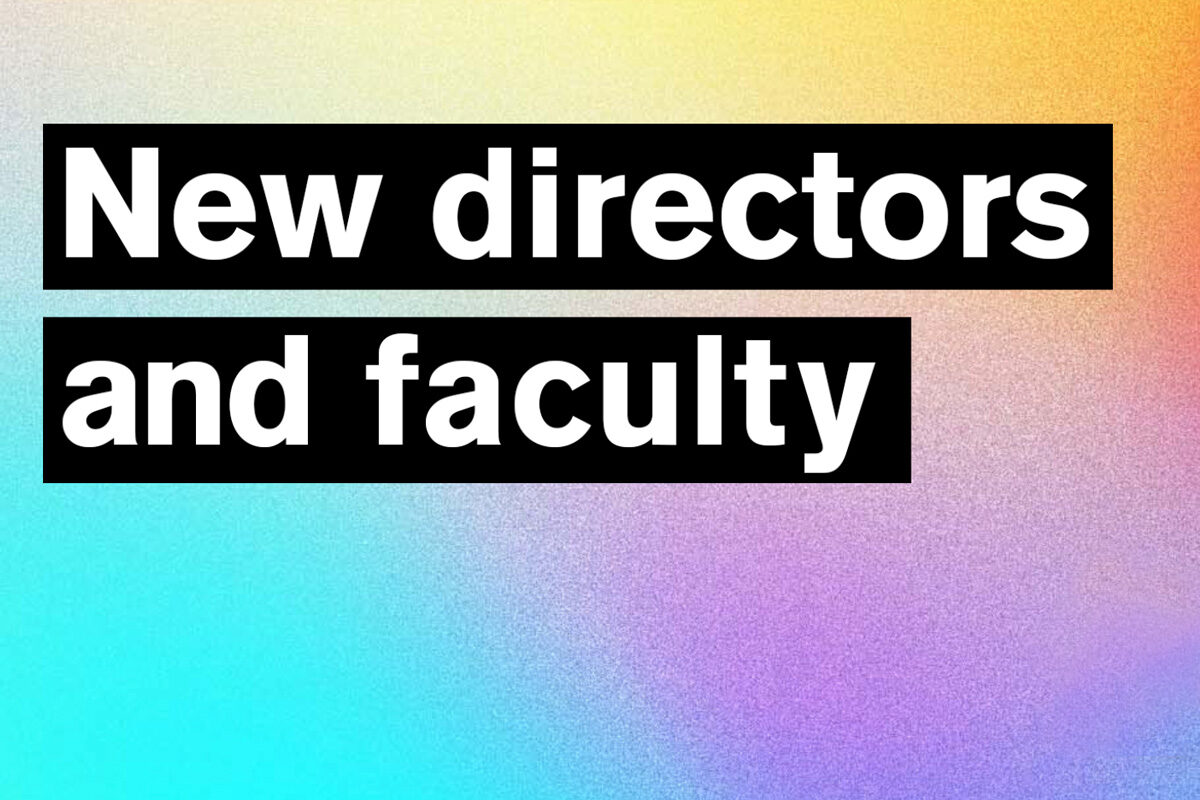

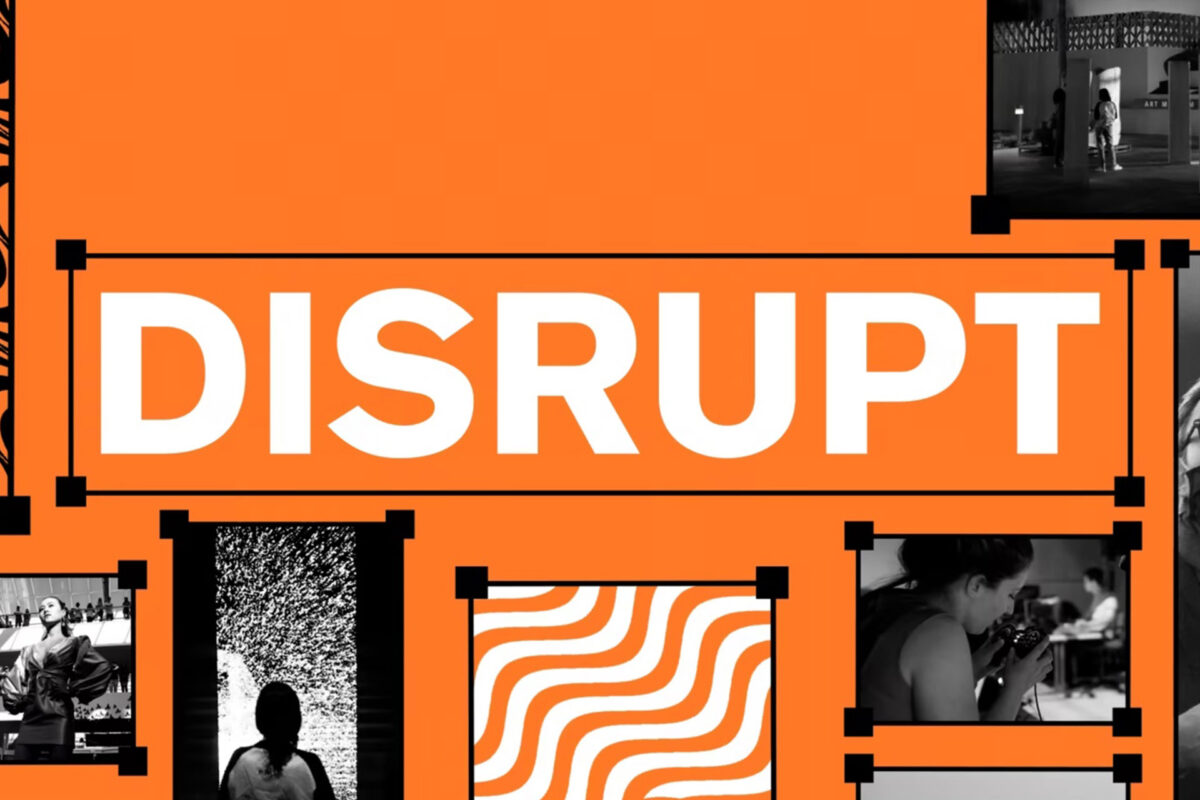
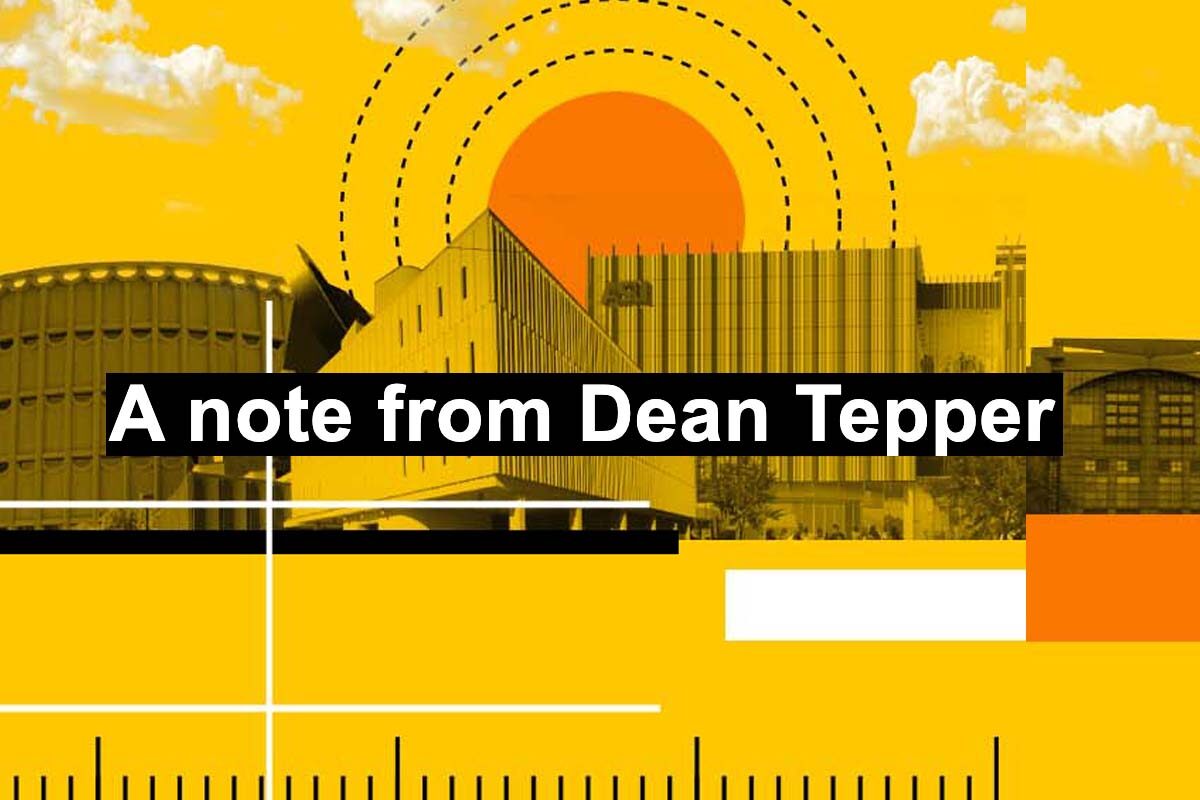
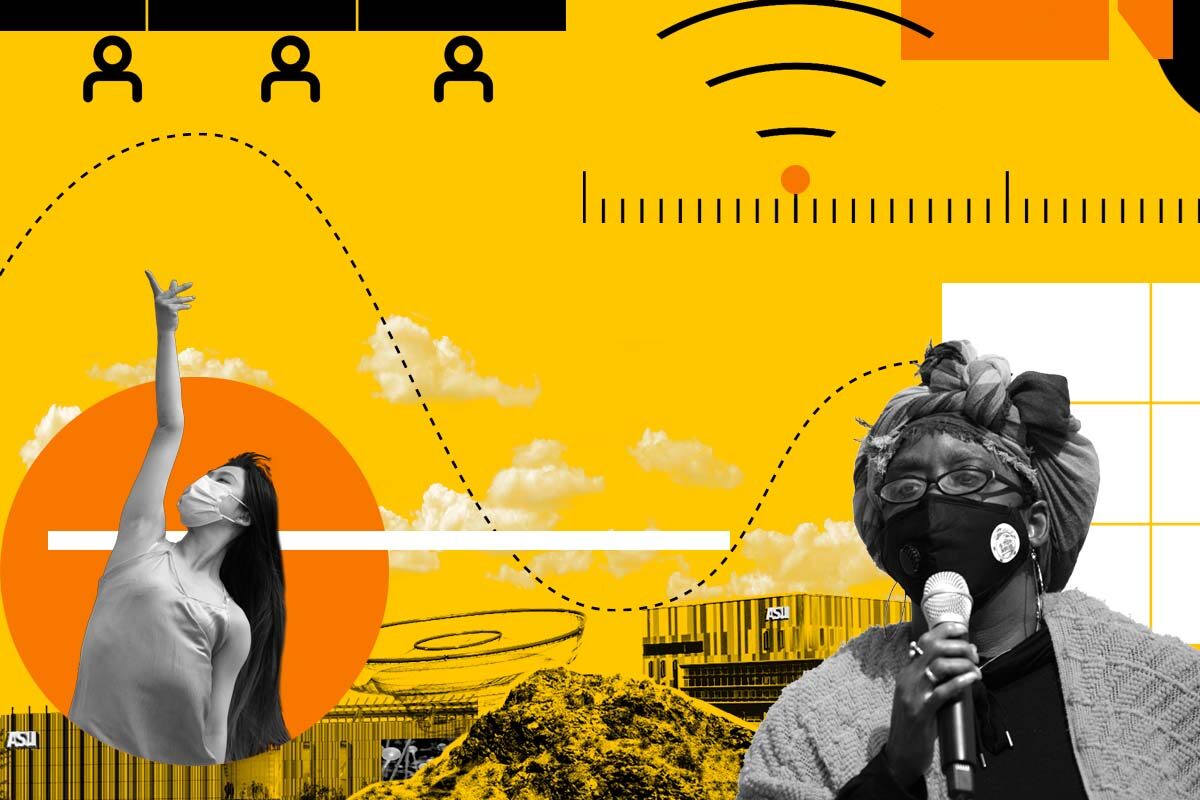
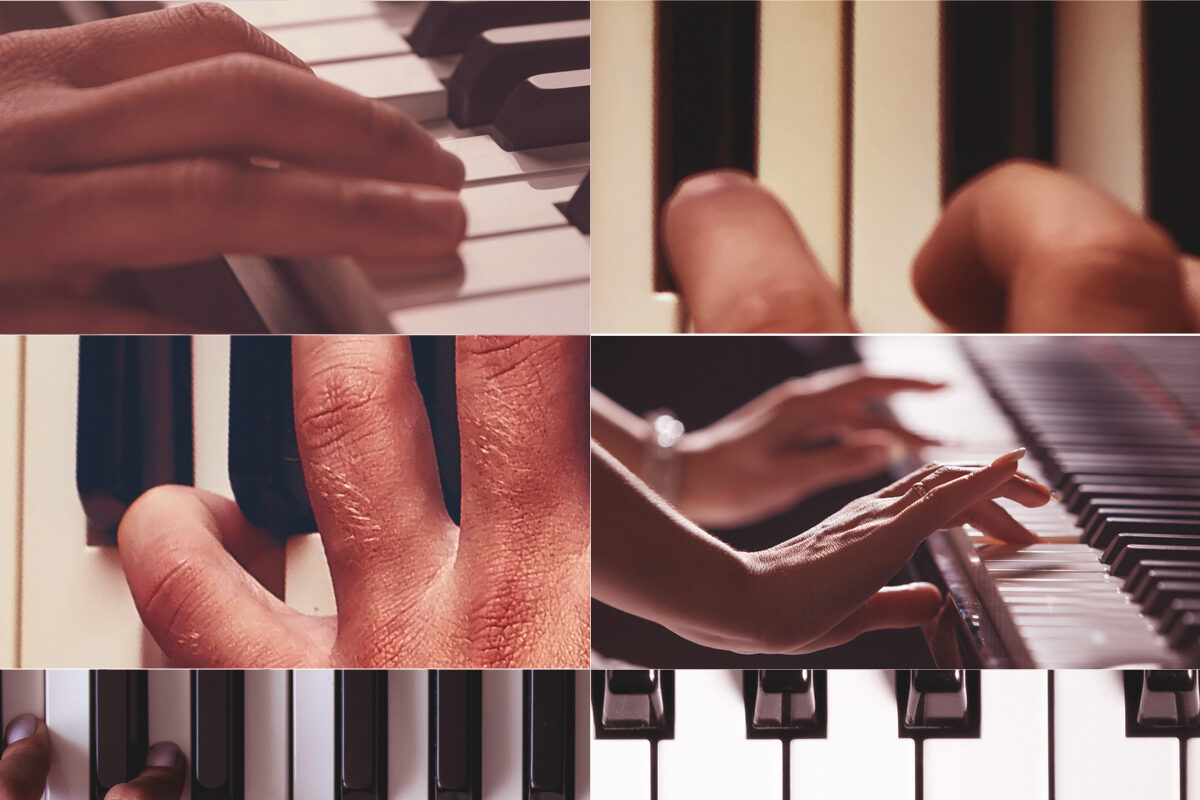

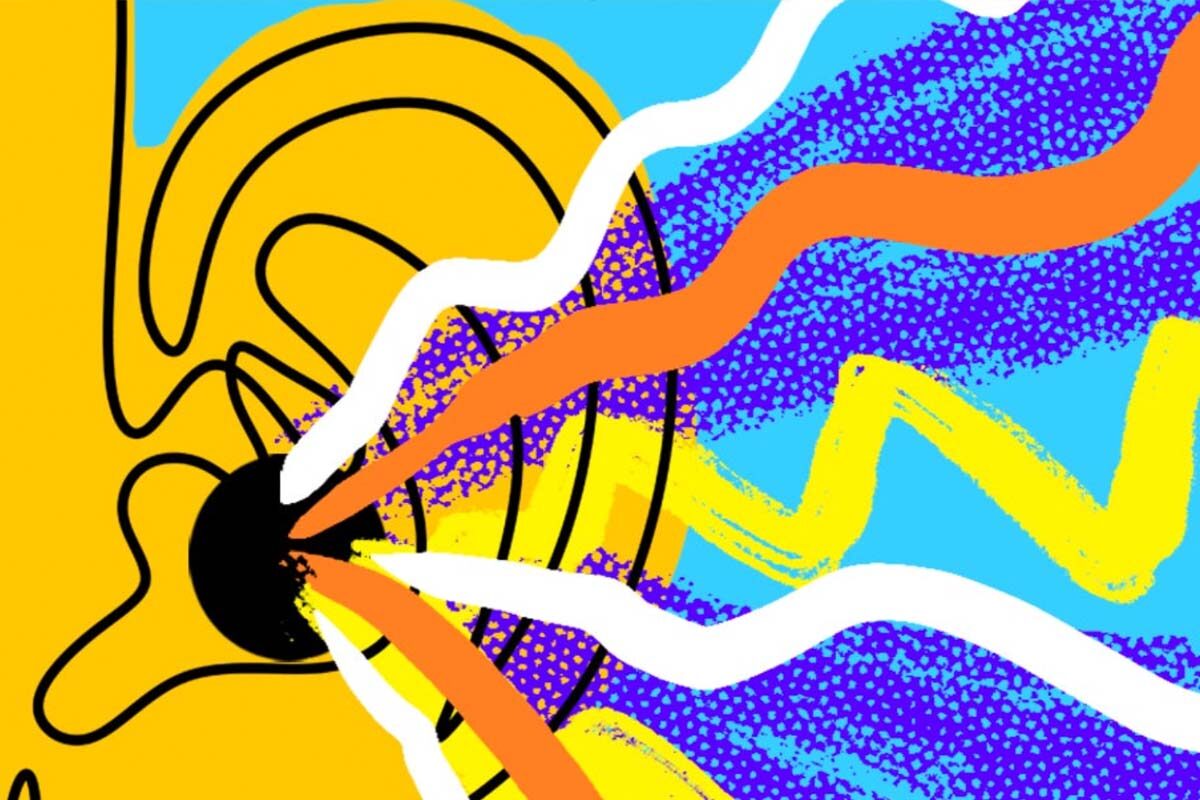

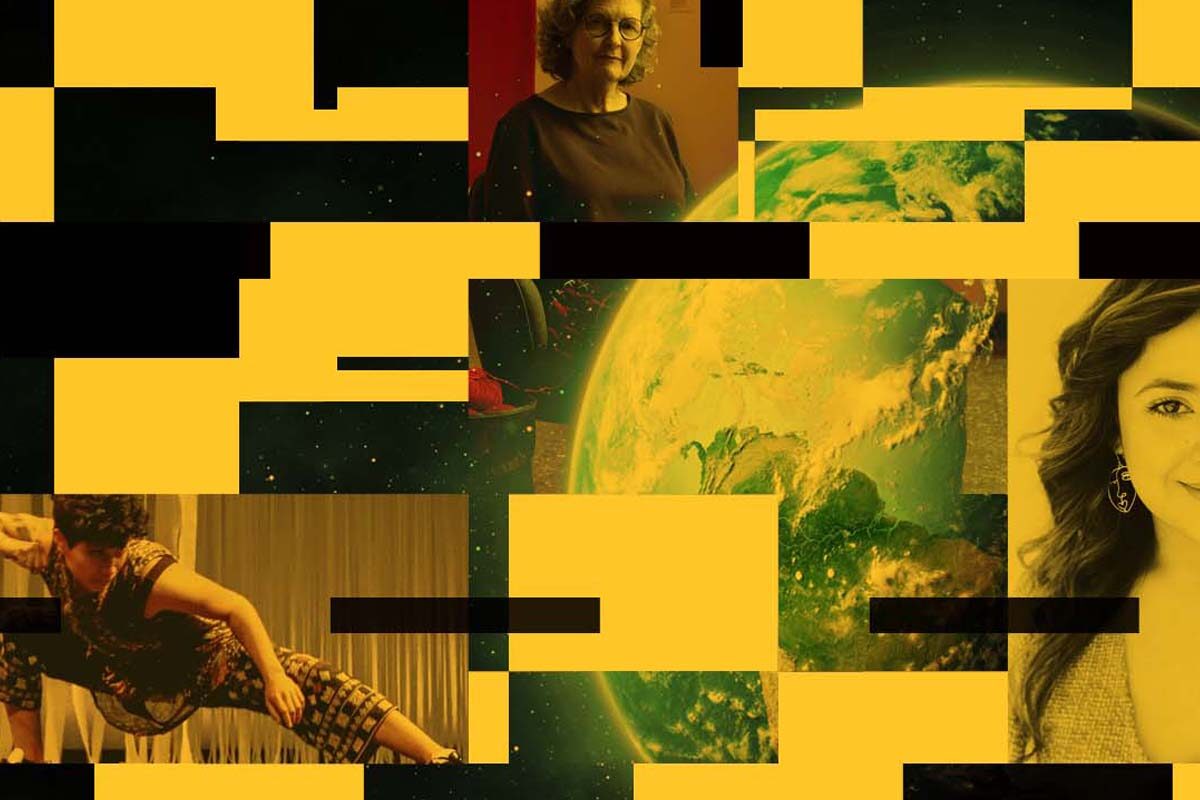

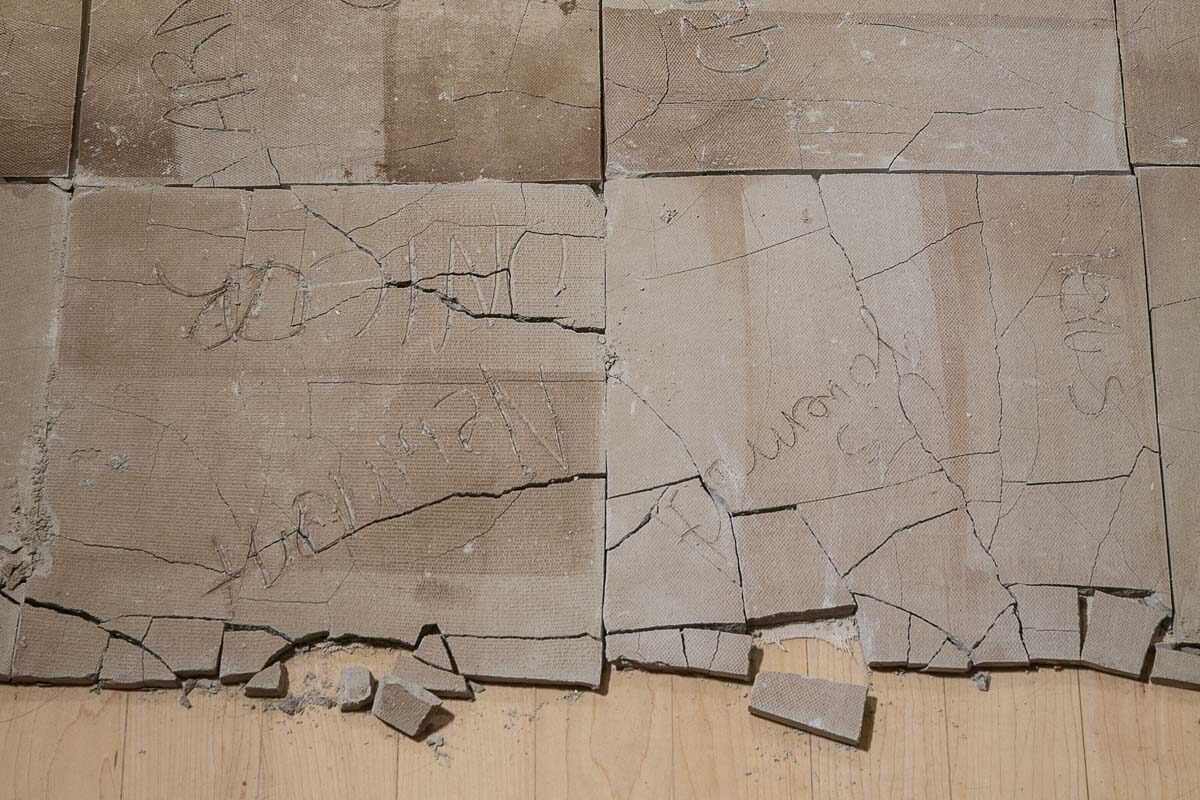

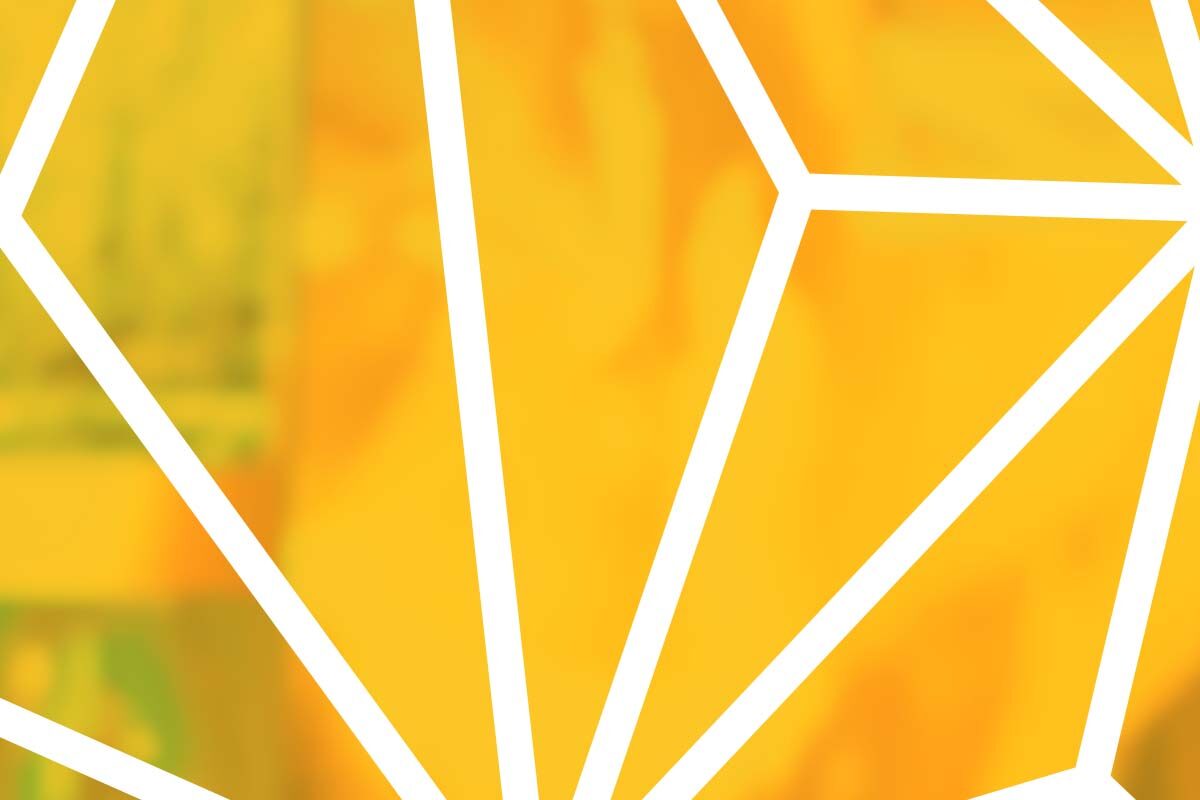
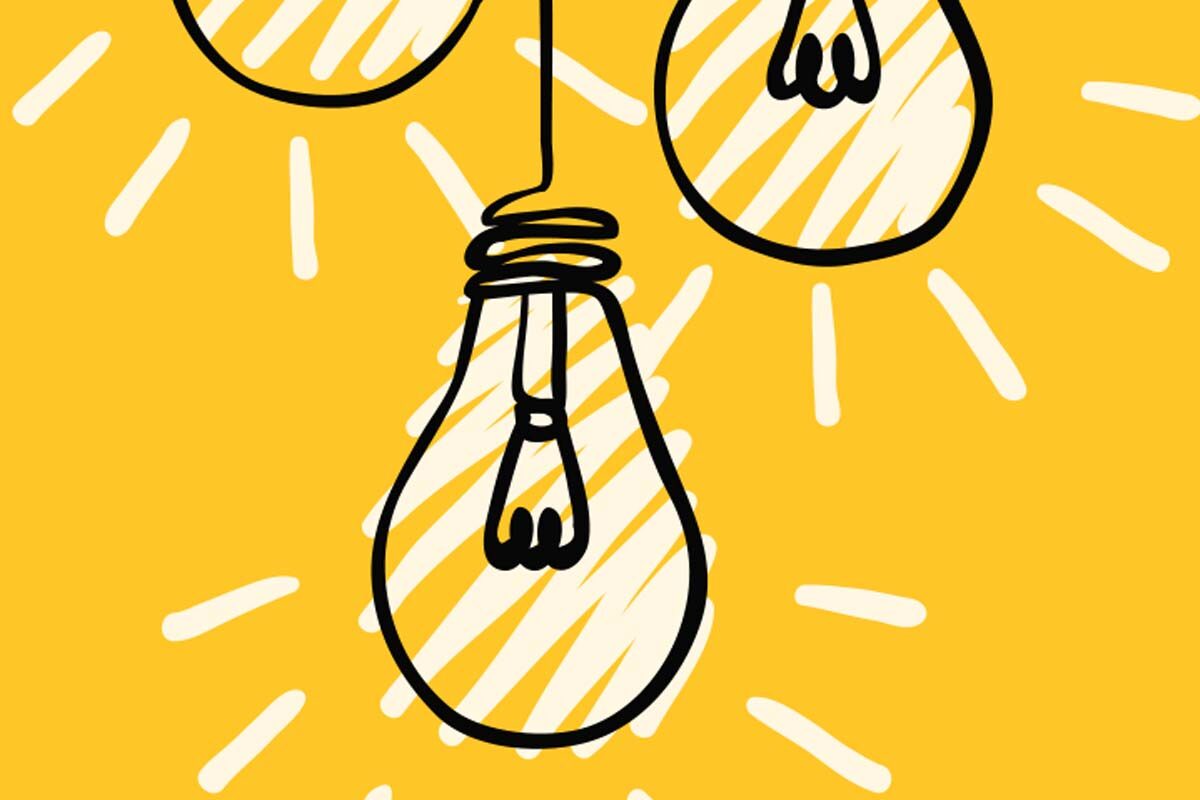






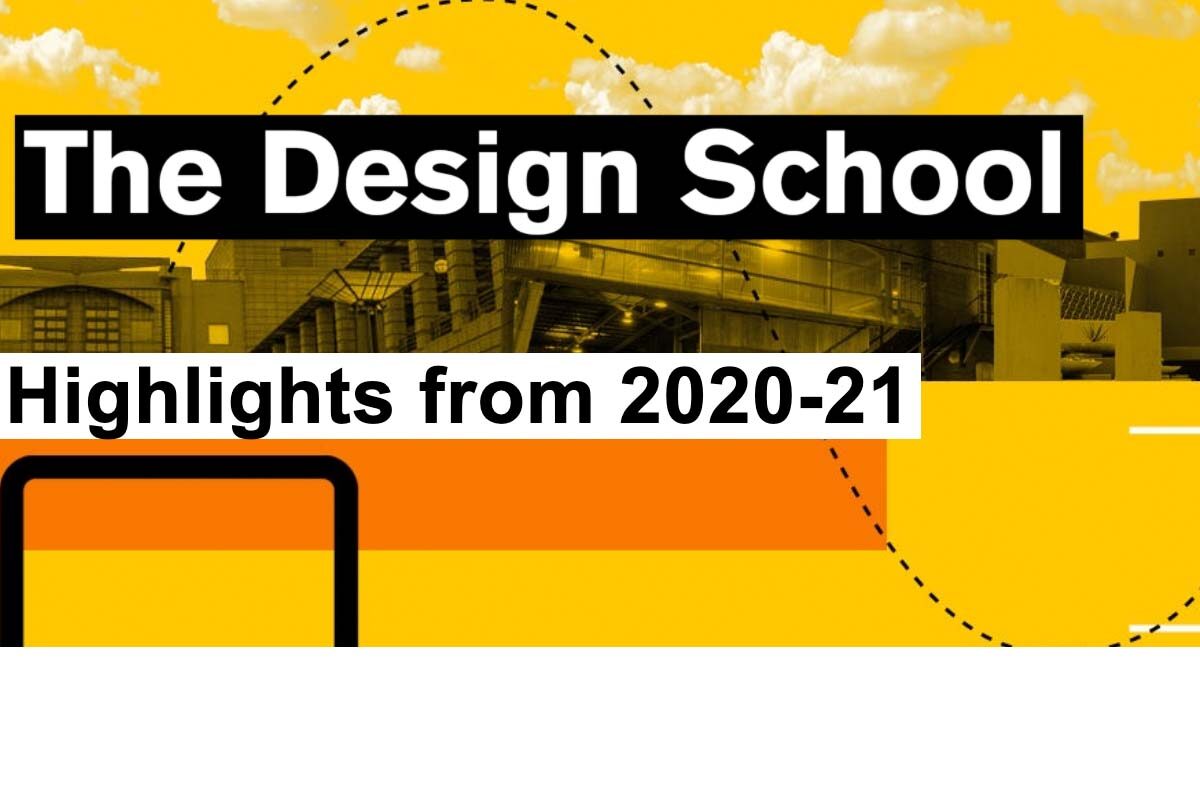

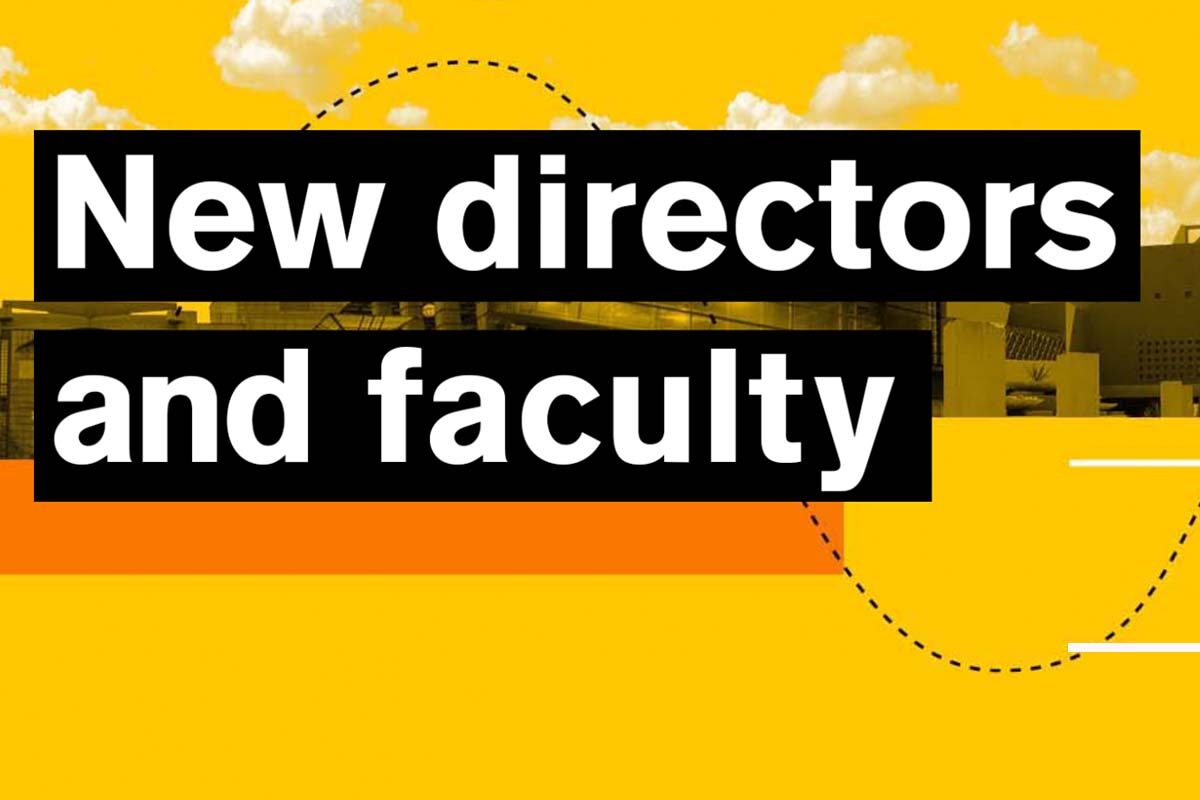
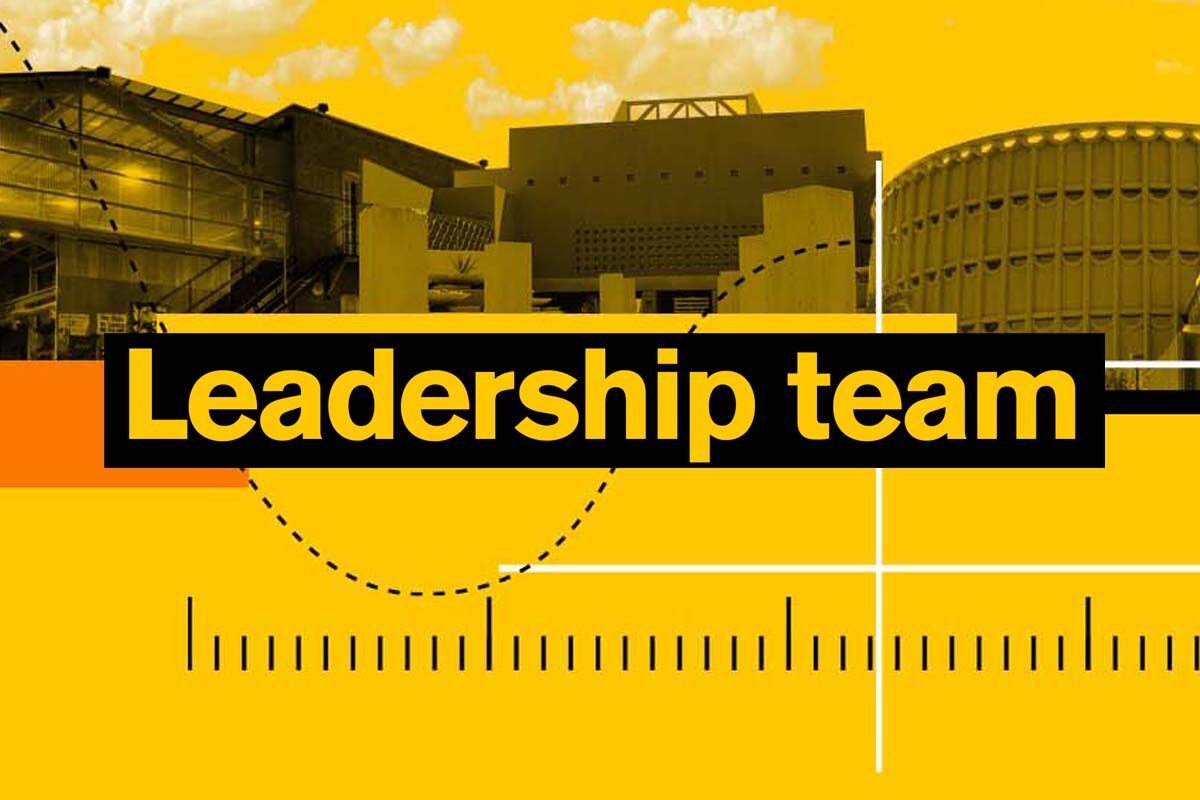
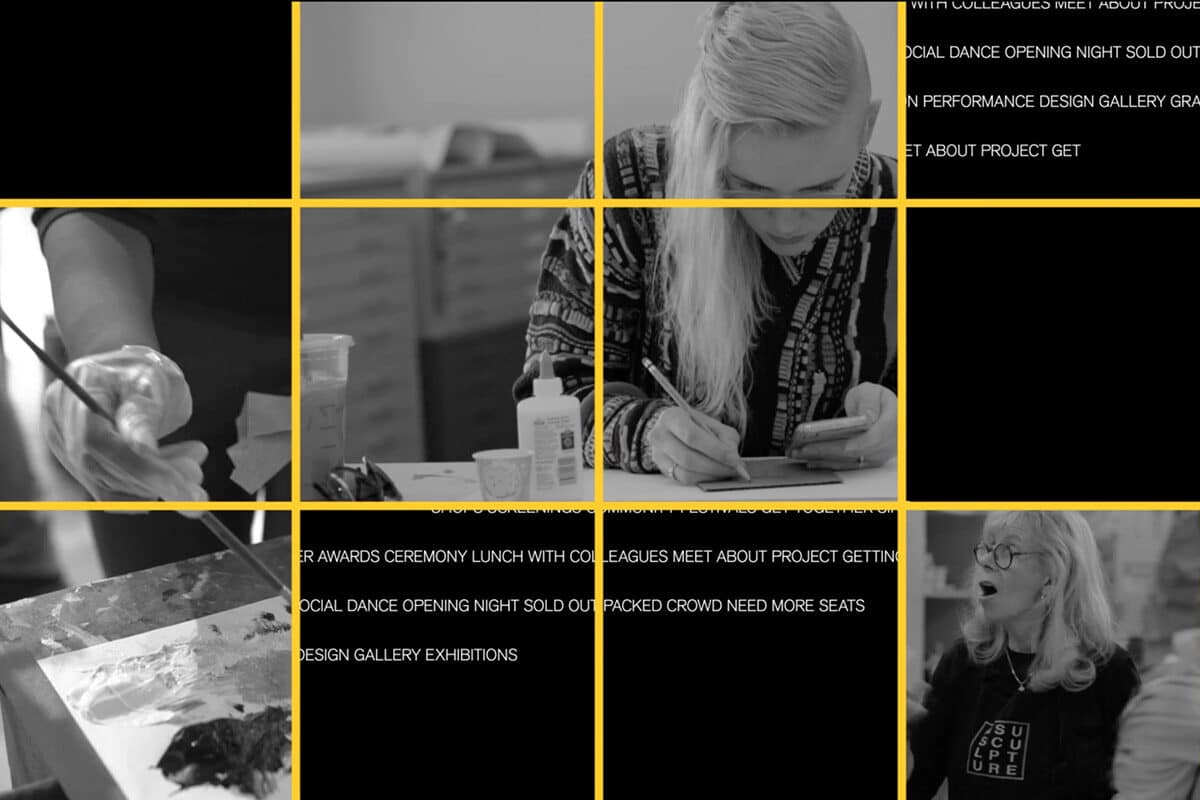



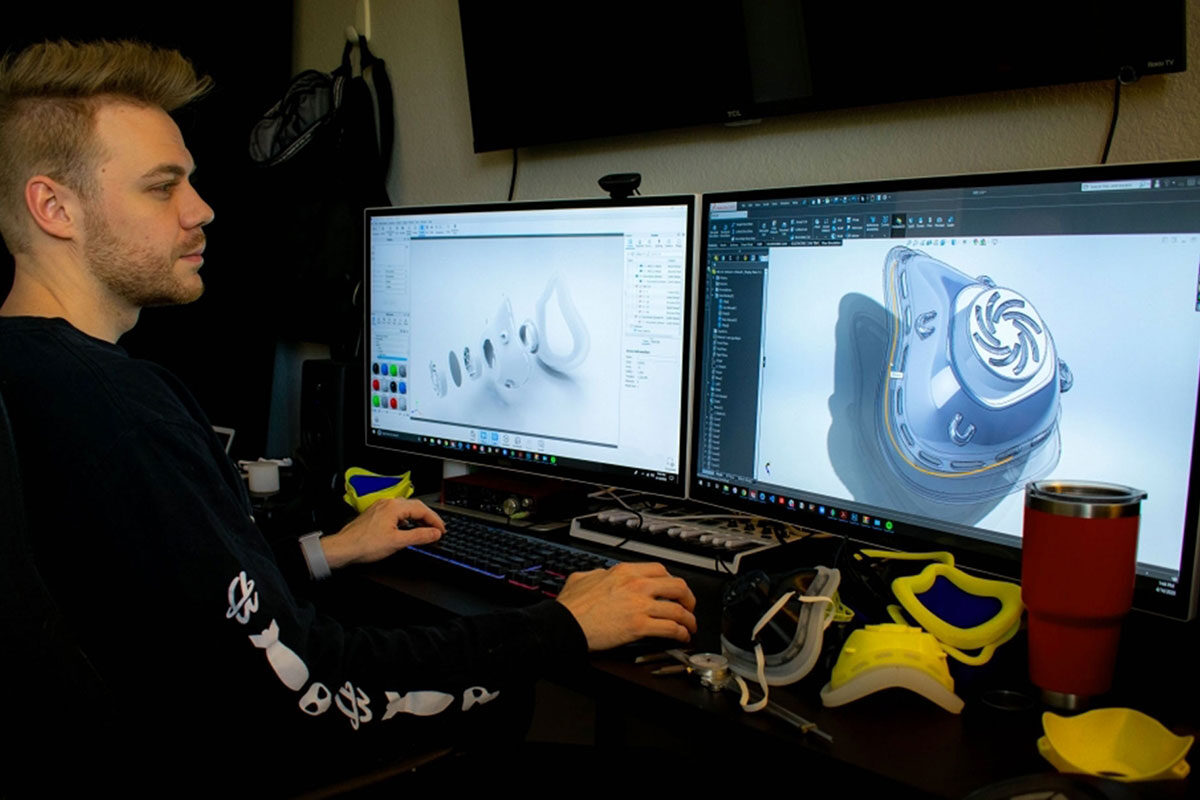

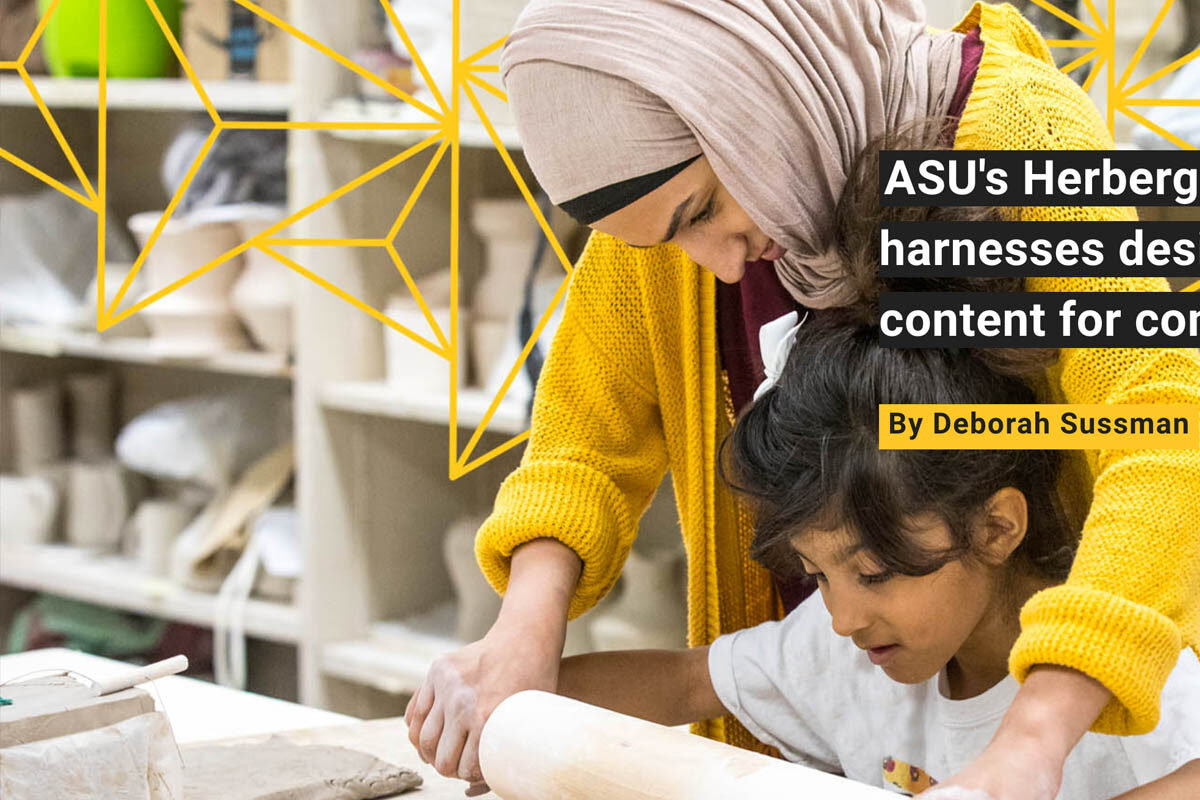
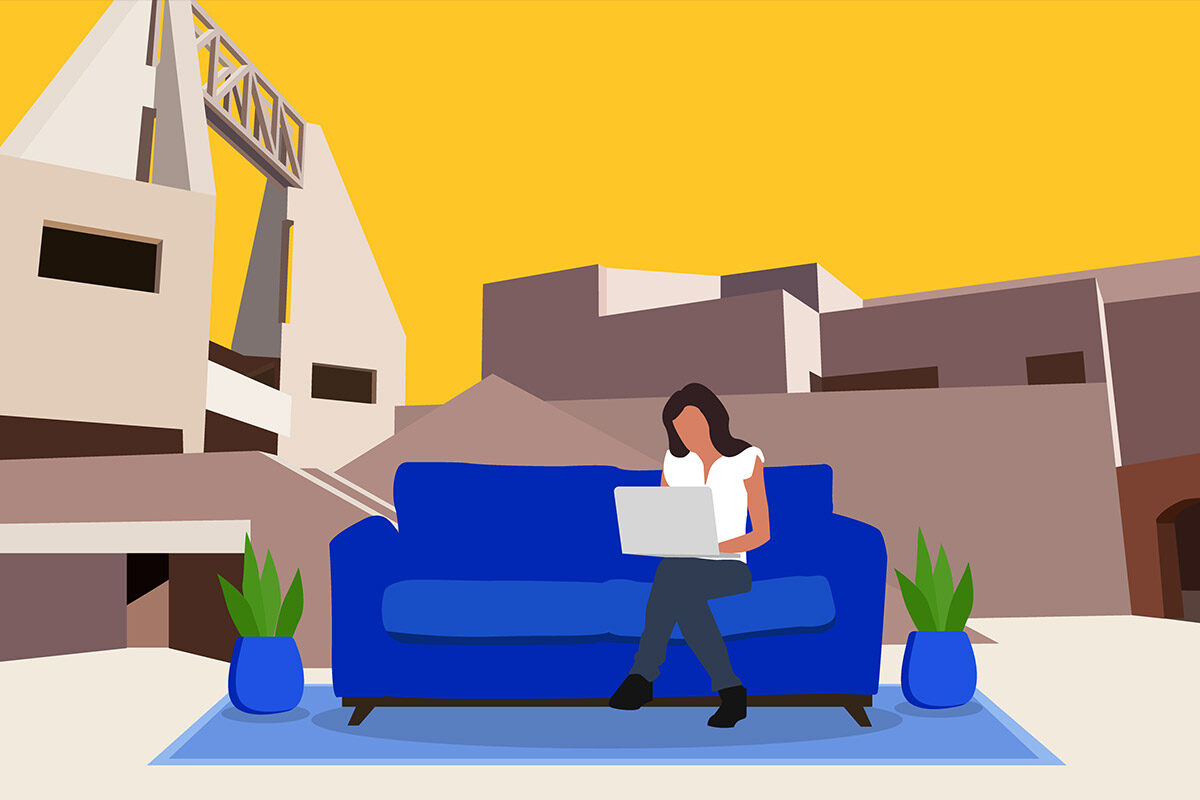
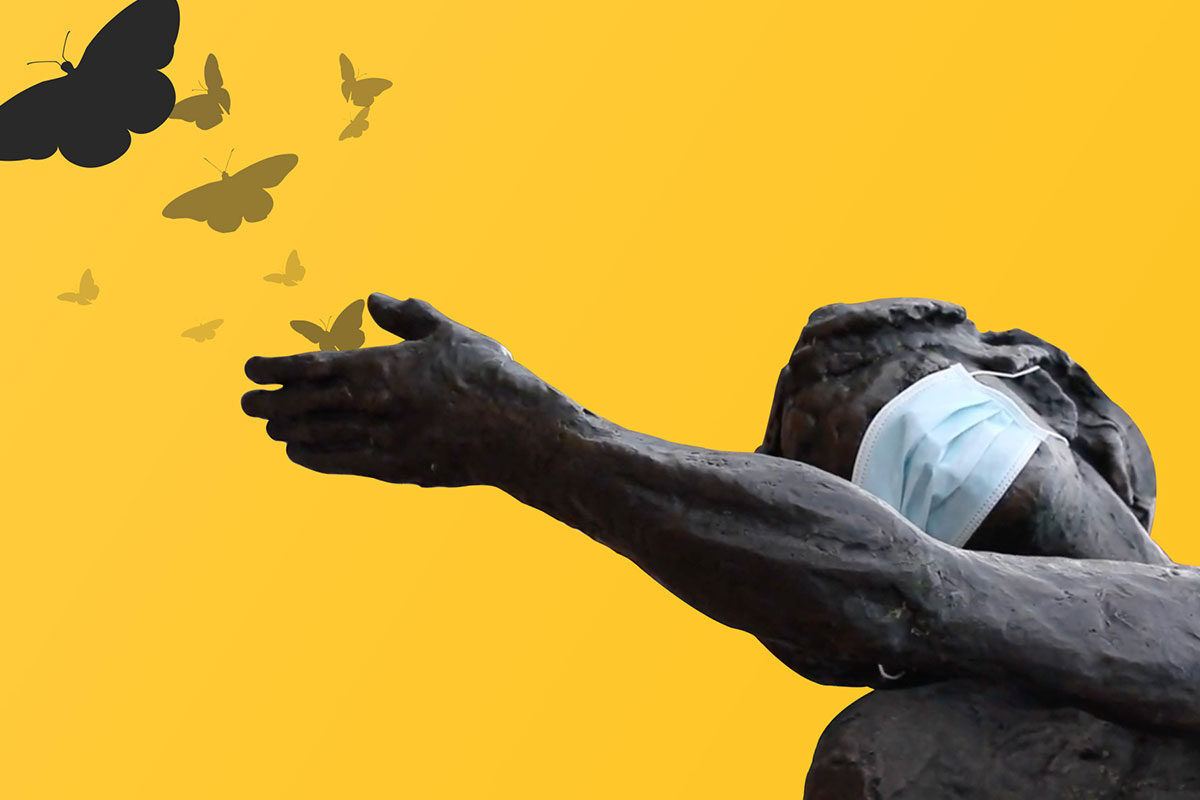


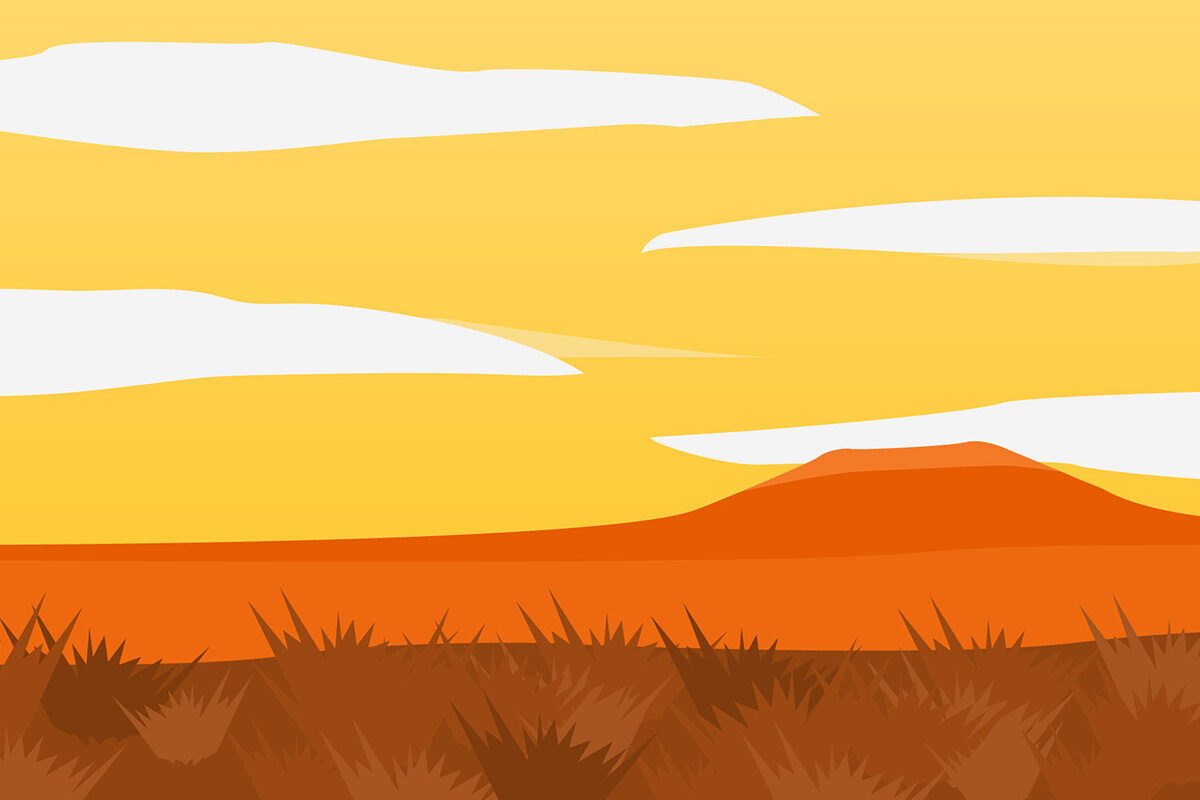
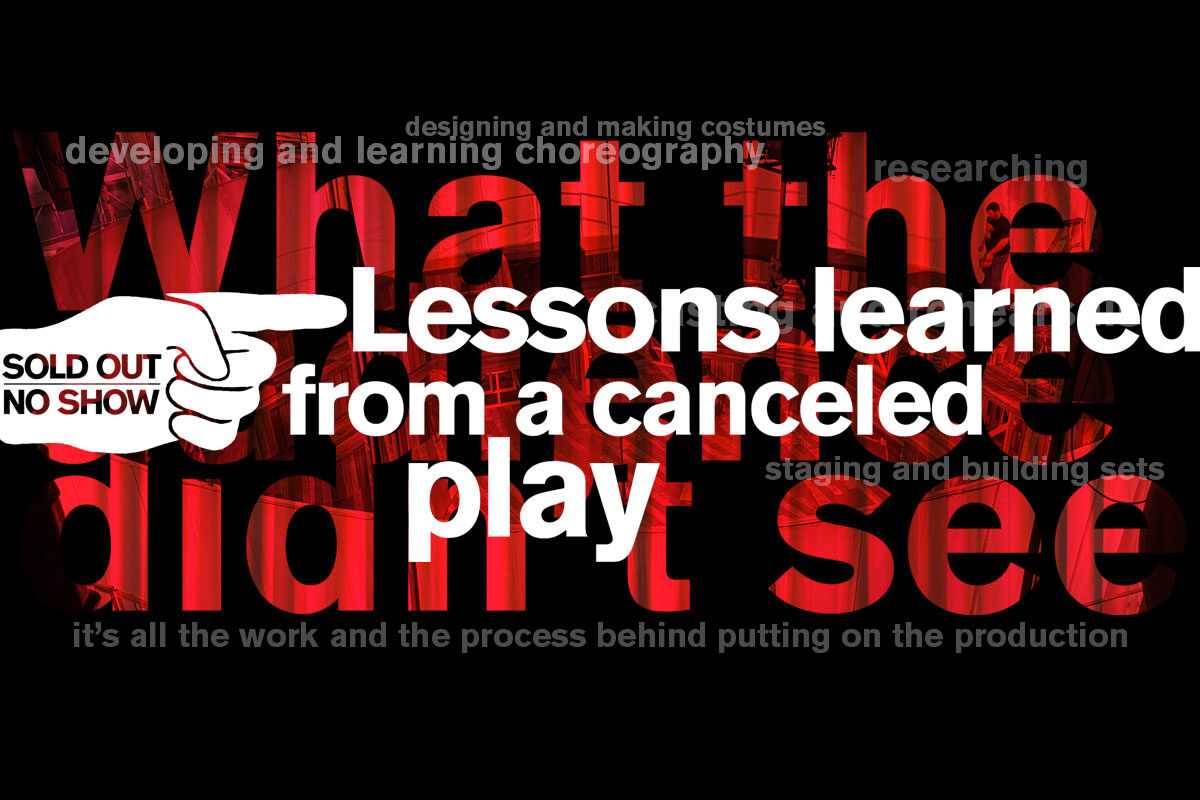



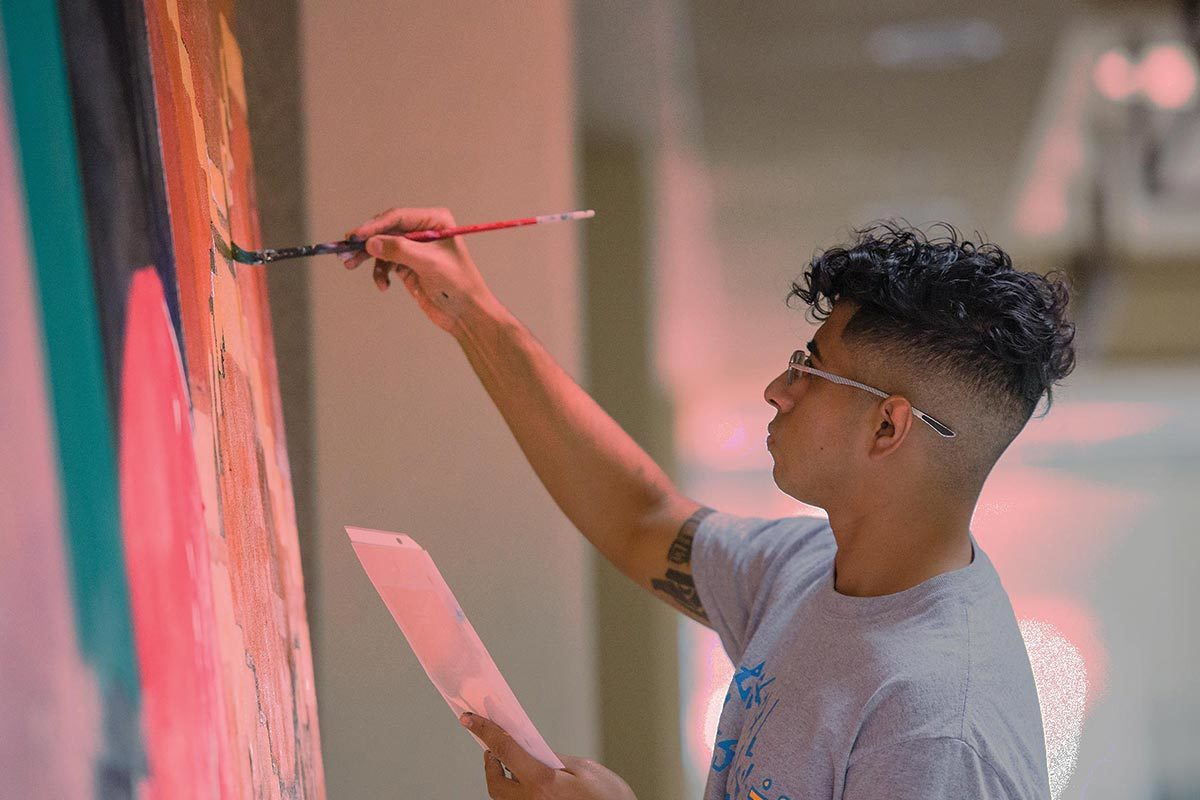

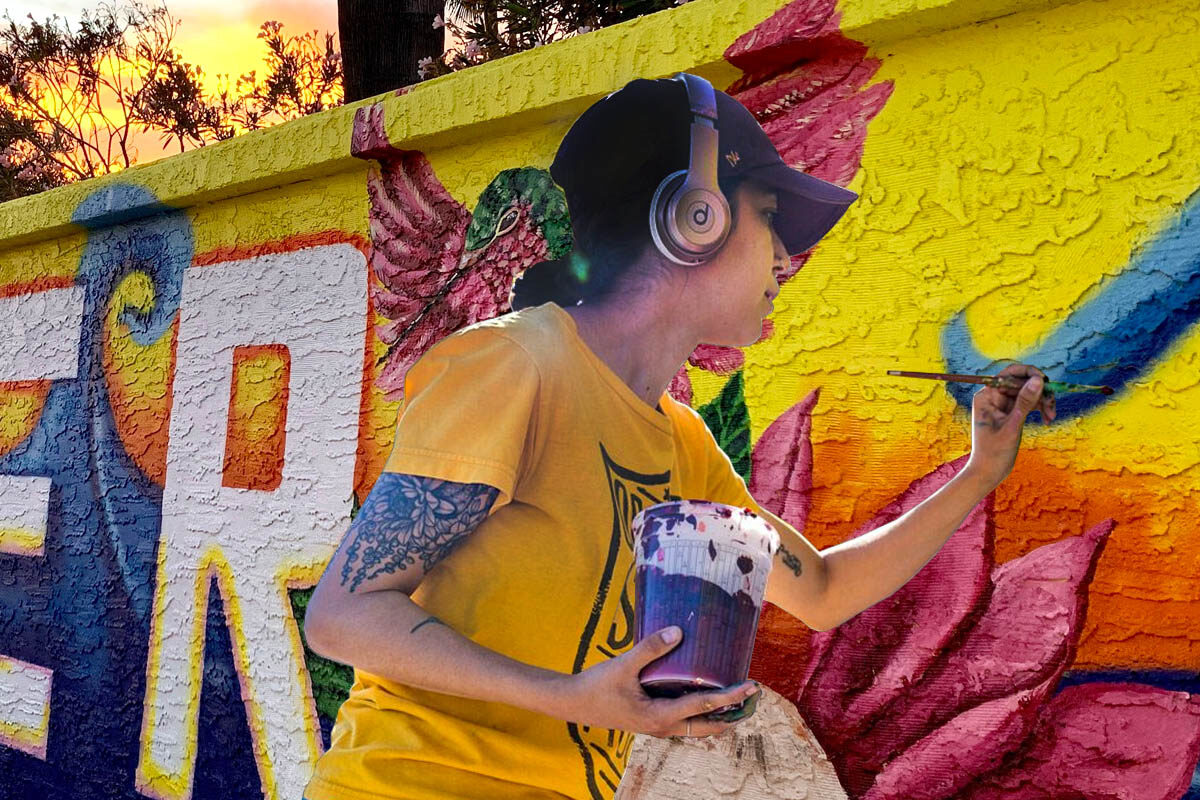

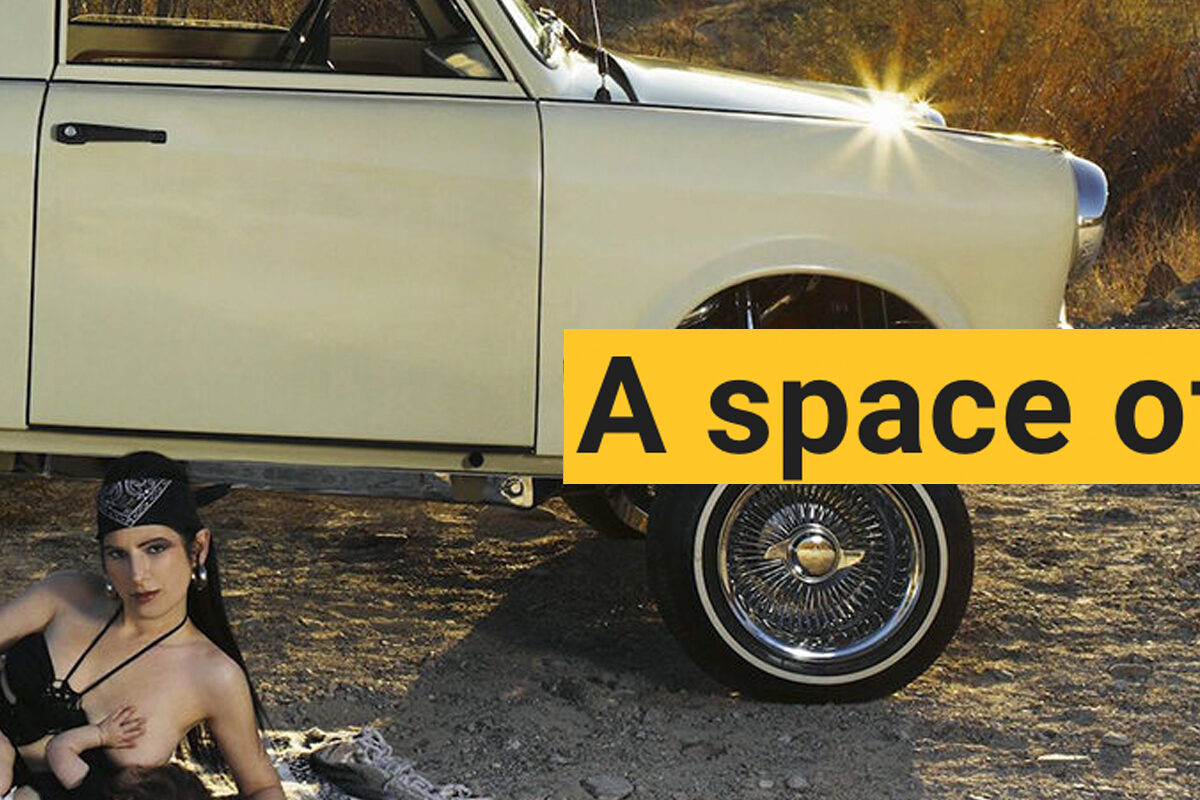


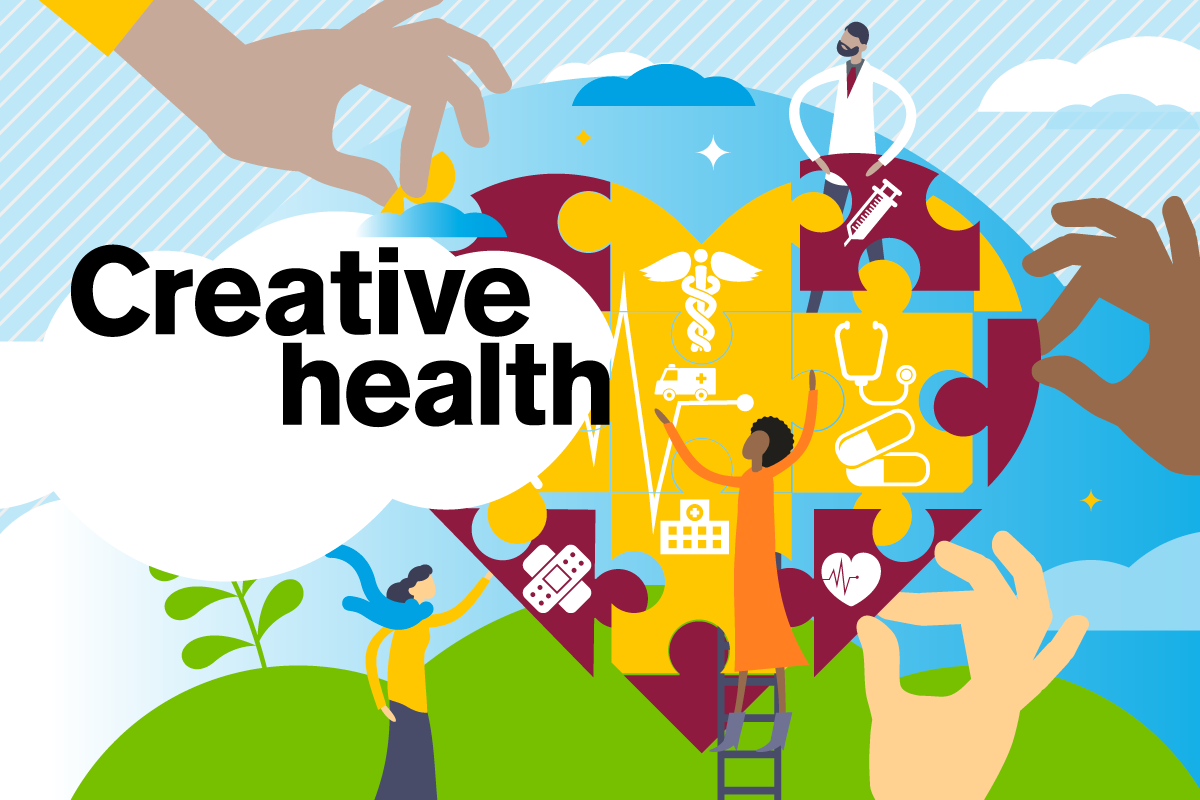
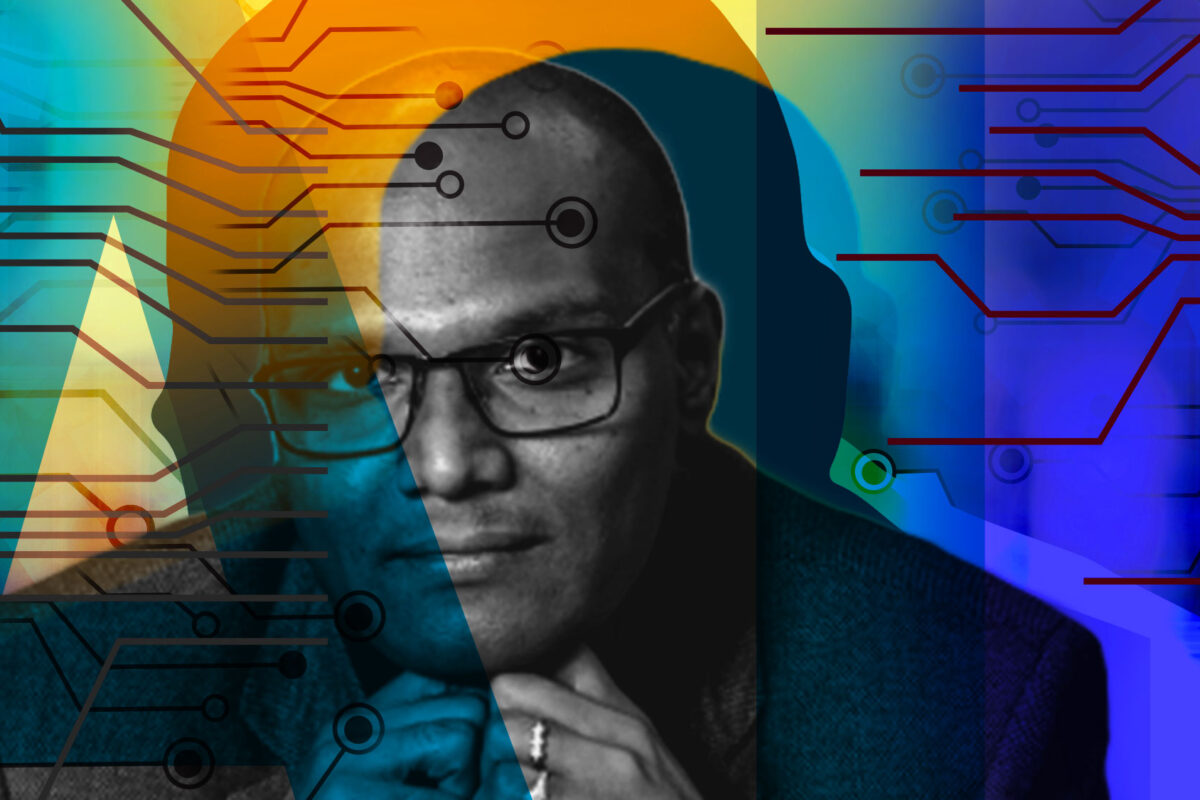







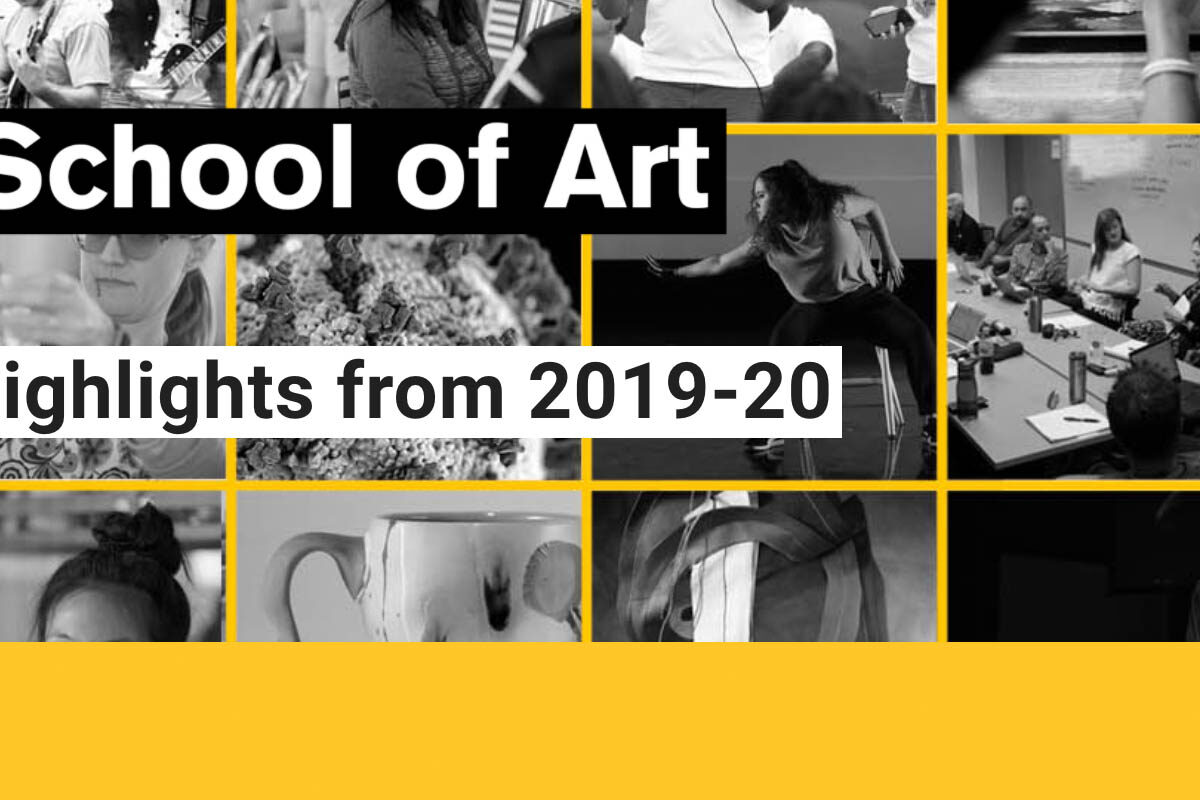
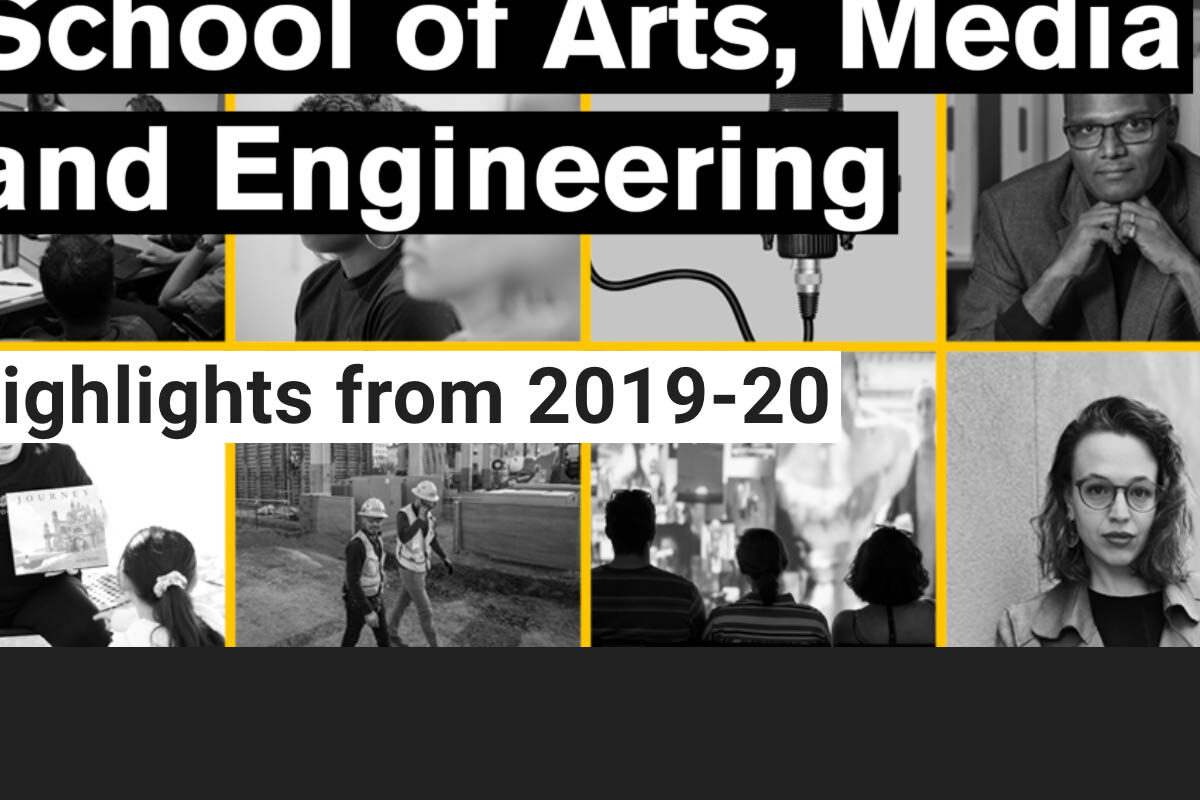
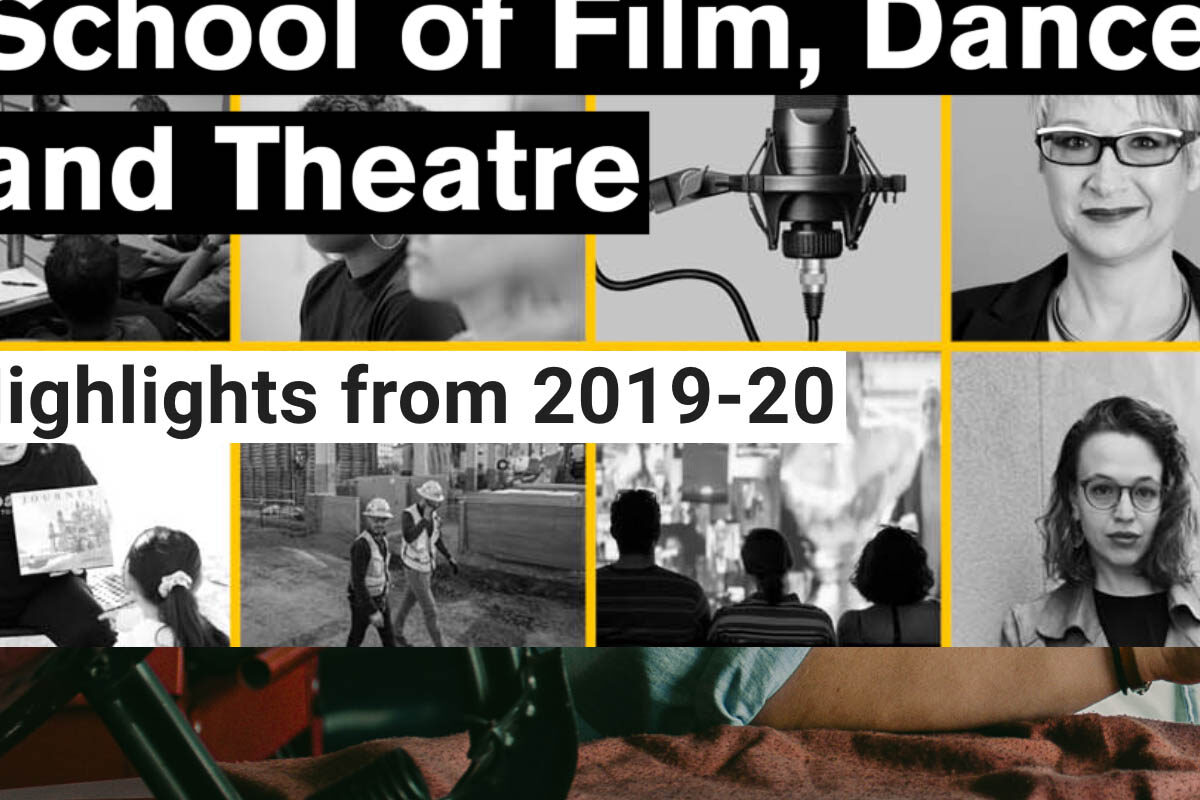

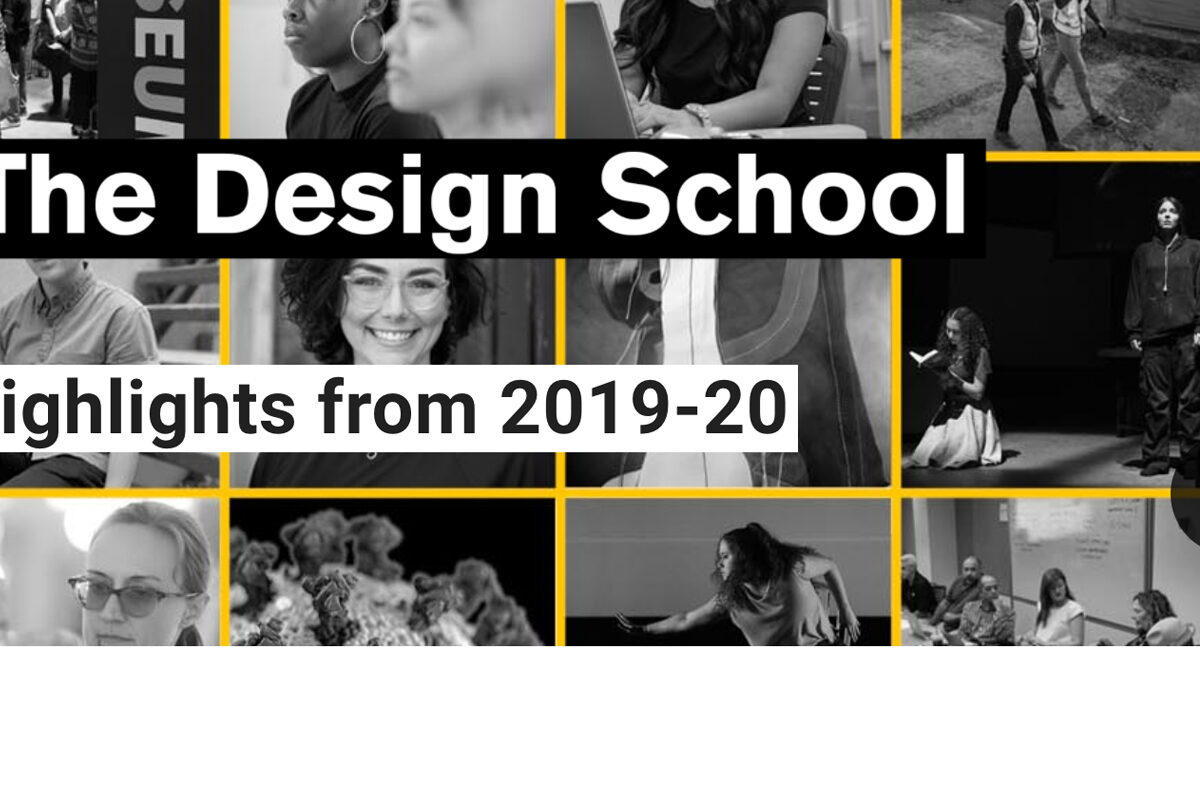
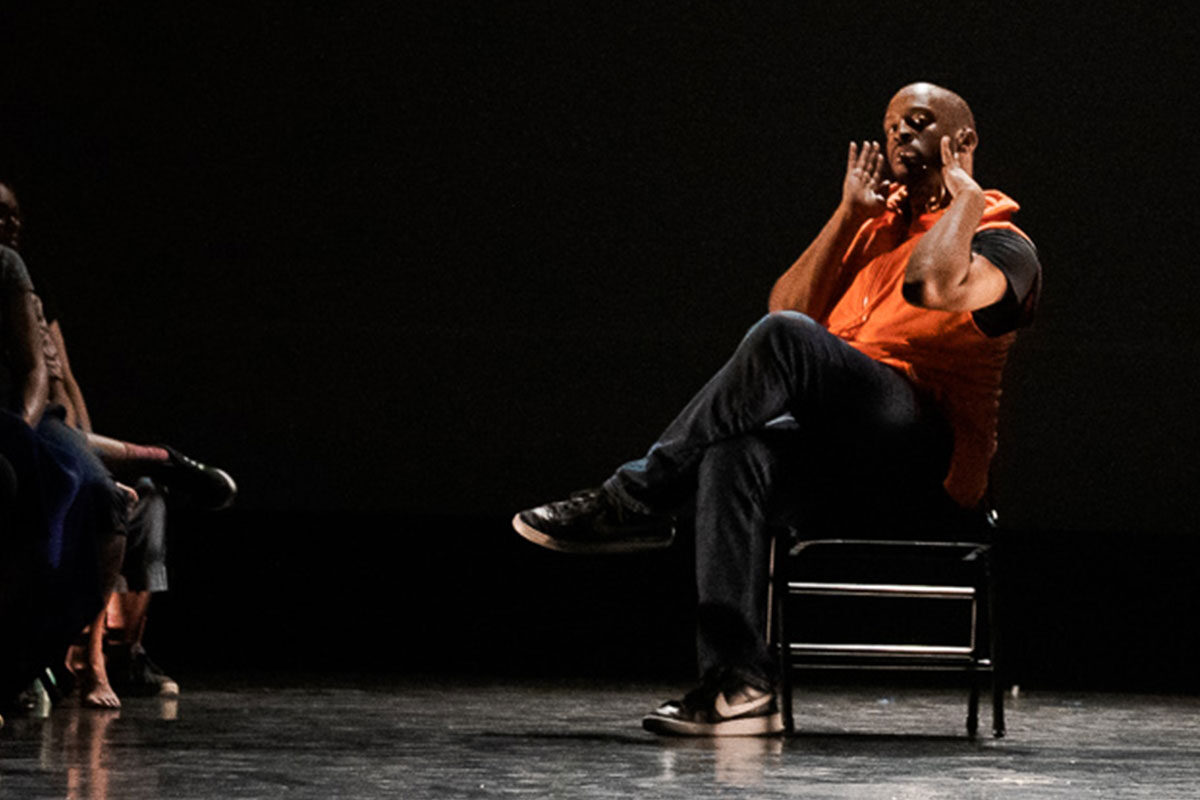
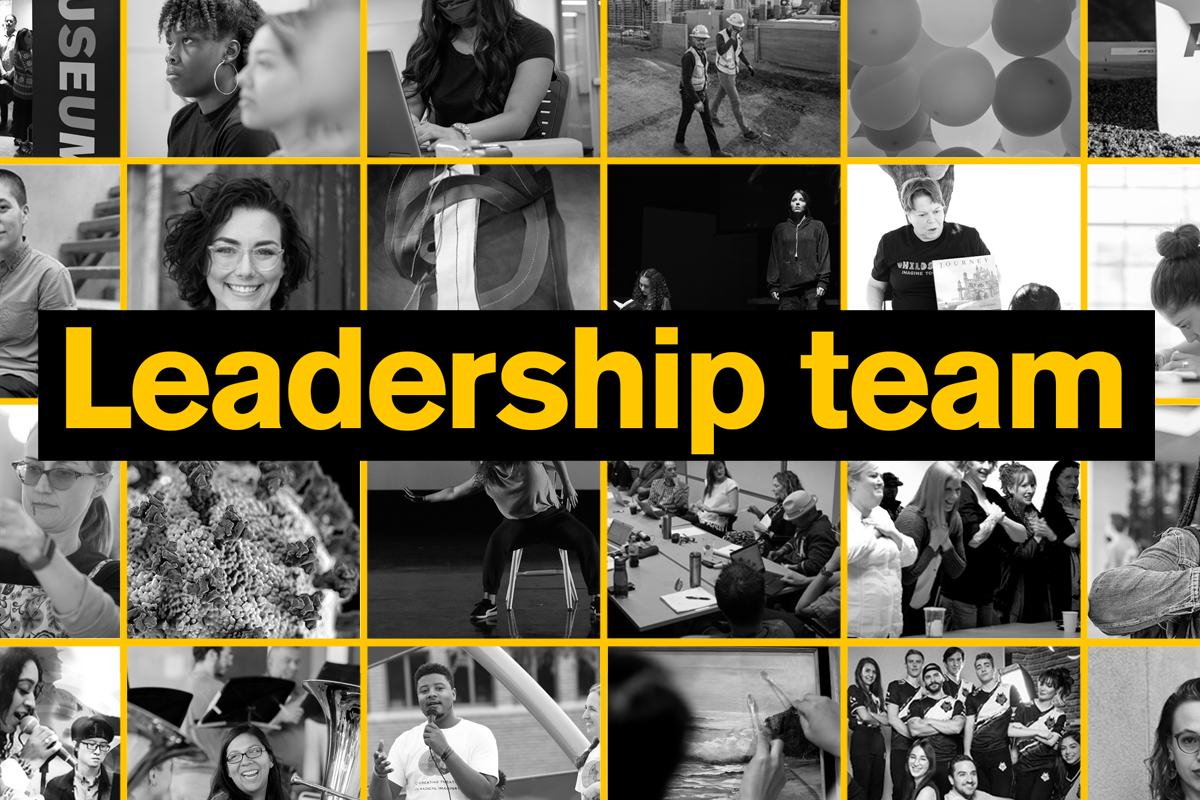
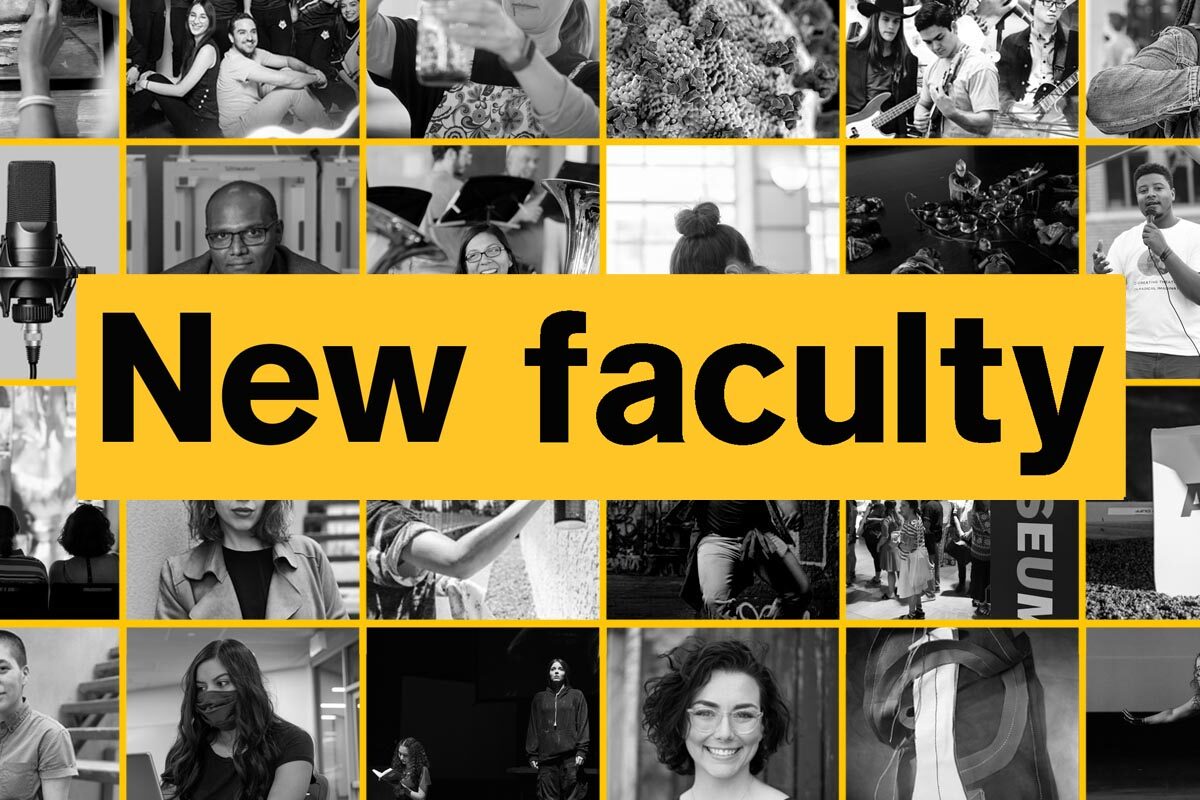
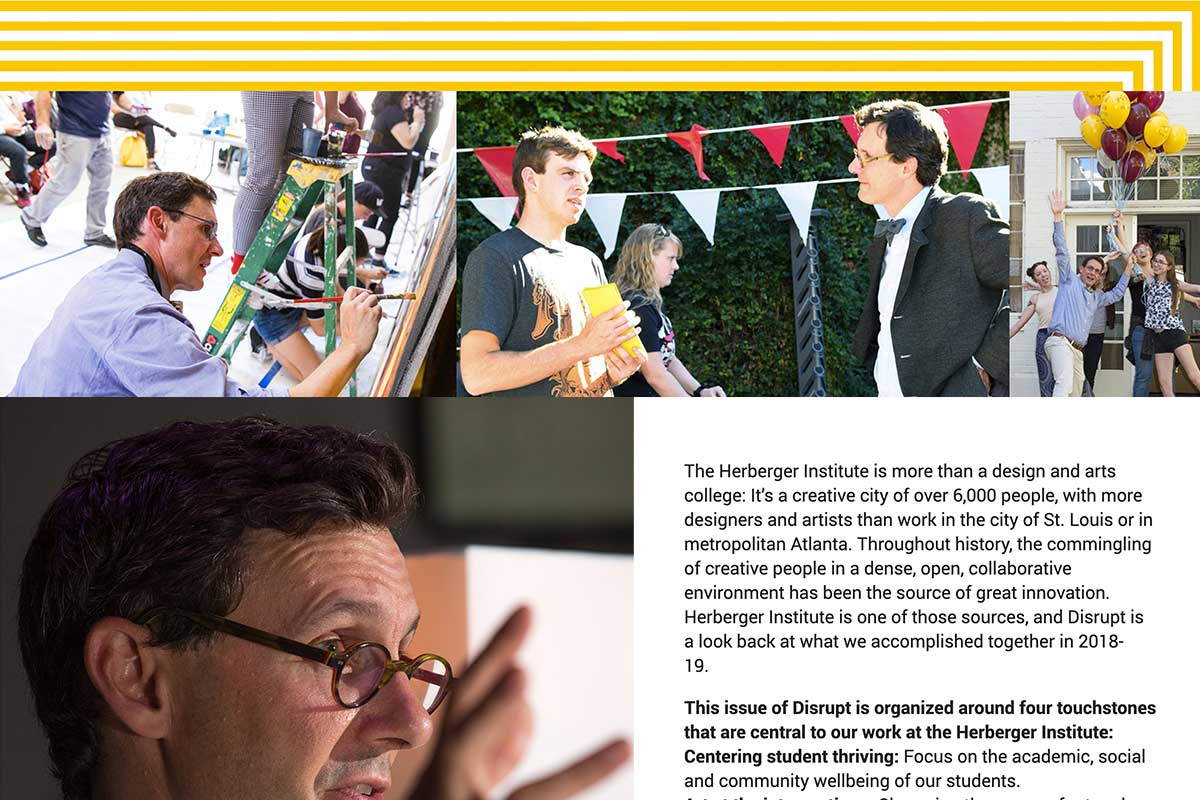



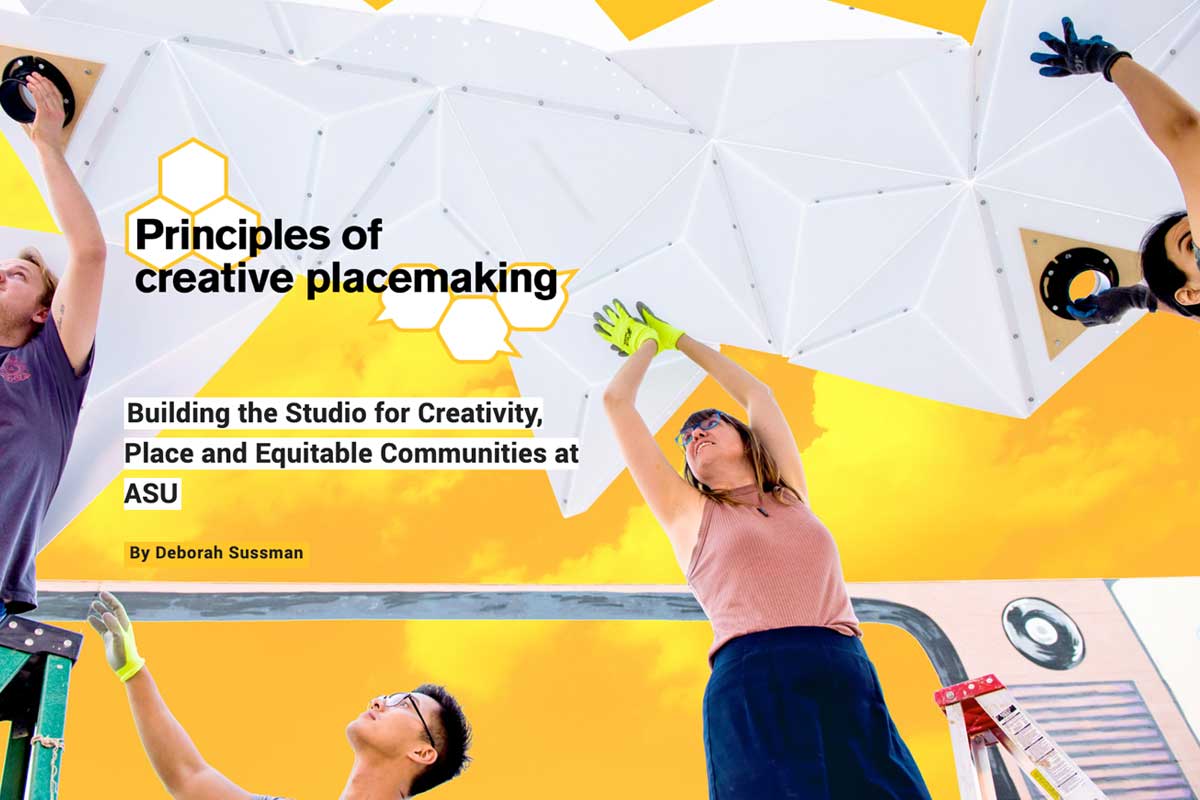
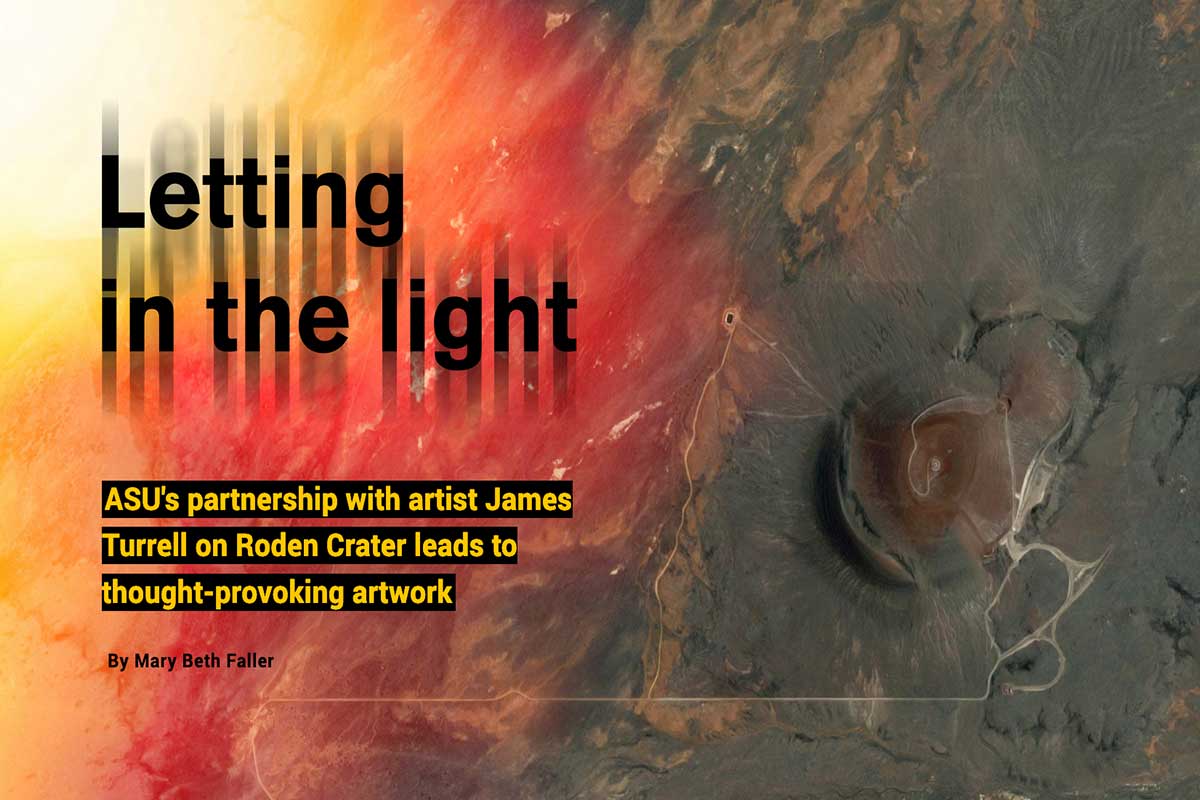
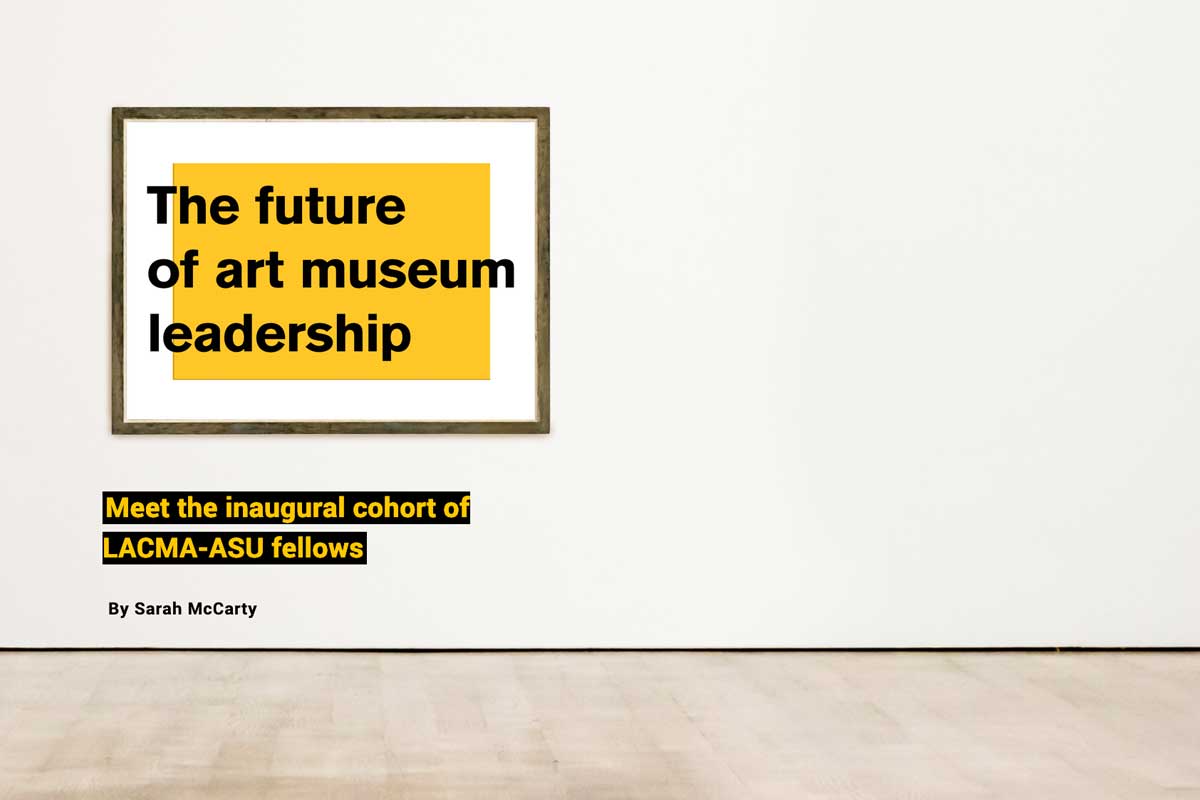
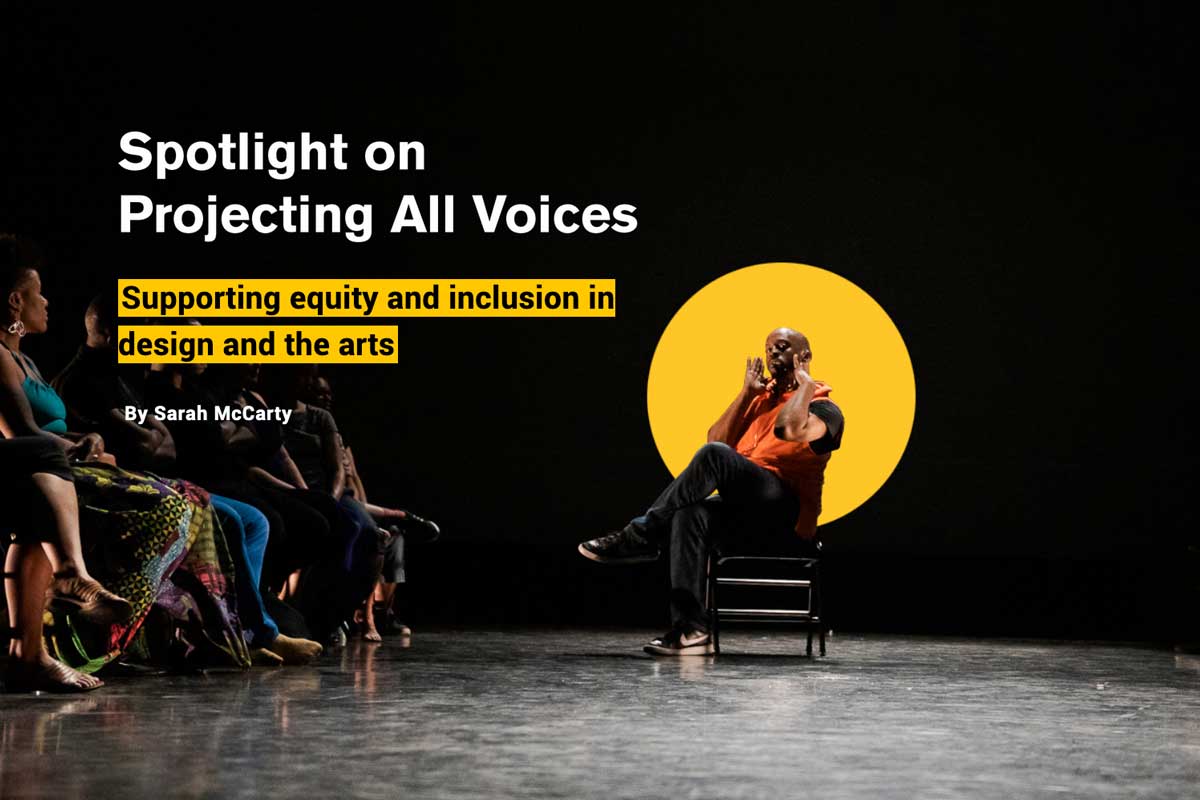
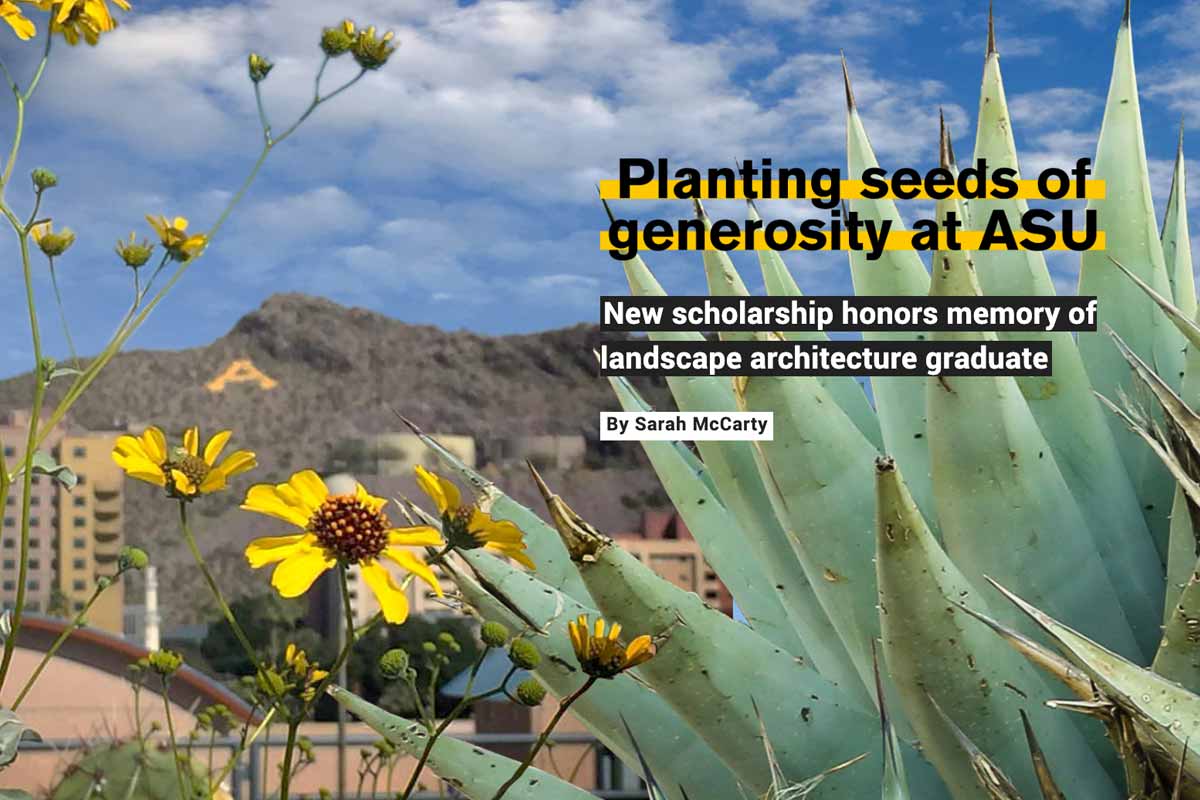
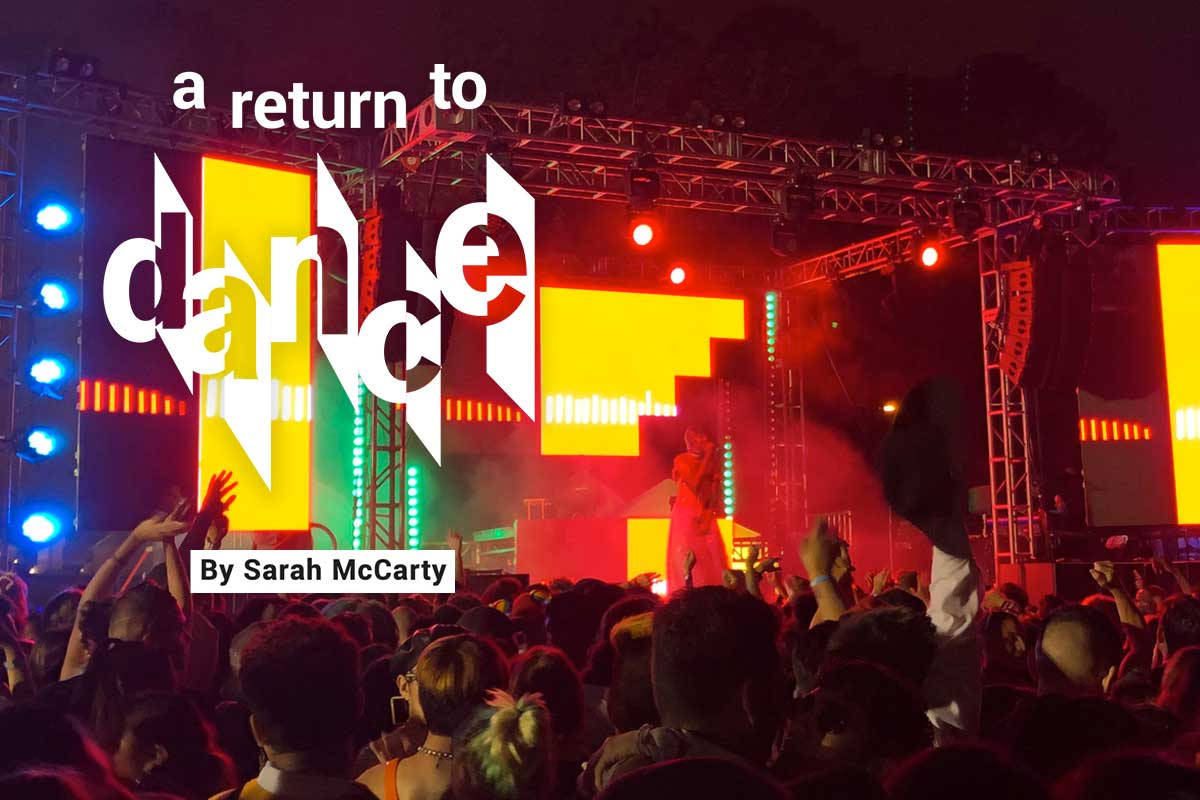
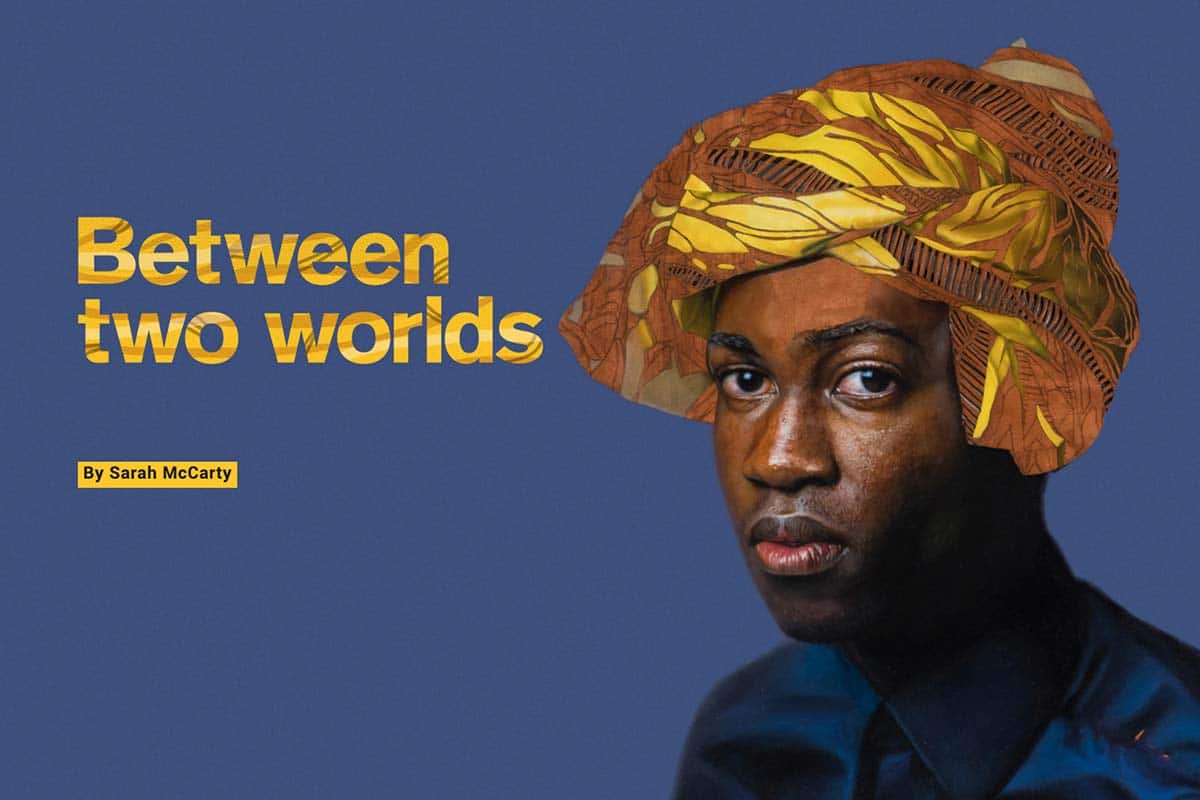

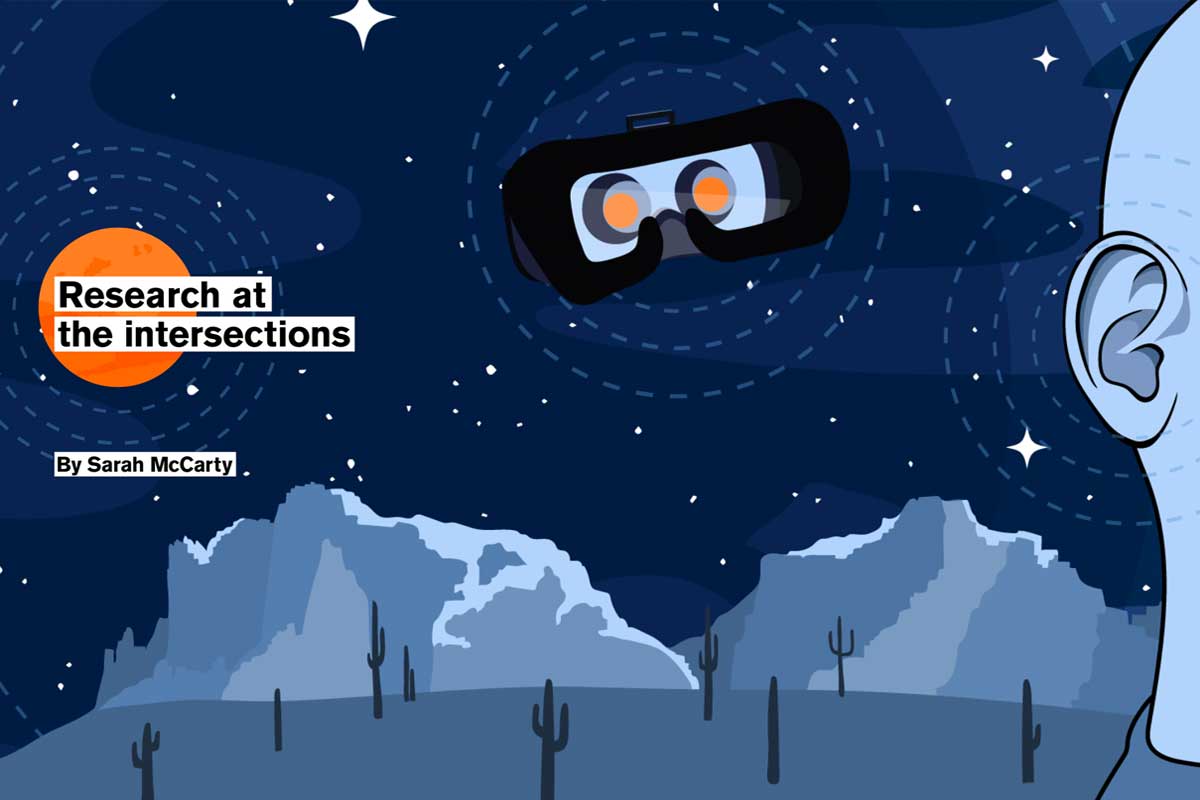
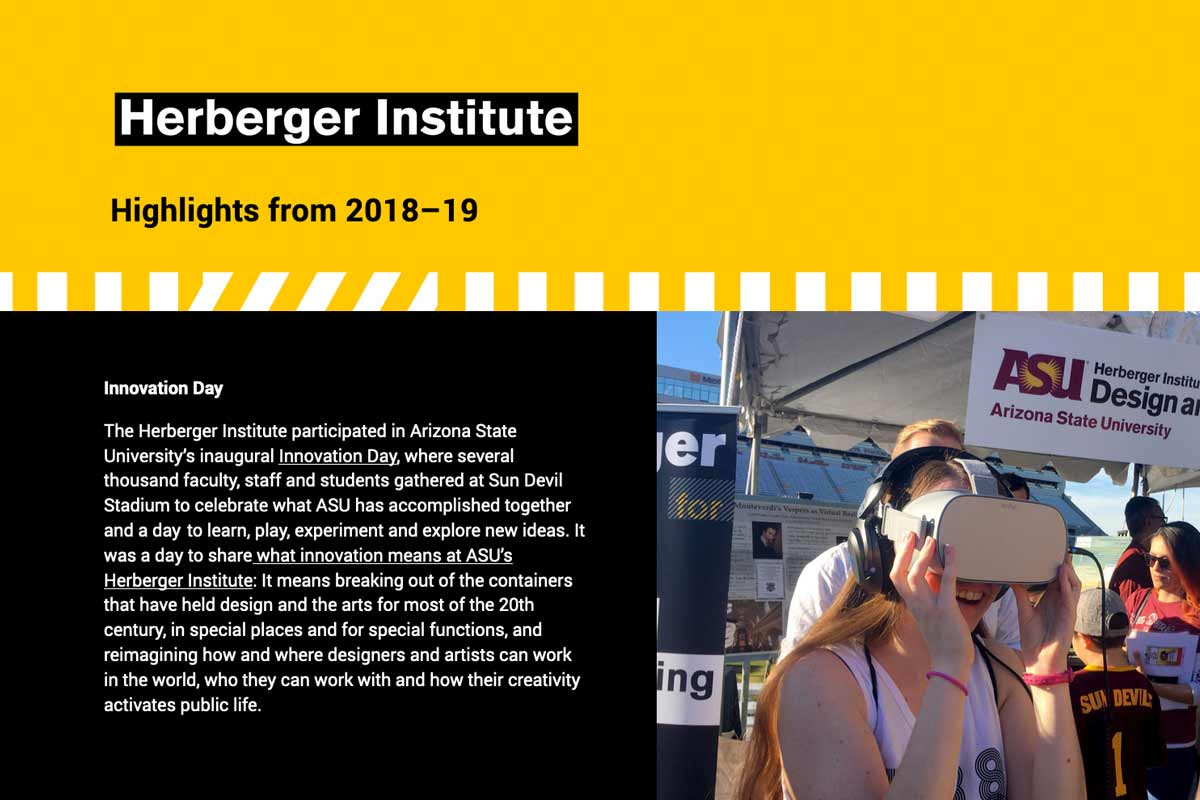




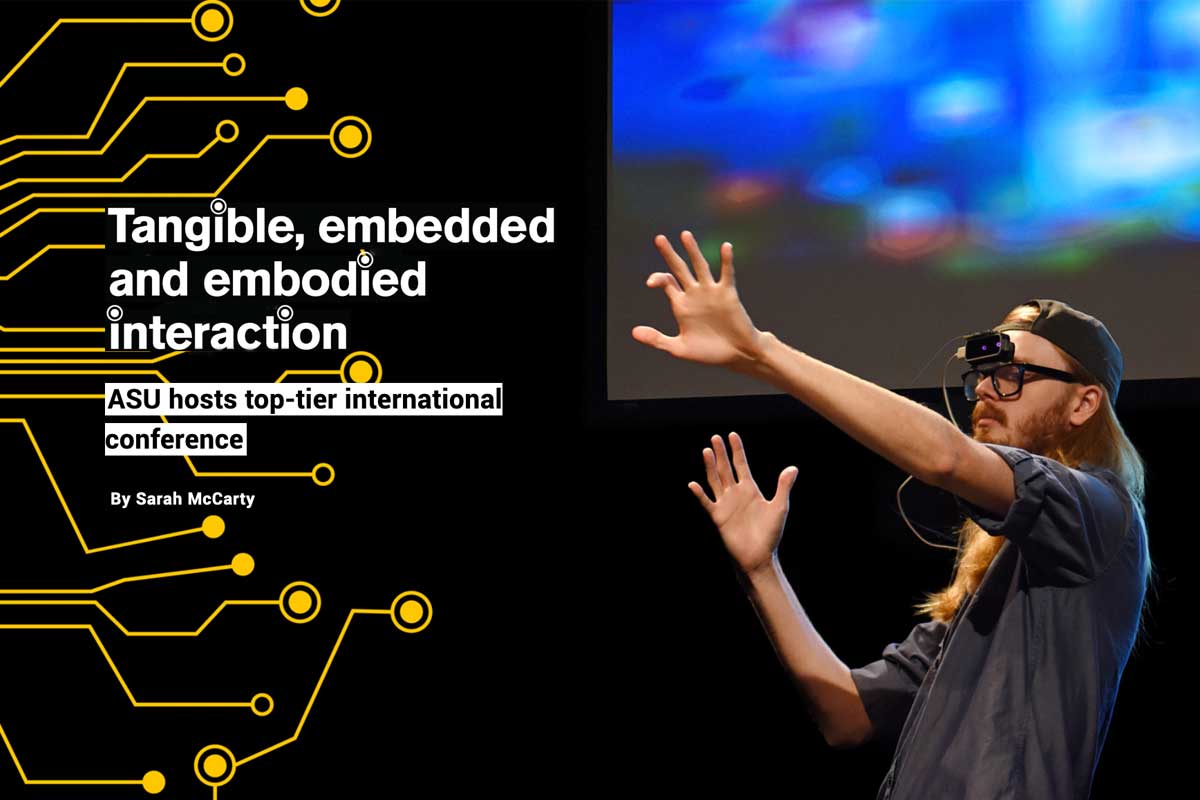

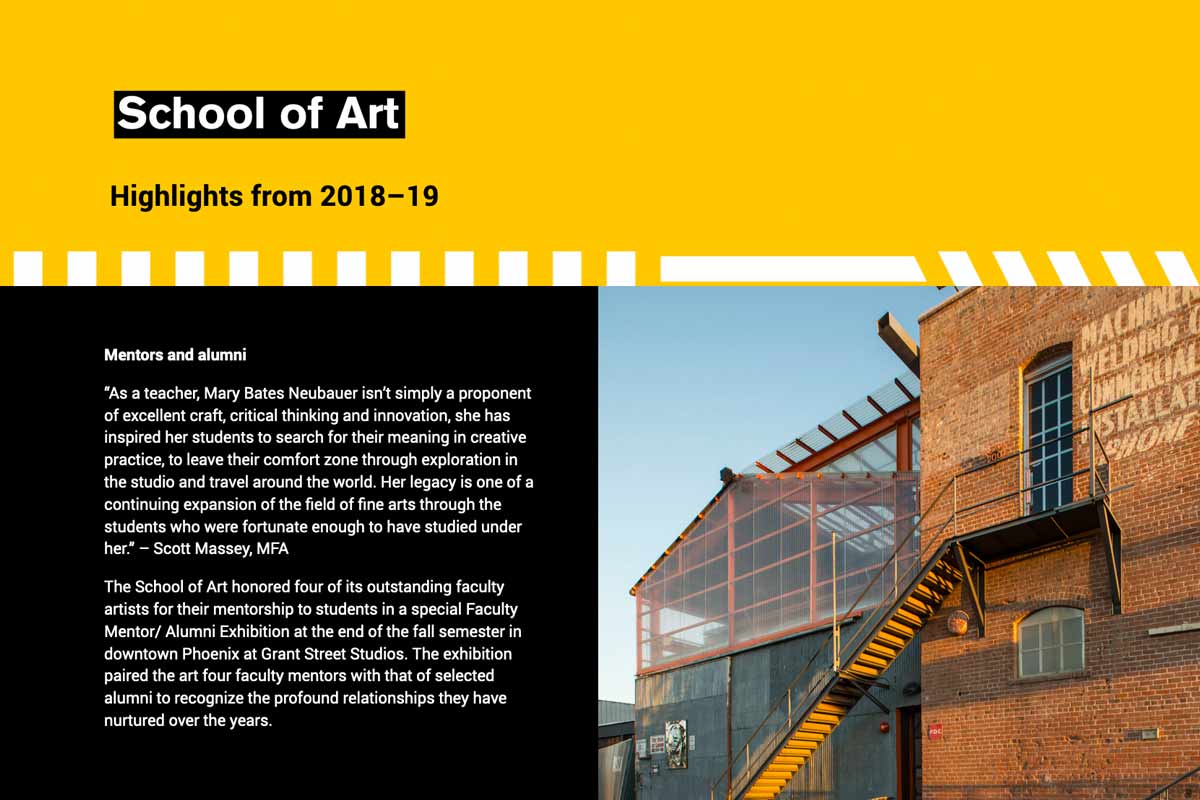

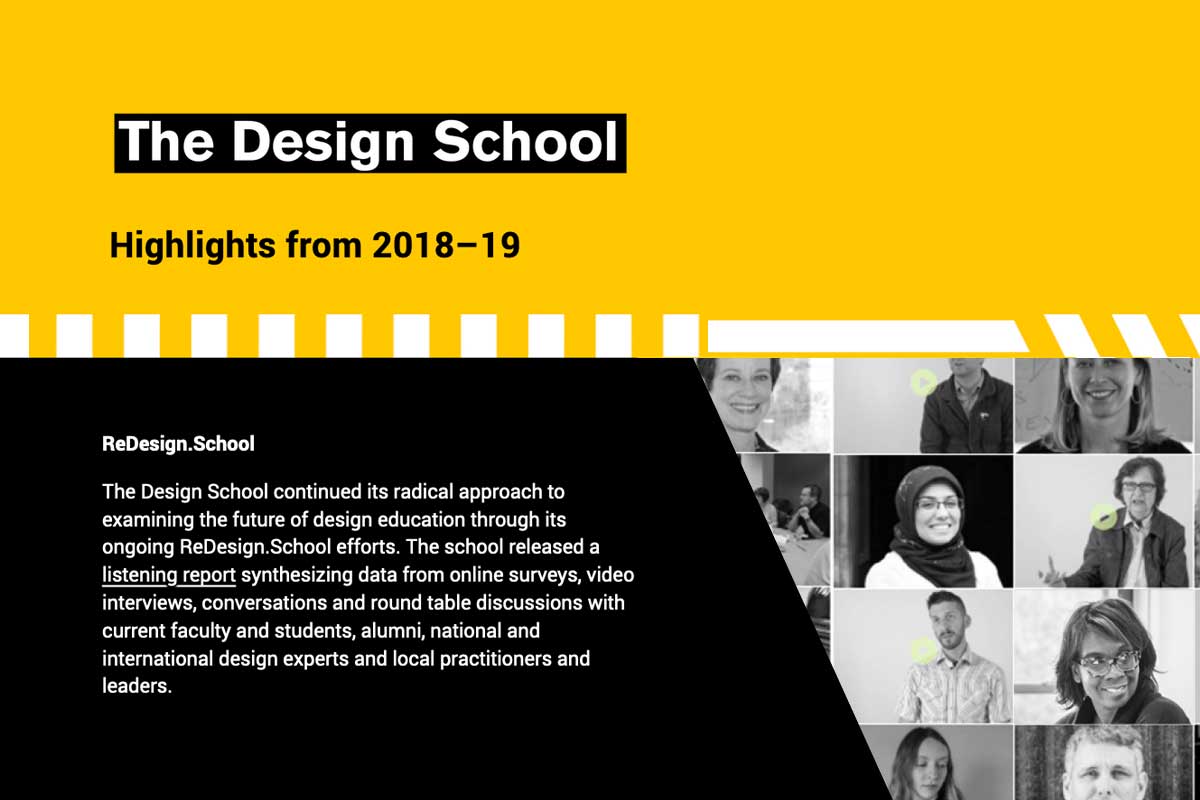
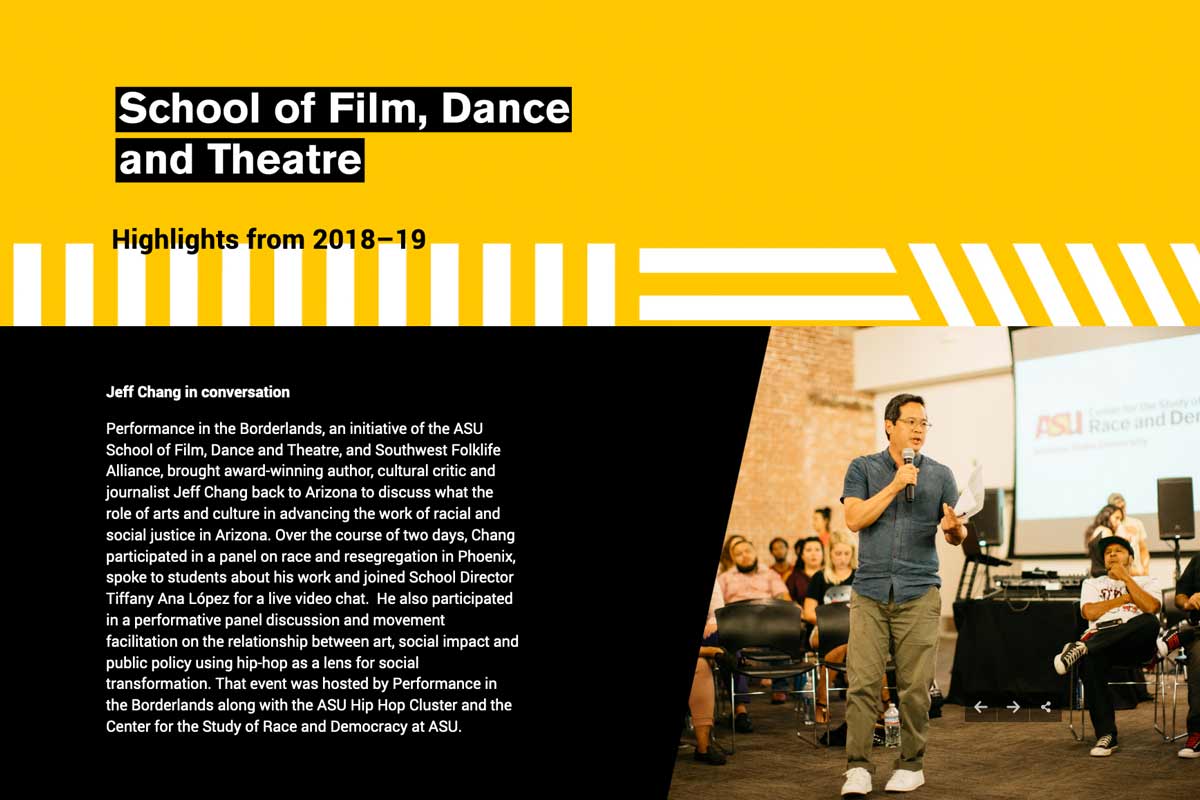
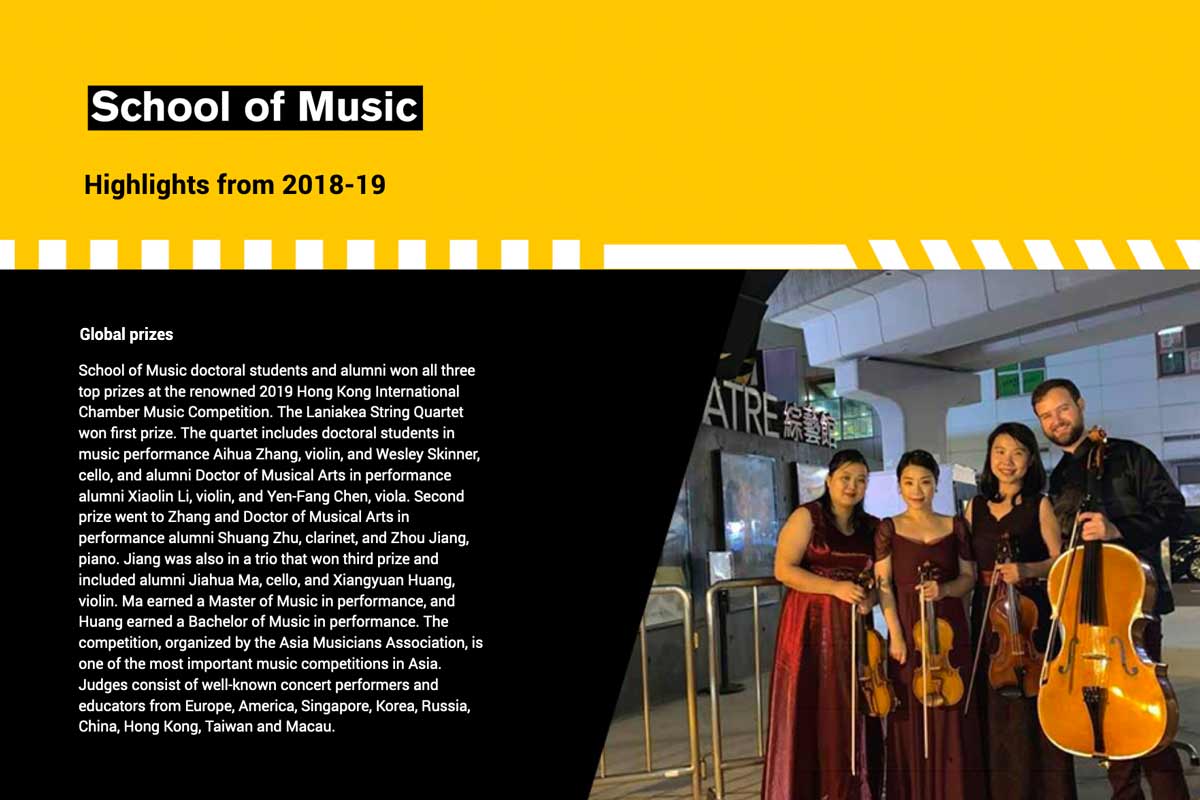


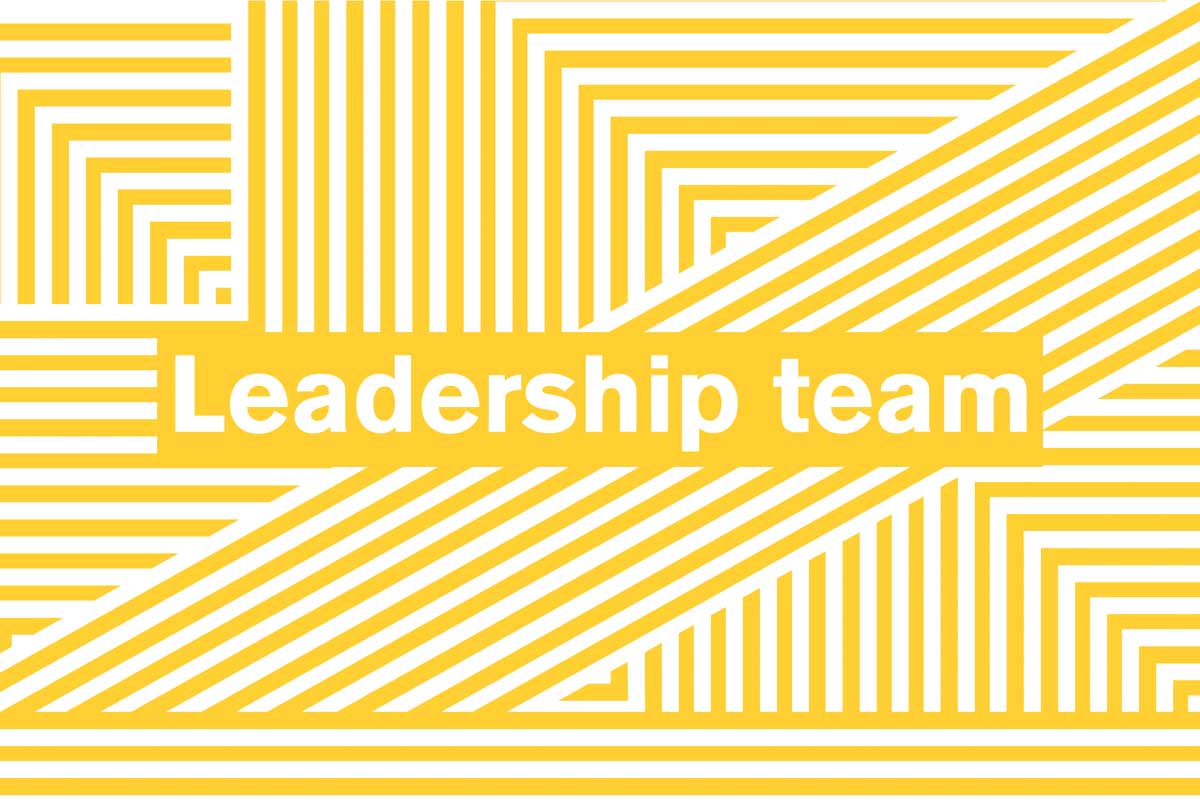
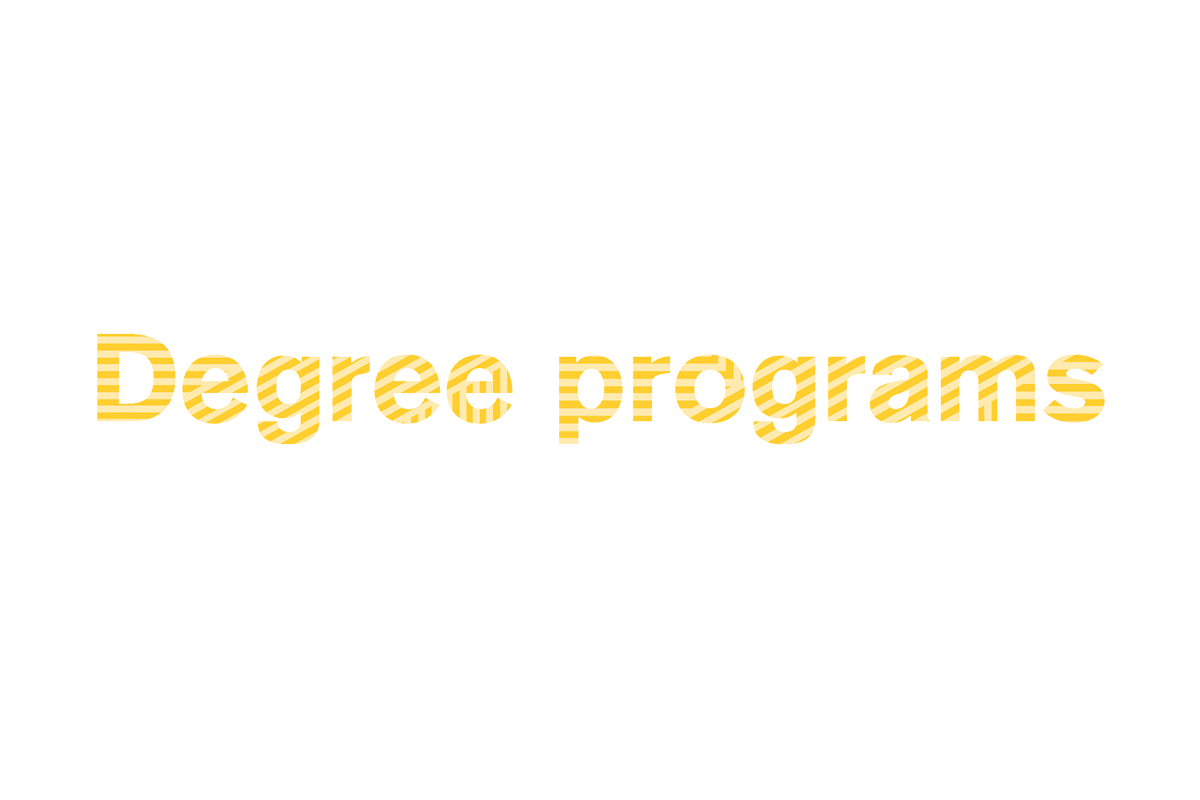
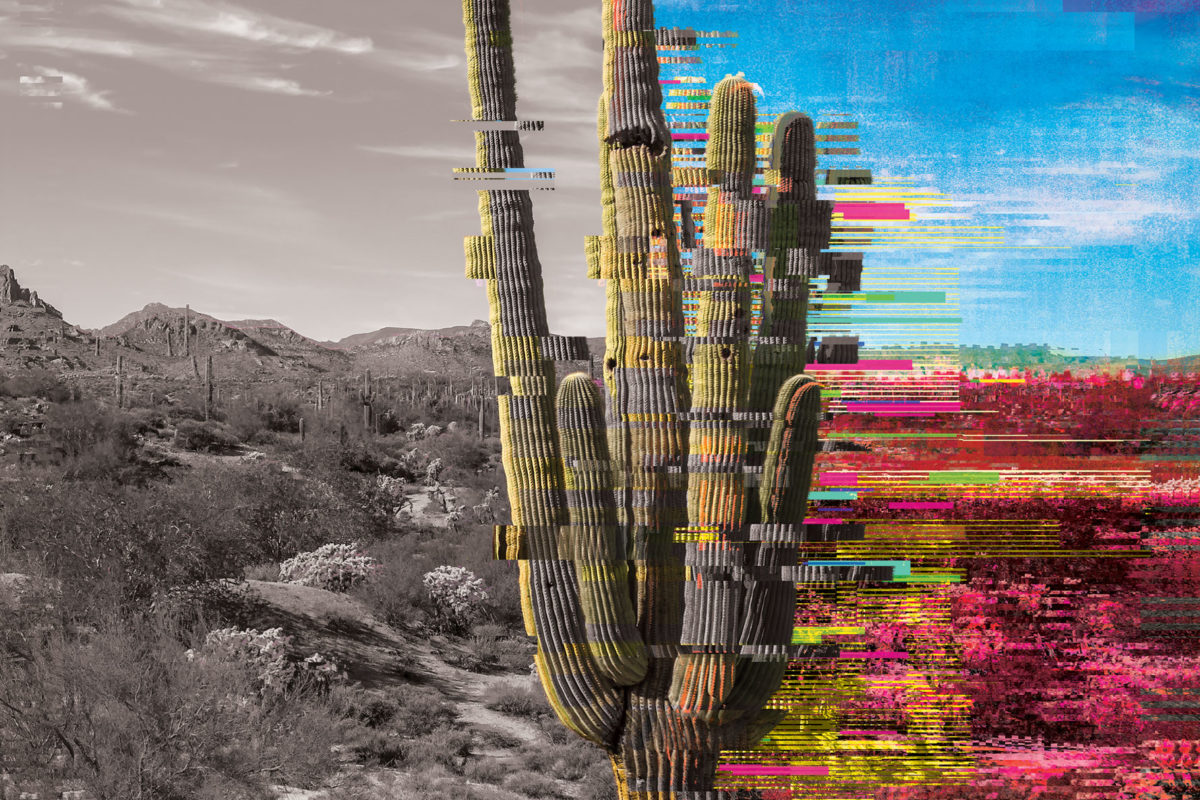
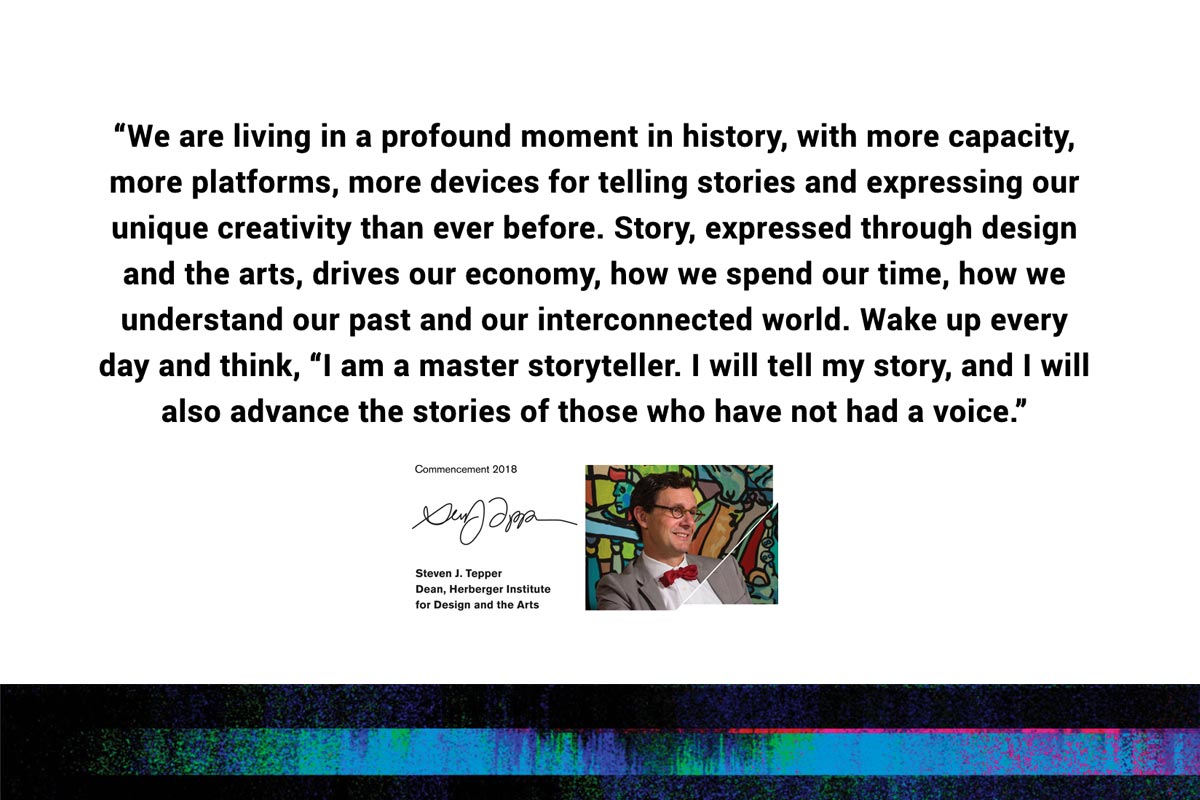

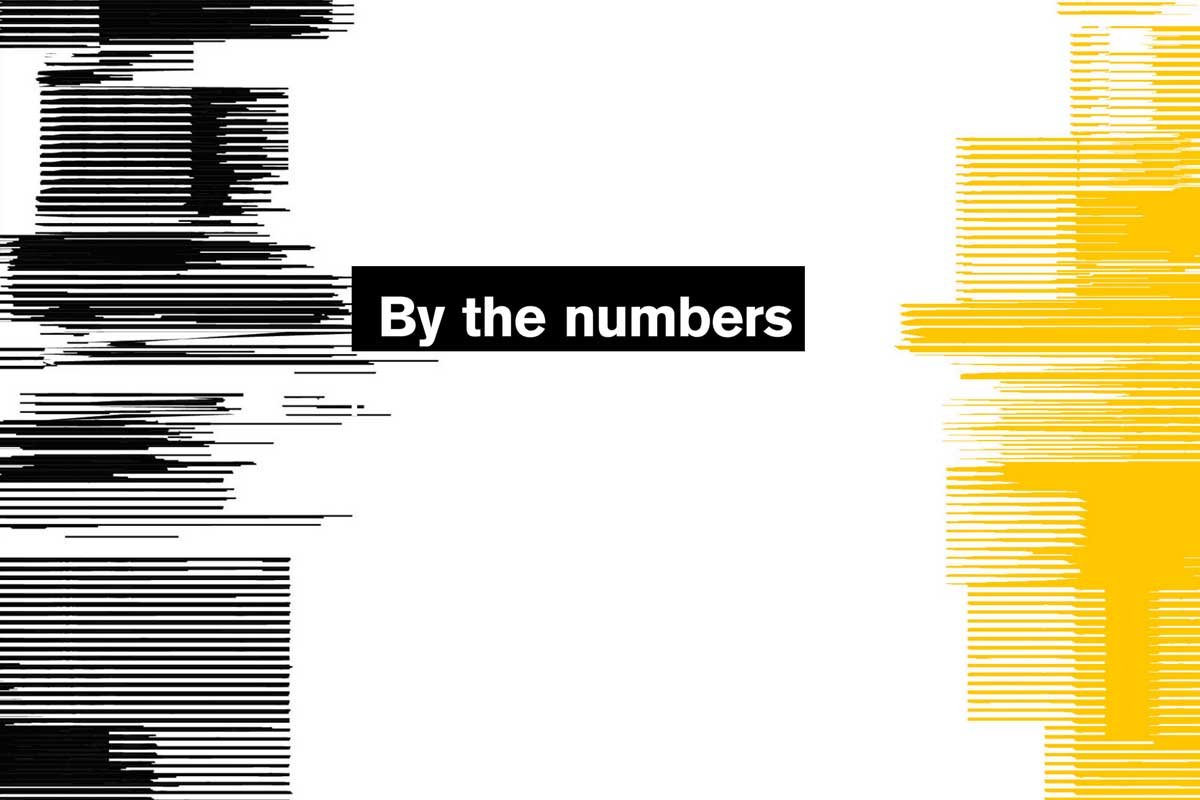

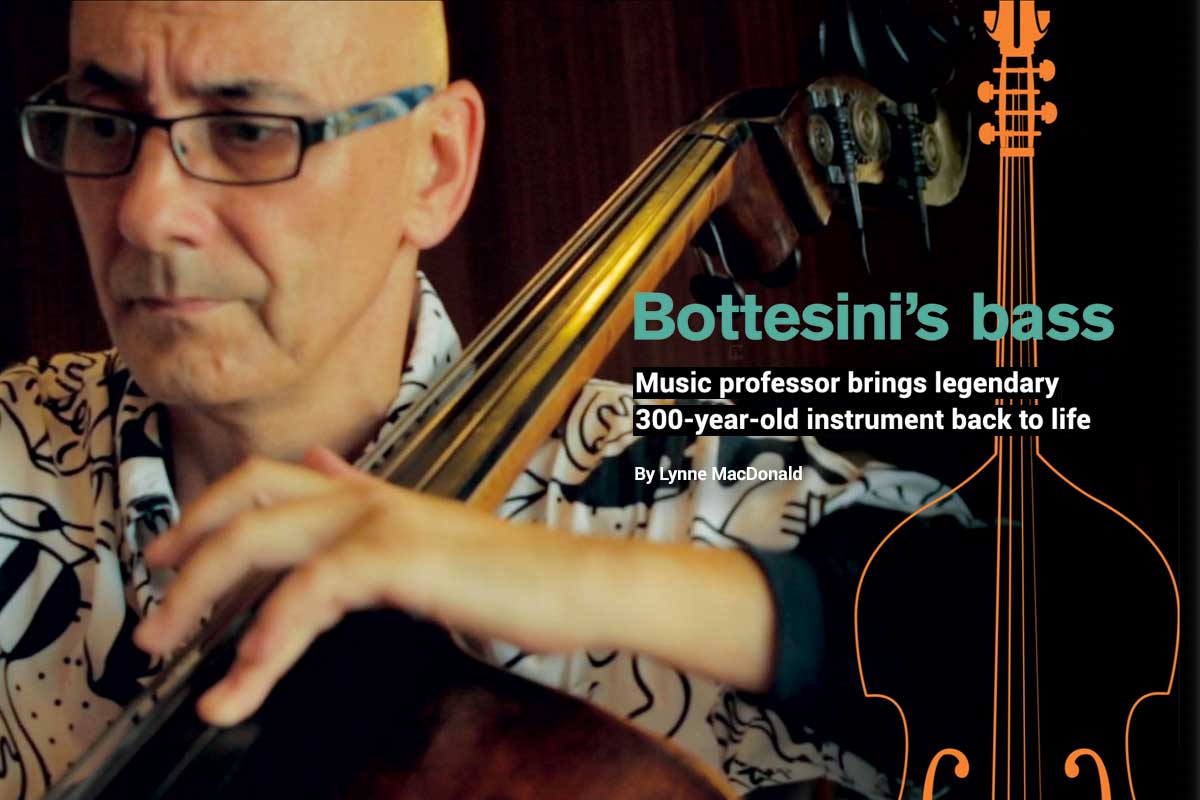
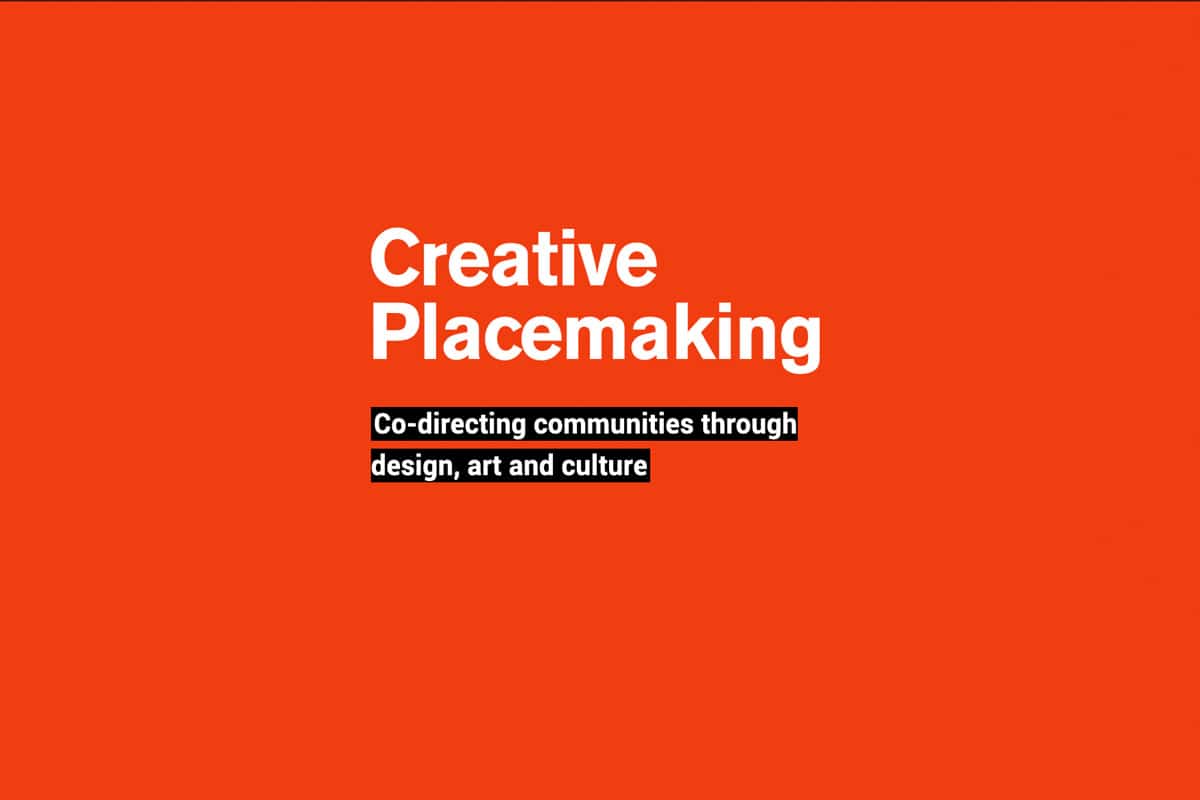
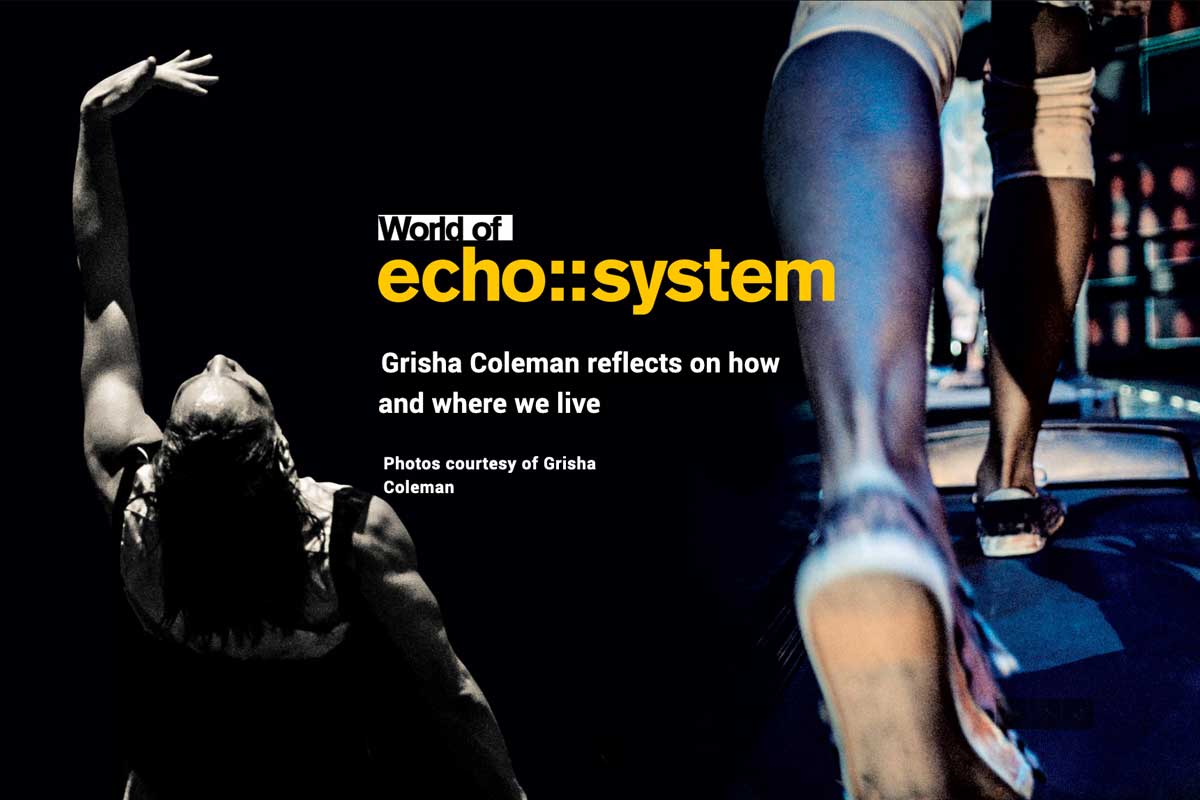


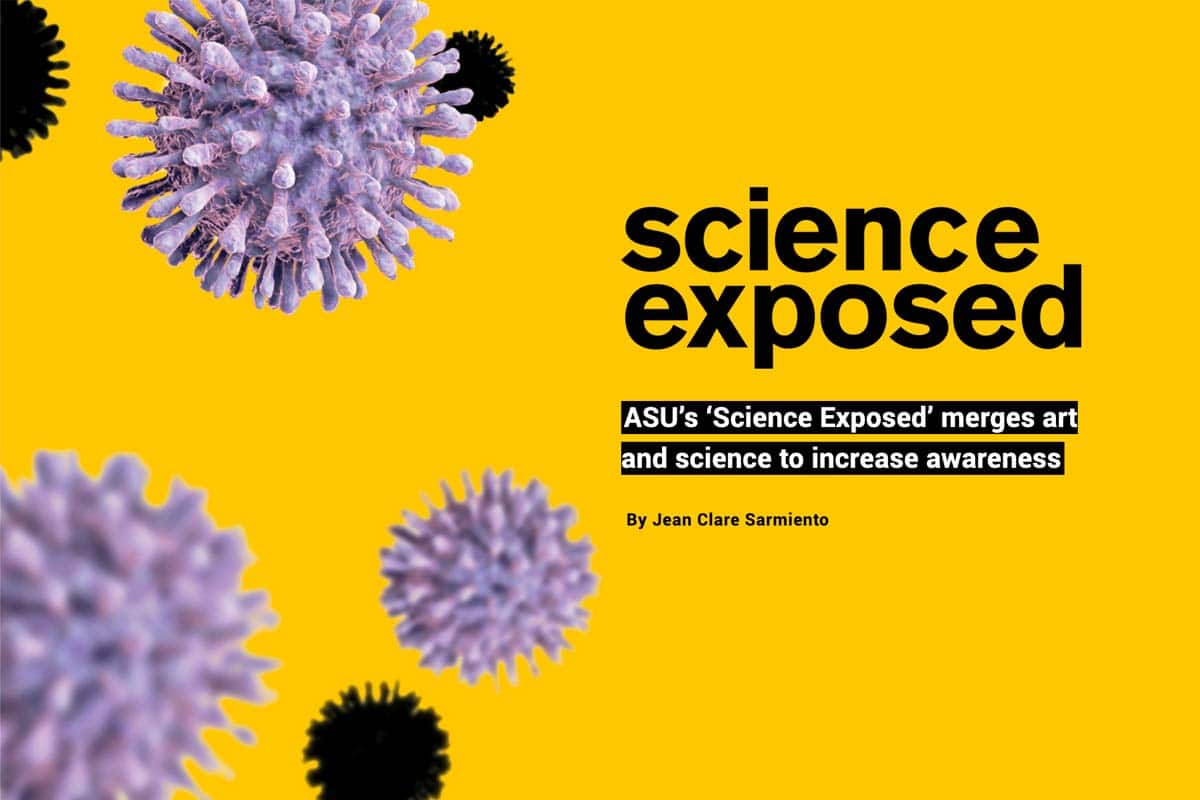

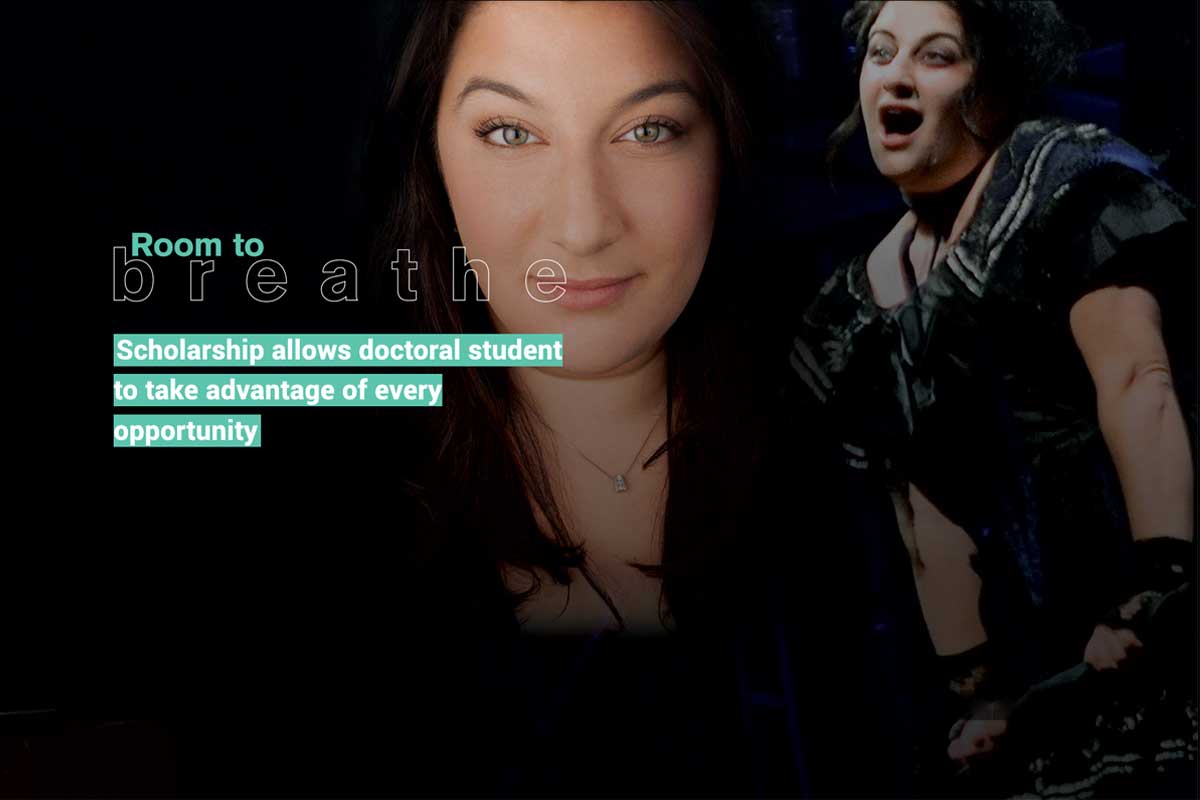
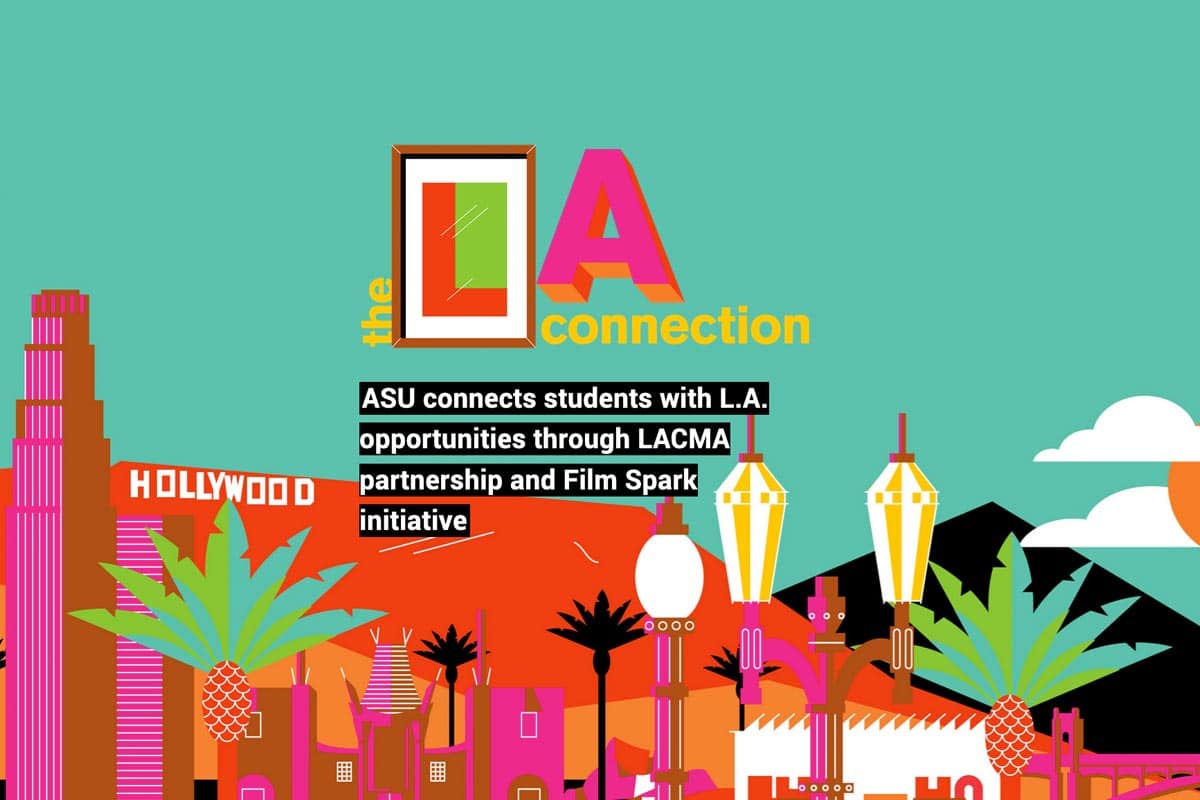
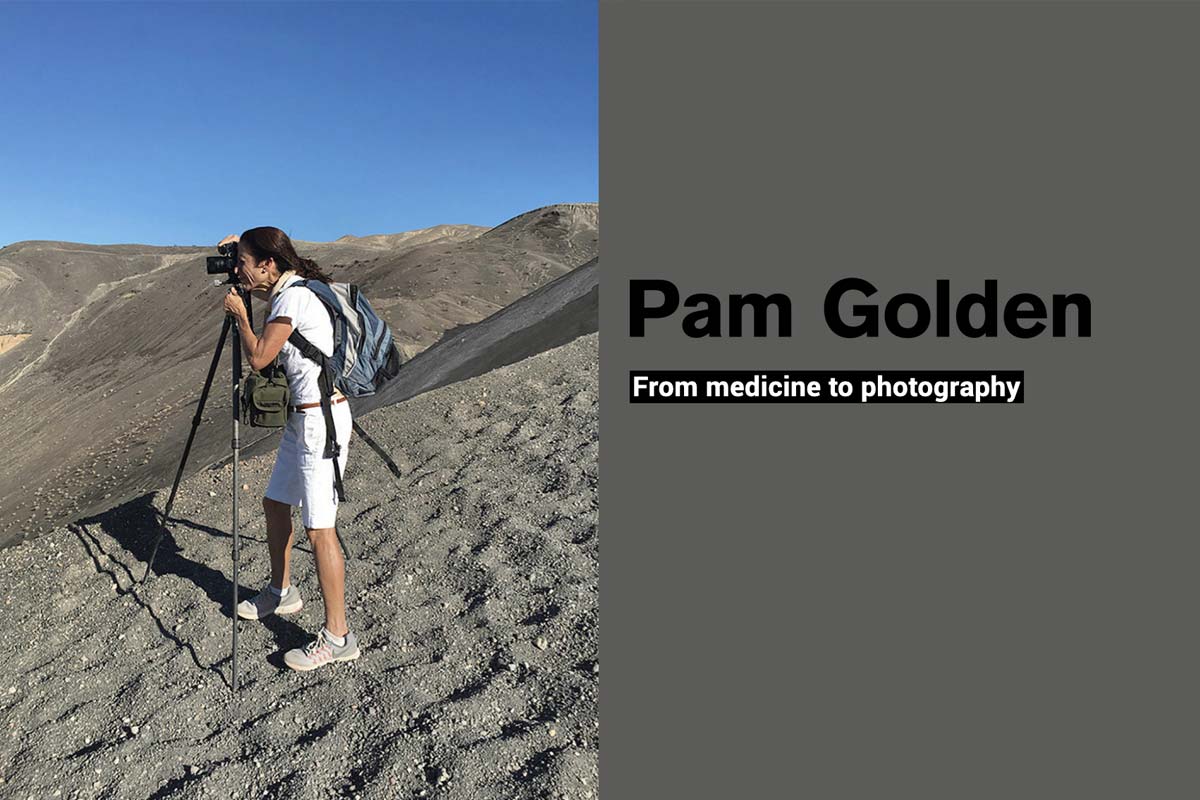
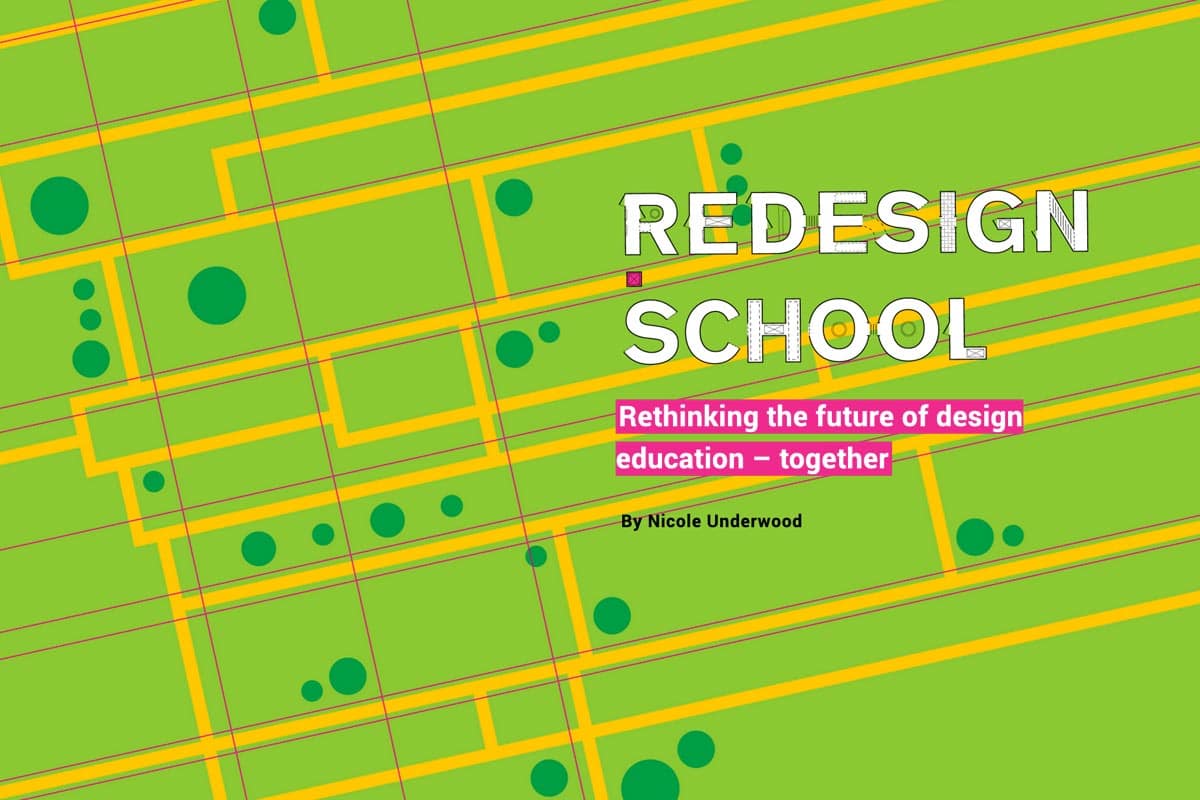
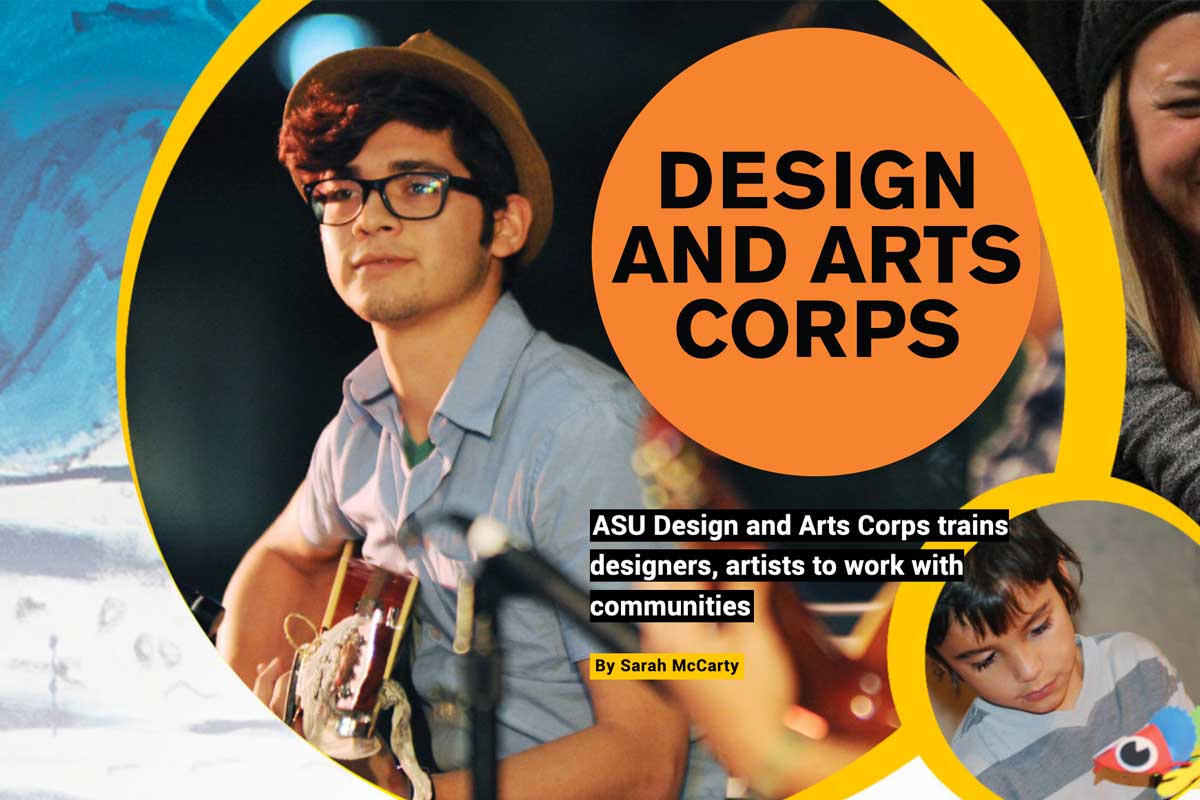
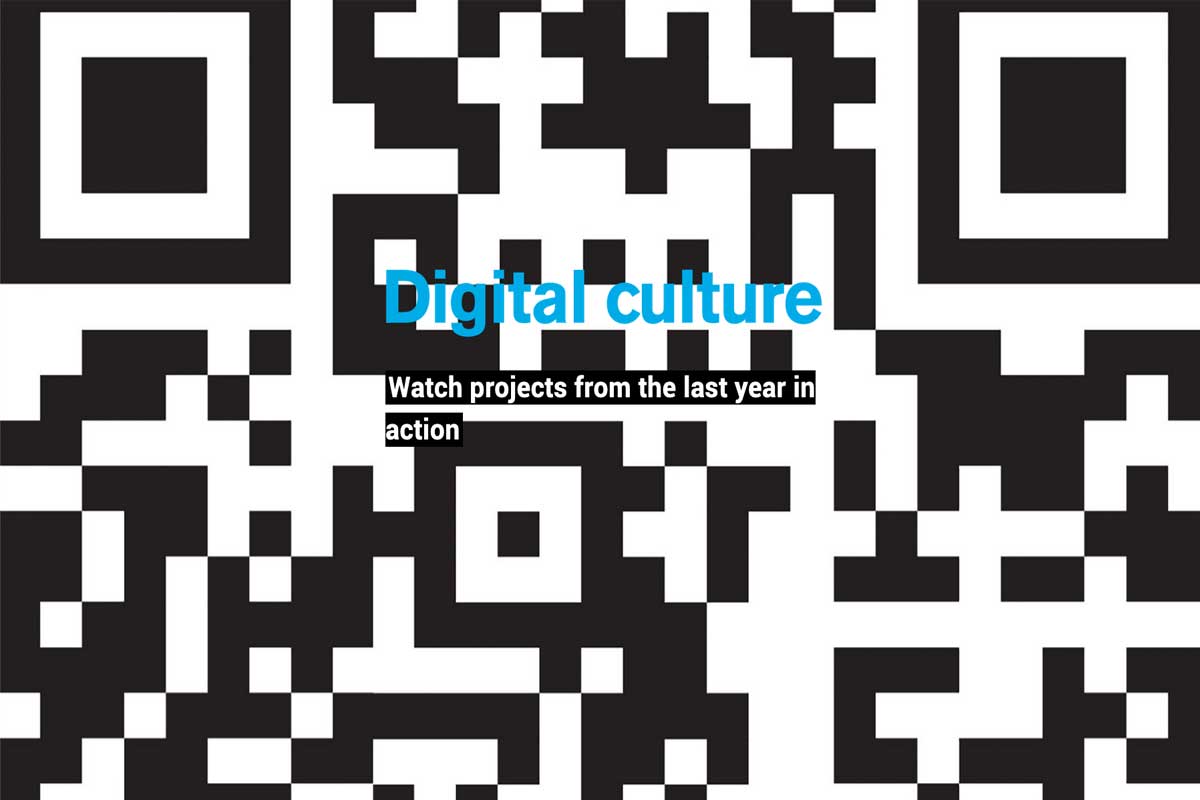

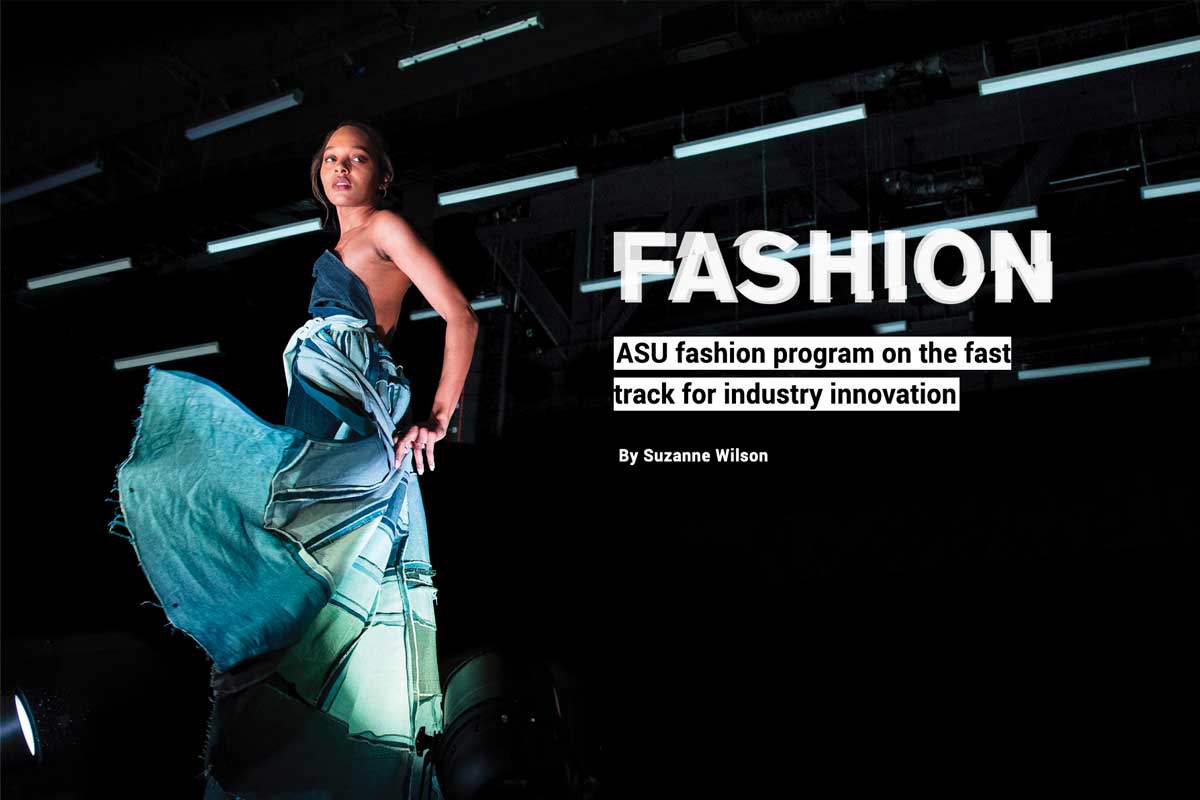


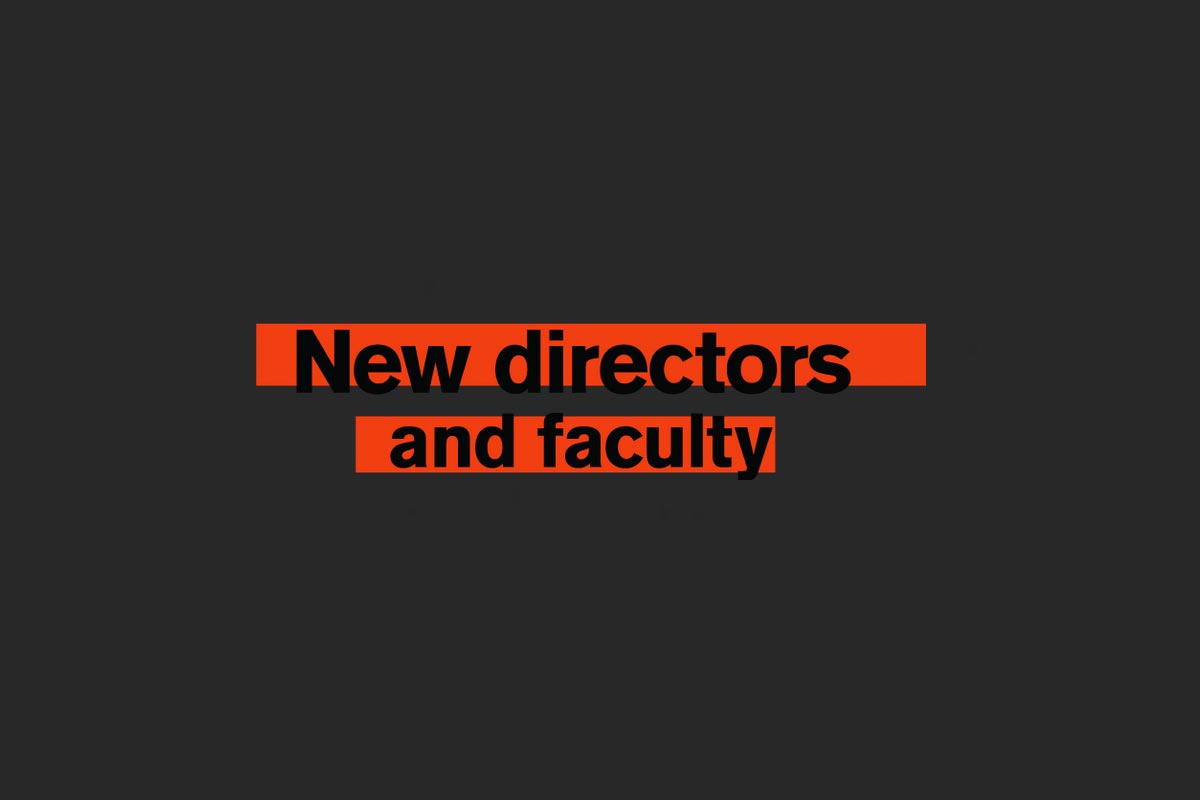
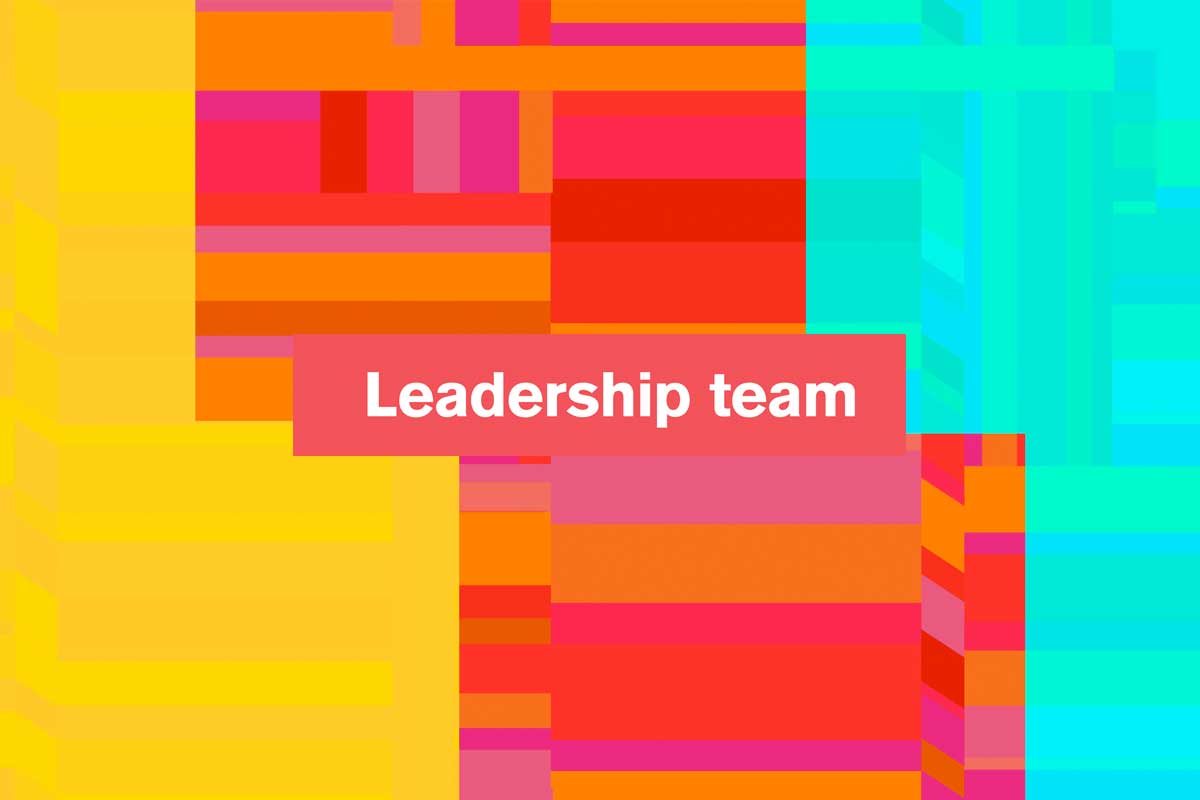

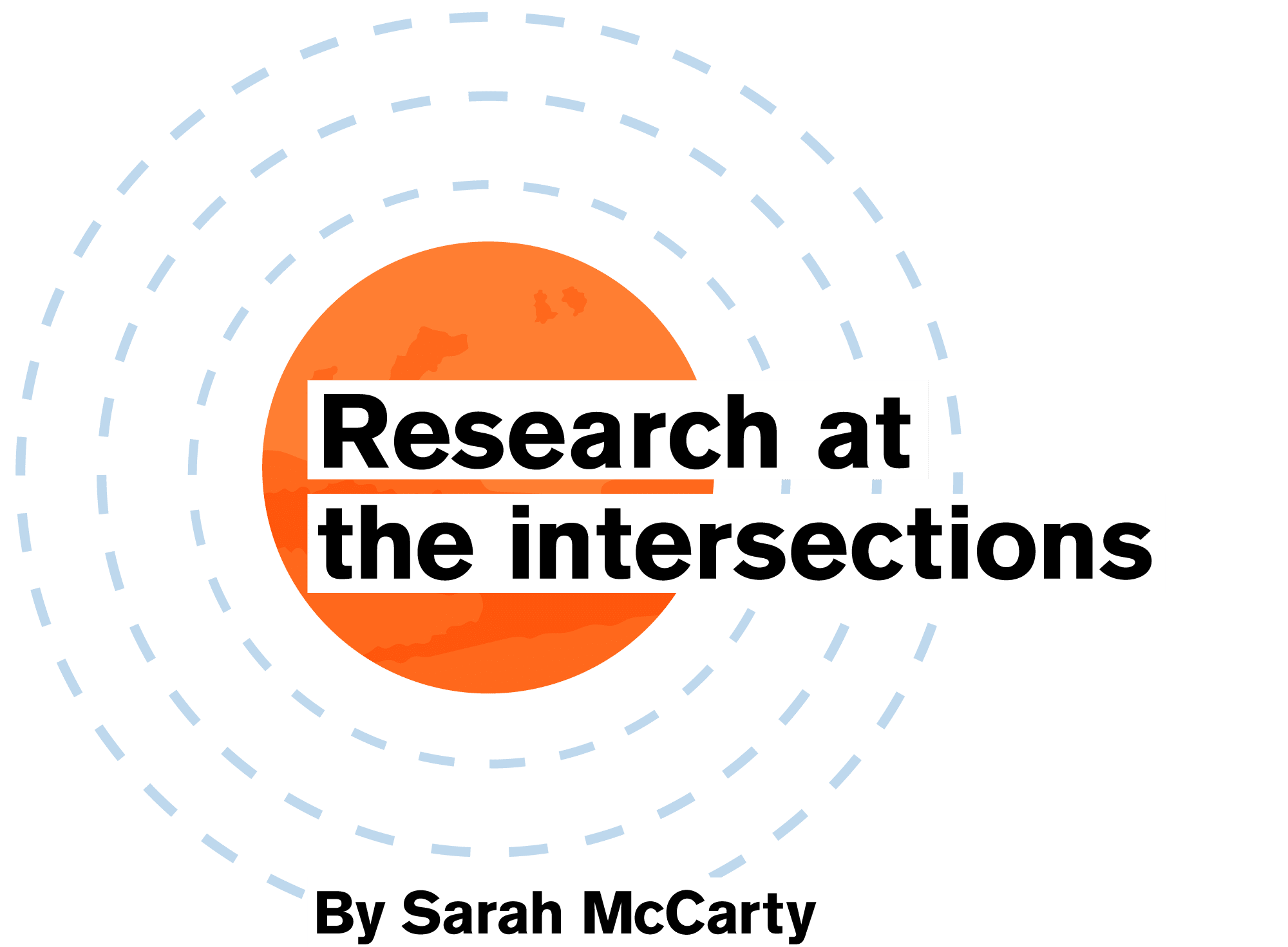

 “Hearing loss is a very serious issue – it is a widespread and growing problem around the globe and affects people of all ages,” she said. “When we pay attention to our sonic environments, we notice that many of them are loud: busy restaurants, streets, sport arenas, etc. Even parks are affected by the sound of ground and air traffic. These loud environments as well as listening to loud music via headphones or earbuds have contributed to the rise of hearing loss – music students are not immune to it.”
“Hearing loss is a very serious issue – it is a widespread and growing problem around the globe and affects people of all ages,” she said. “When we pay attention to our sonic environments, we notice that many of them are loud: busy restaurants, streets, sport arenas, etc. Even parks are affected by the sound of ground and air traffic. These loud environments as well as listening to loud music via headphones or earbuds have contributed to the rise of hearing loss – music students are not immune to it.” Dean Bacalzo, assistant professor of industrial design in The Design School, joins principal investigator Floris Wardenaar, associate professor of nutrition in Health Solutions, for another project, which will look at the development of a hydration self-assessment system for student athletes. They aim to create a reliable, cost-effective urine color system for athletes to self-assess their hydration levels. Current methods for assessing hydration are cumbersome, inconvenient and non-standardized. Combining user-friendly design principles with field research will advance the use of this method to assess factors that affect athletic performance.
Dean Bacalzo, assistant professor of industrial design in The Design School, joins principal investigator Floris Wardenaar, associate professor of nutrition in Health Solutions, for another project, which will look at the development of a hydration self-assessment system for student athletes. They aim to create a reliable, cost-effective urine color system for athletes to self-assess their hydration levels. Current methods for assessing hydration are cumbersome, inconvenient and non-standardized. Combining user-friendly design principles with field research will advance the use of this method to assess factors that affect athletic performance. The third project to receive funding explores how to enhance health and well-being on the job. The team is led by Dosun Shin, associate professor of industrial design, and includes Arts, Media and Engineering faculty Assegid Kidane, Pavan Turaga and Todd Ingalls and Health Solutions’ Matthew Buman. Research studies associating sedentary behavior with numerous chronic physical ailments inspired a collaboration to create a new type of desk for employees whose work requires them to sit for prolonged periods. Embedded sensors will assess posture and sit-to-stand efficiency and will issue prompts to increase standing behavior. Users will get feedback about their movements through unobtrusive displays as well as light and sound cues.
The third project to receive funding explores how to enhance health and well-being on the job. The team is led by Dosun Shin, associate professor of industrial design, and includes Arts, Media and Engineering faculty Assegid Kidane, Pavan Turaga and Todd Ingalls and Health Solutions’ Matthew Buman. Research studies associating sedentary behavior with numerous chronic physical ailments inspired a collaboration to create a new type of desk for employees whose work requires them to sit for prolonged periods. Embedded sensors will assess posture and sit-to-stand efficiency and will issue prompts to increase standing behavior. Users will get feedback about their movements through unobtrusive displays as well as light and sound cues.